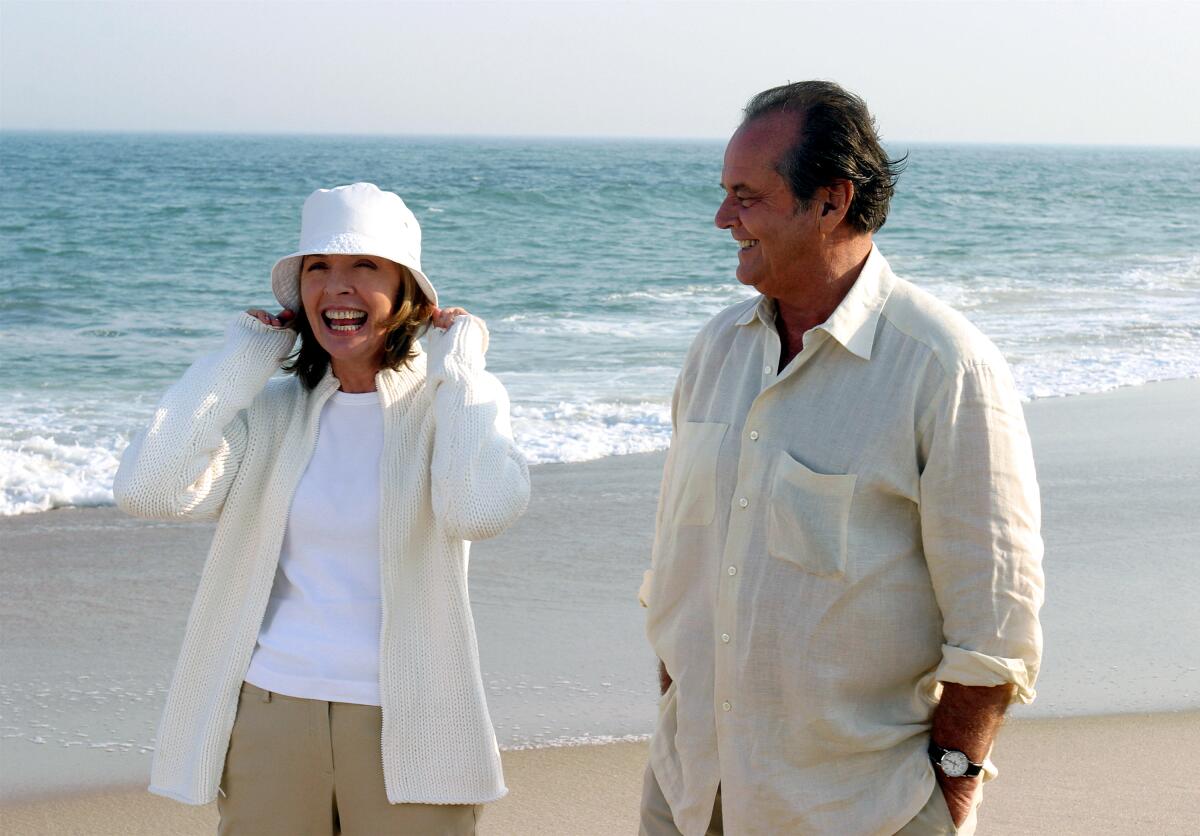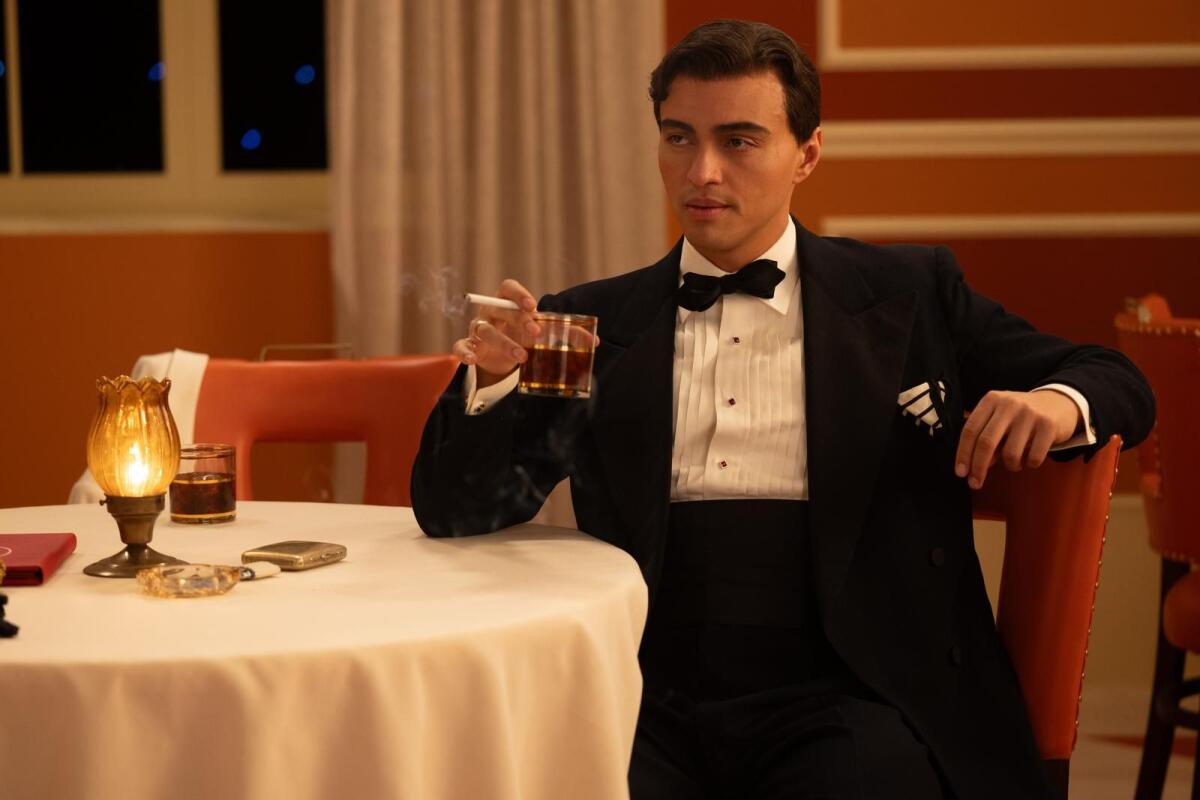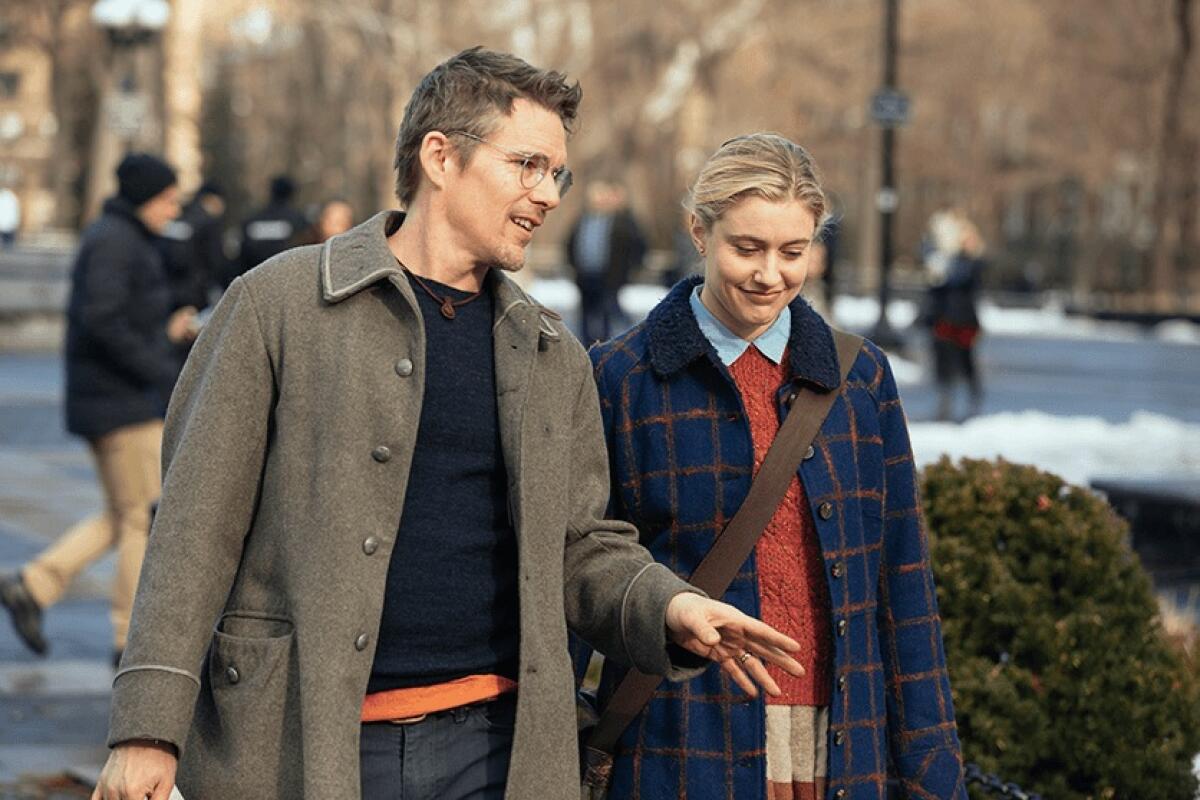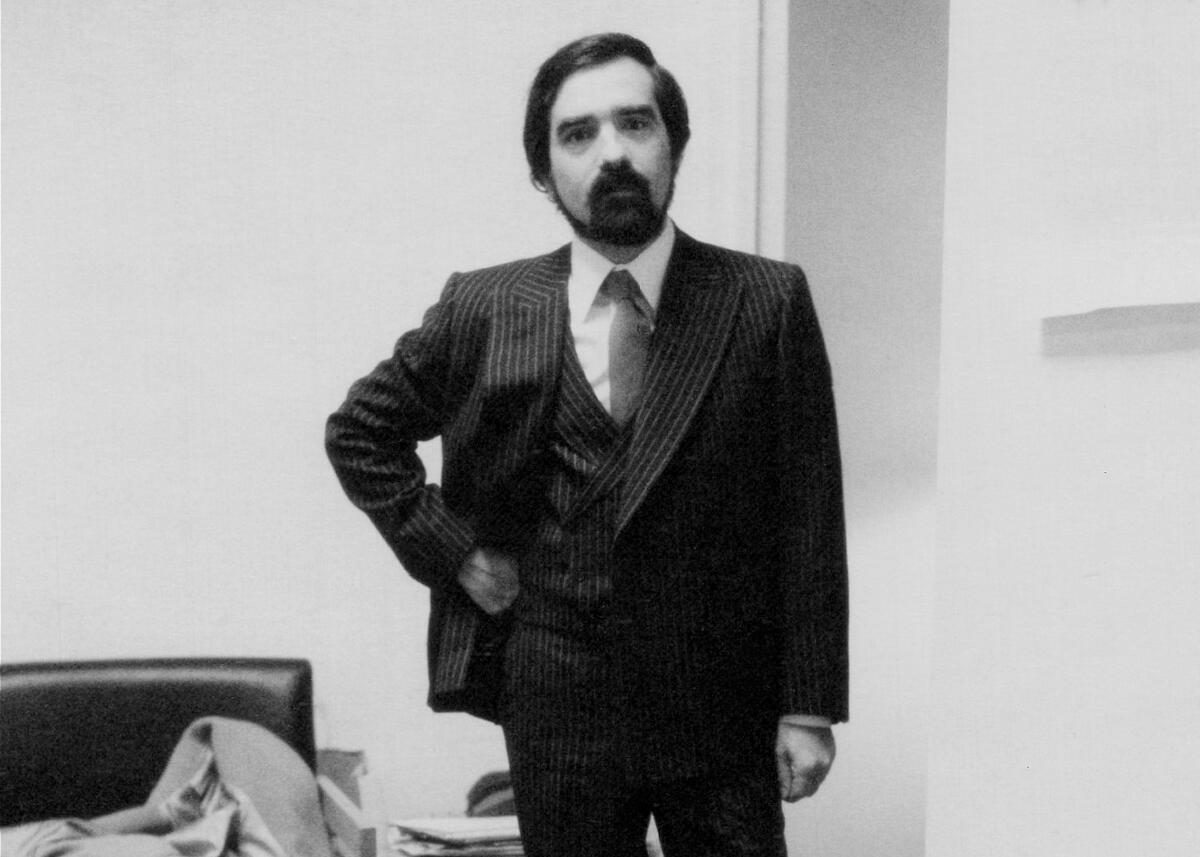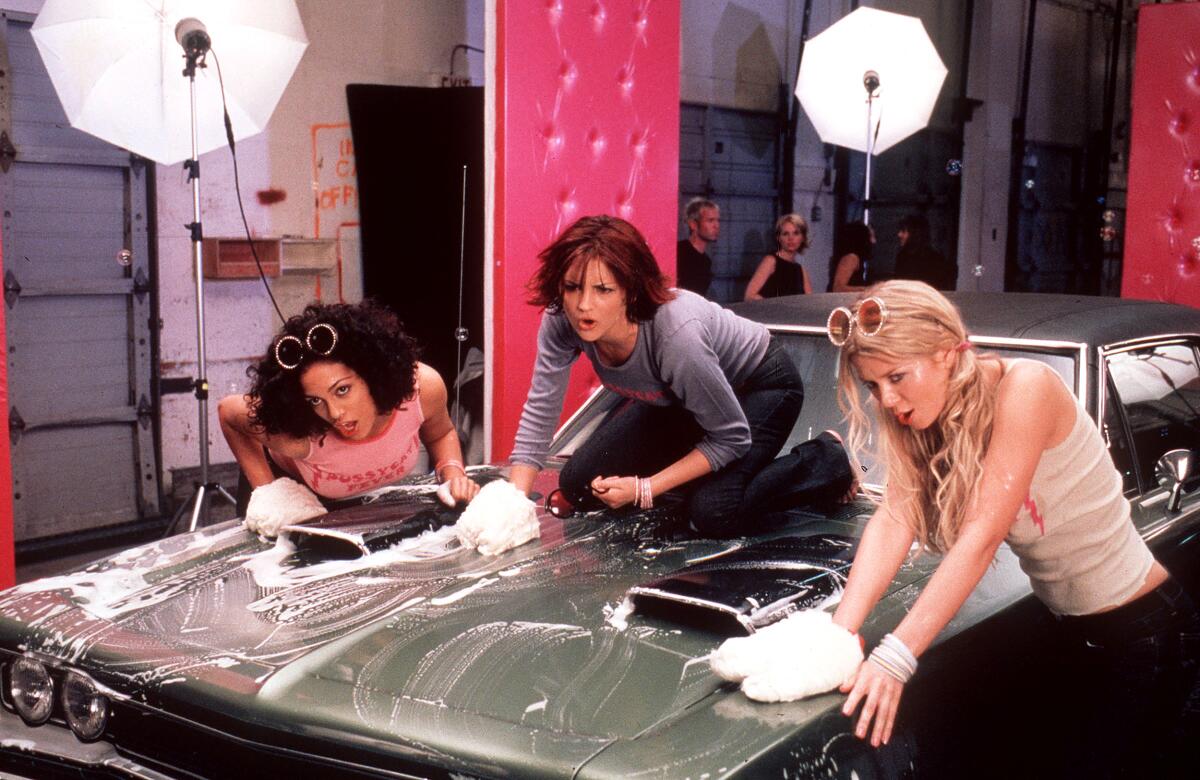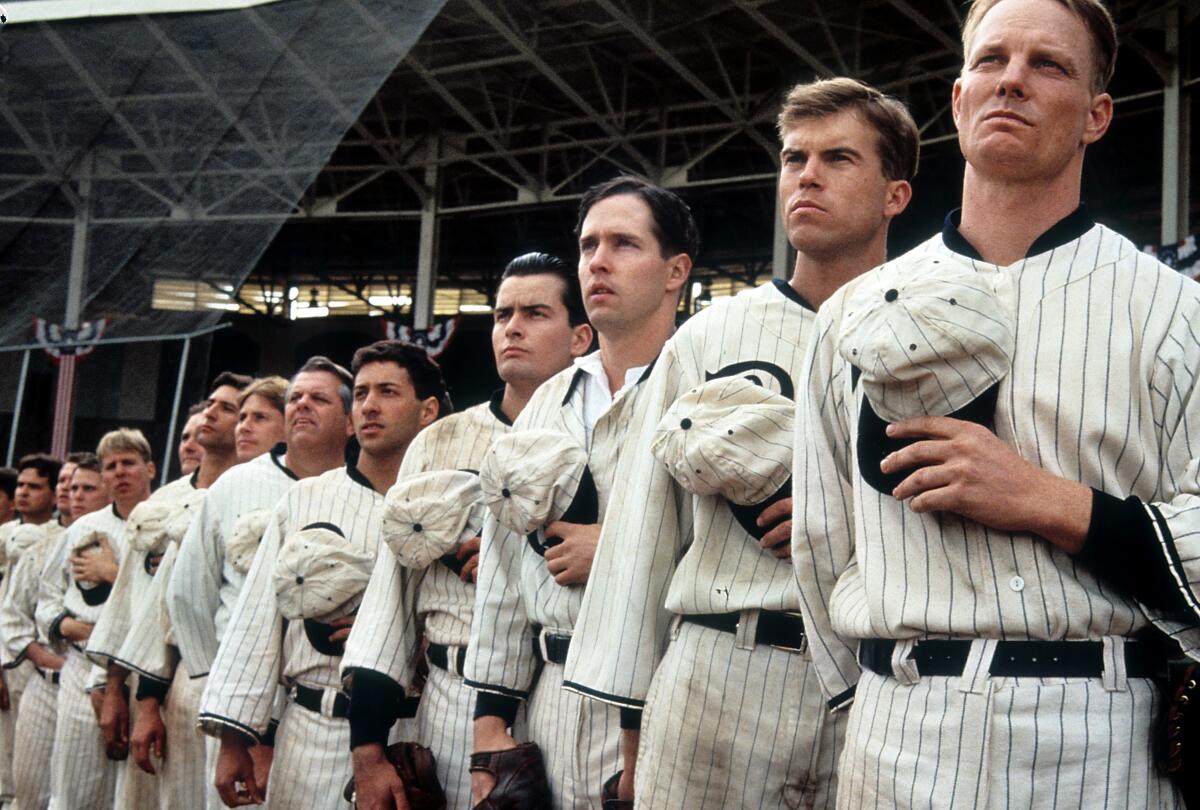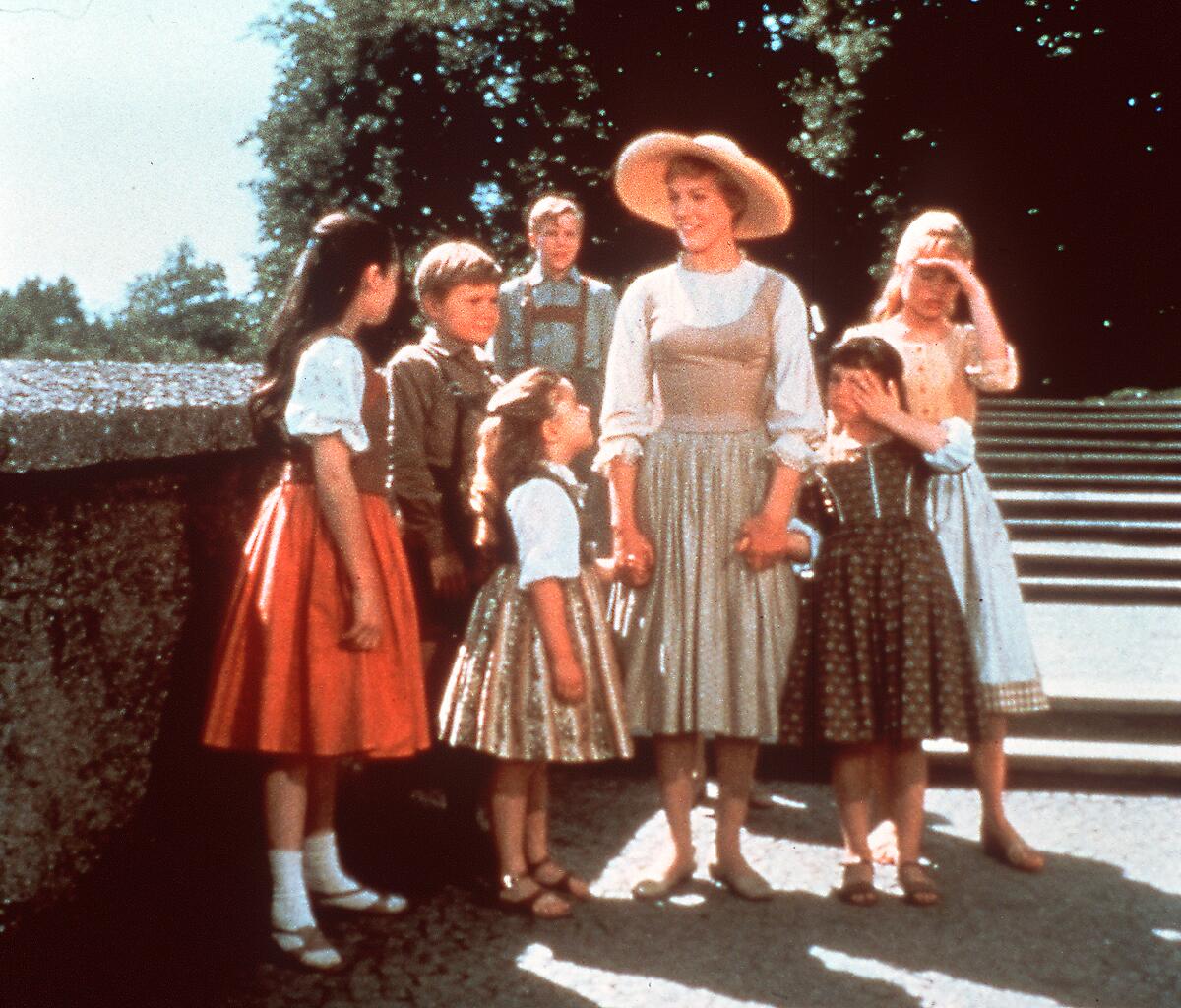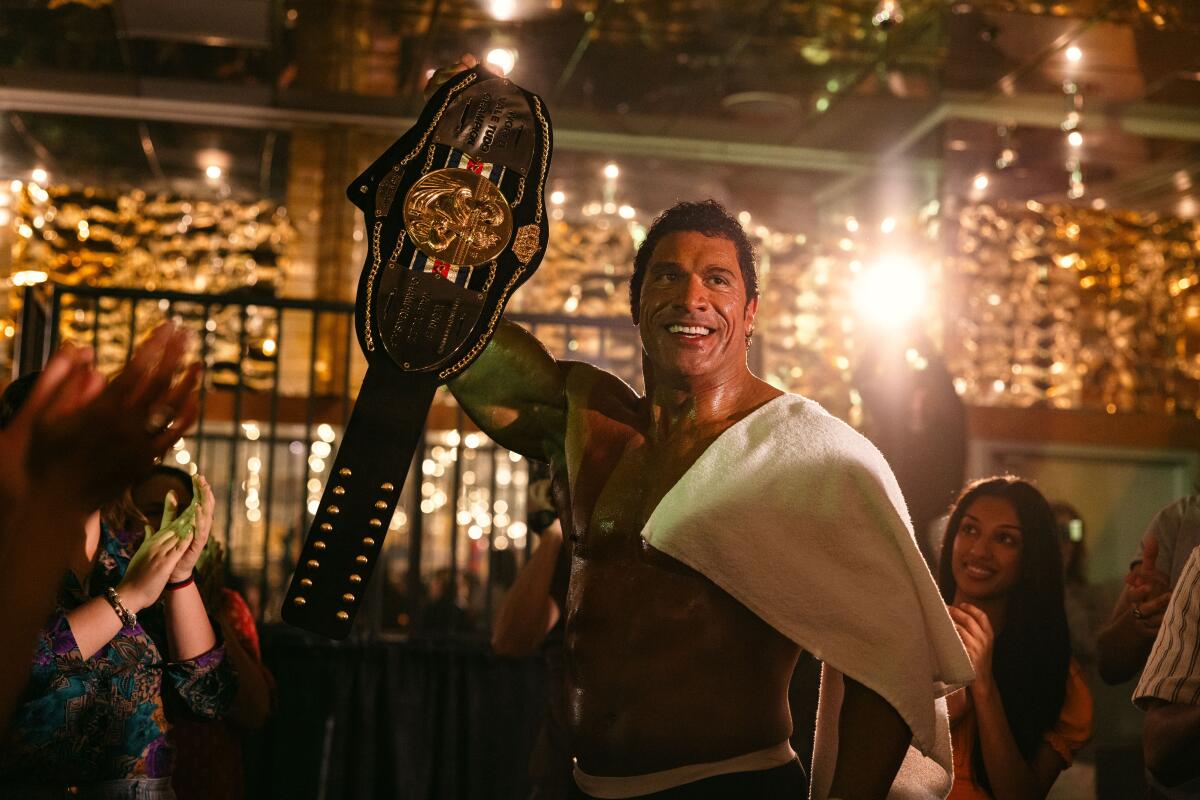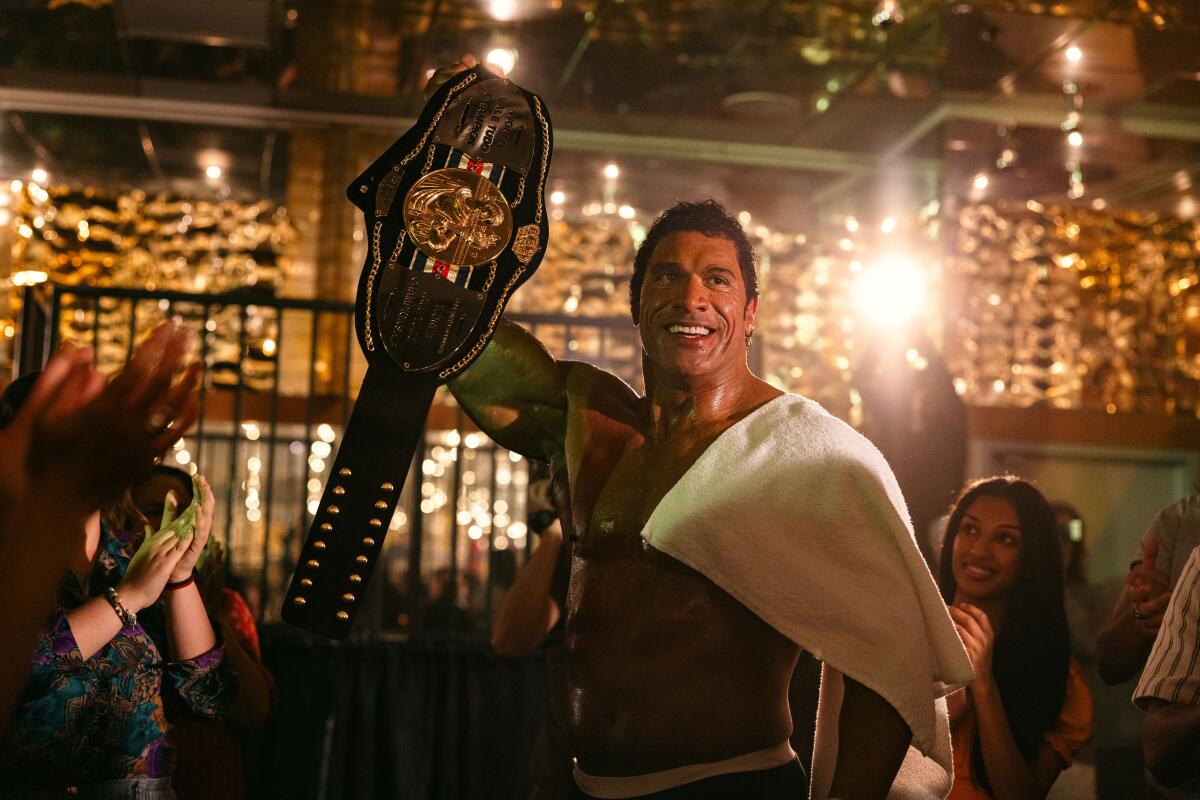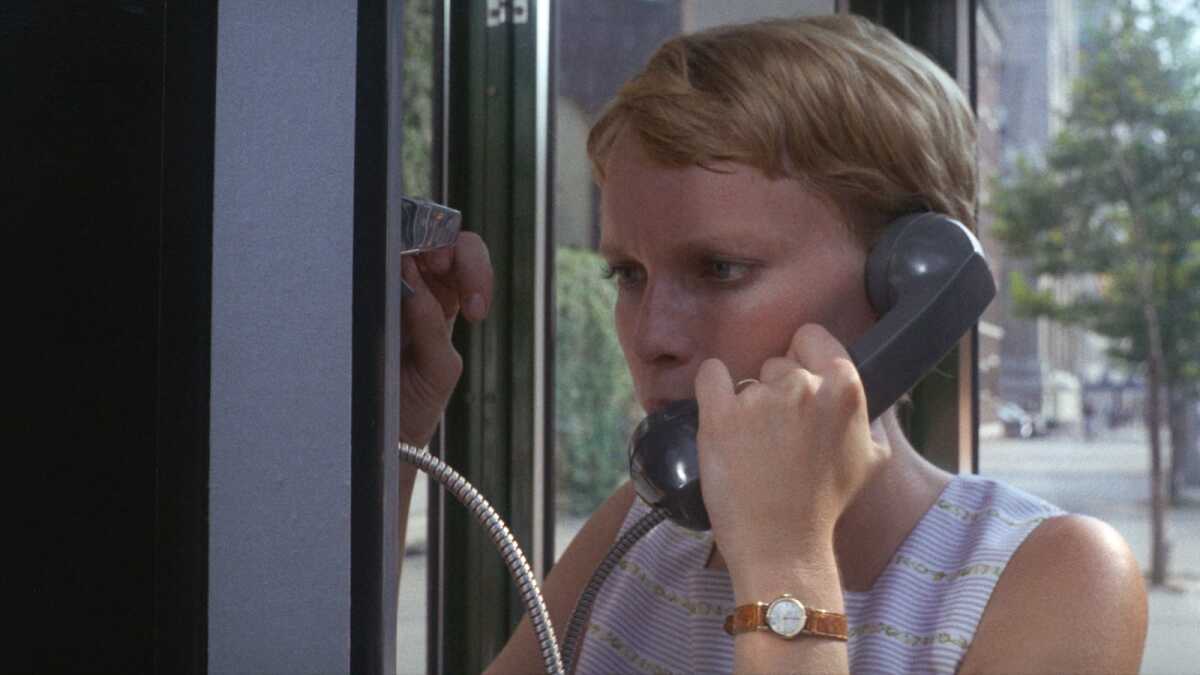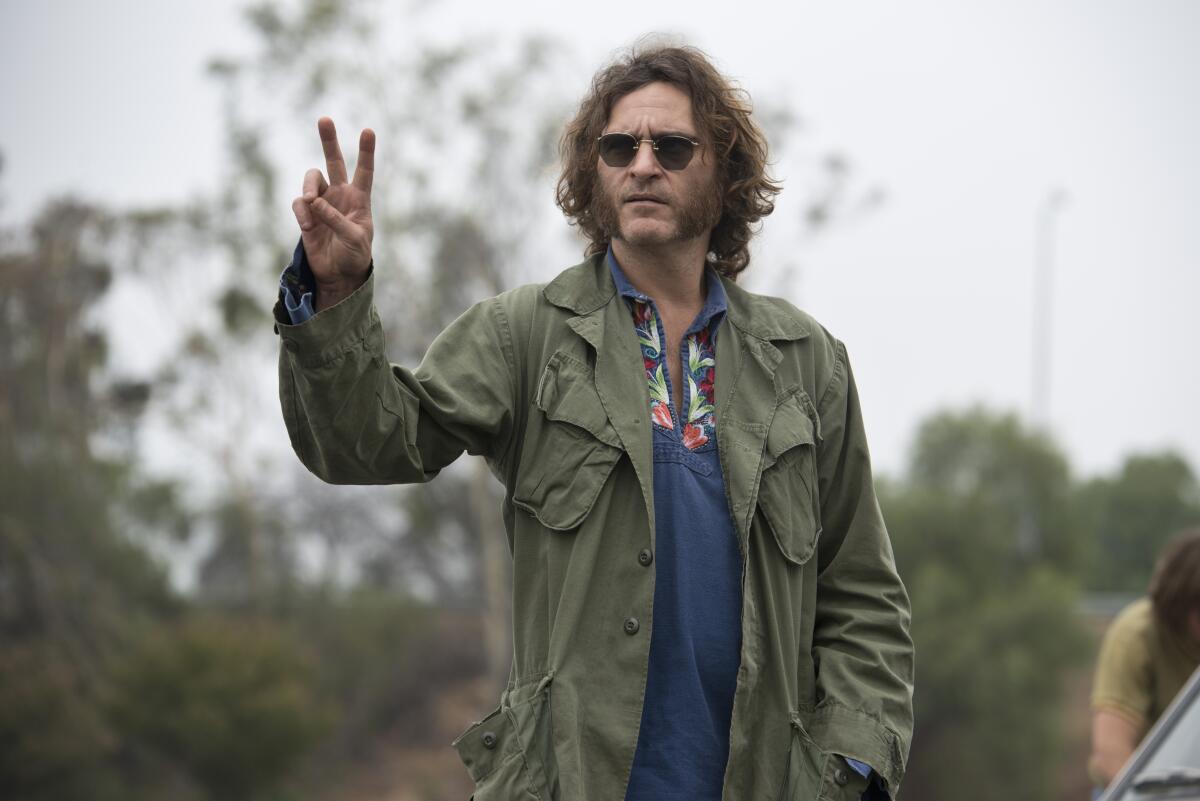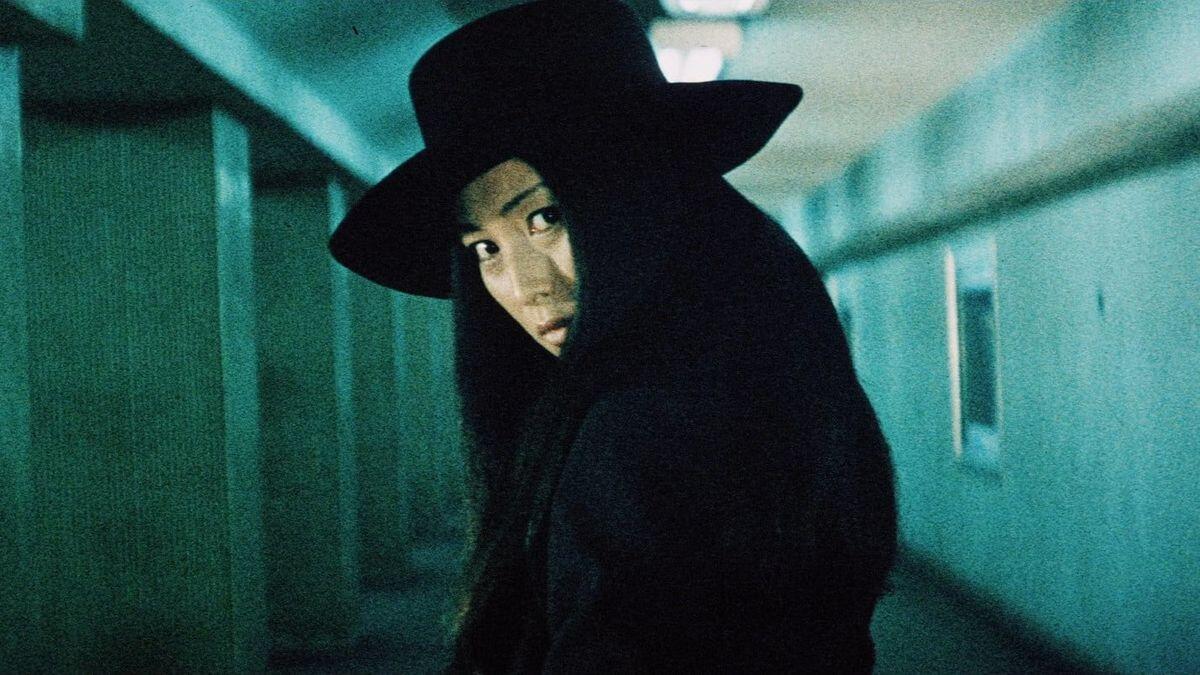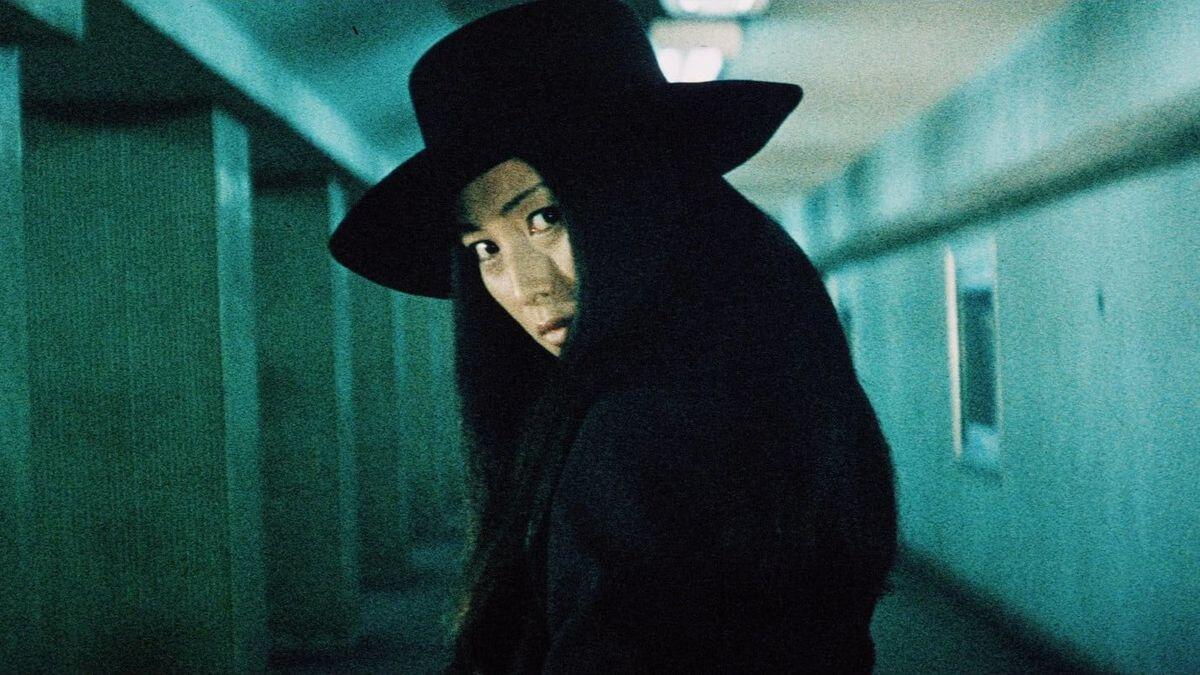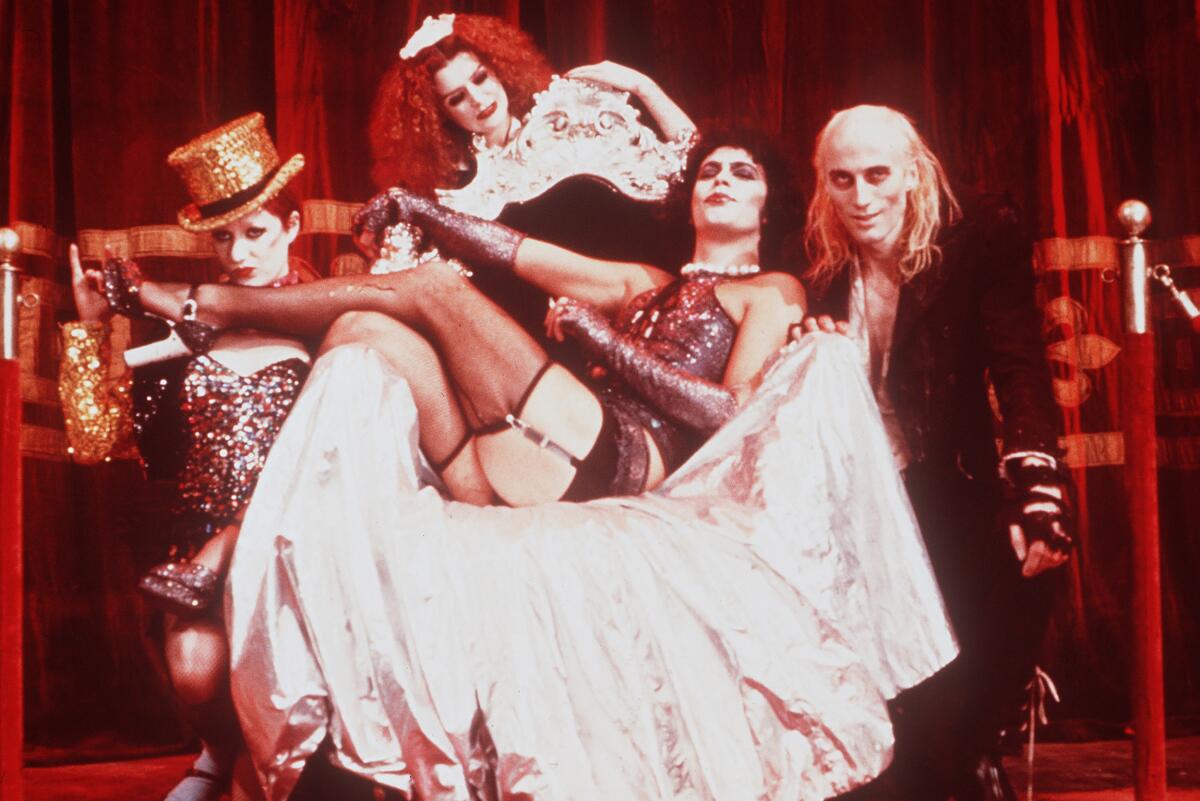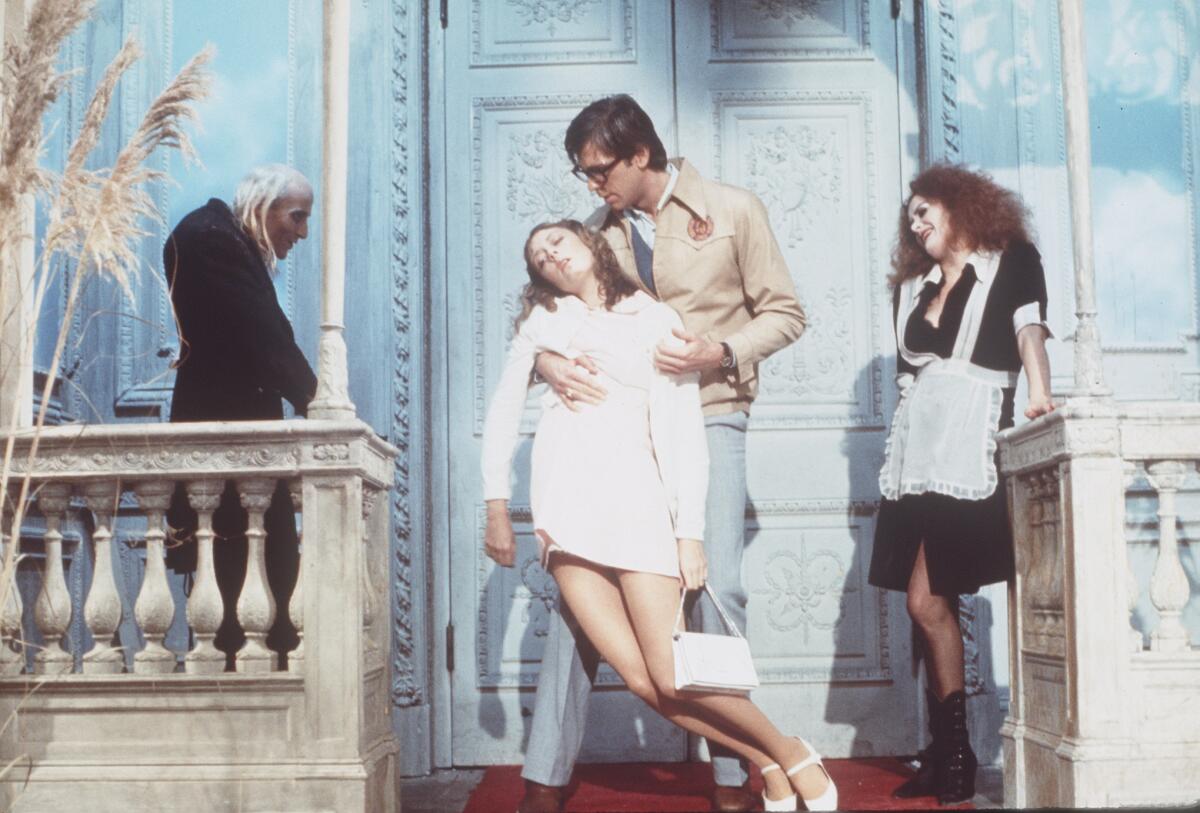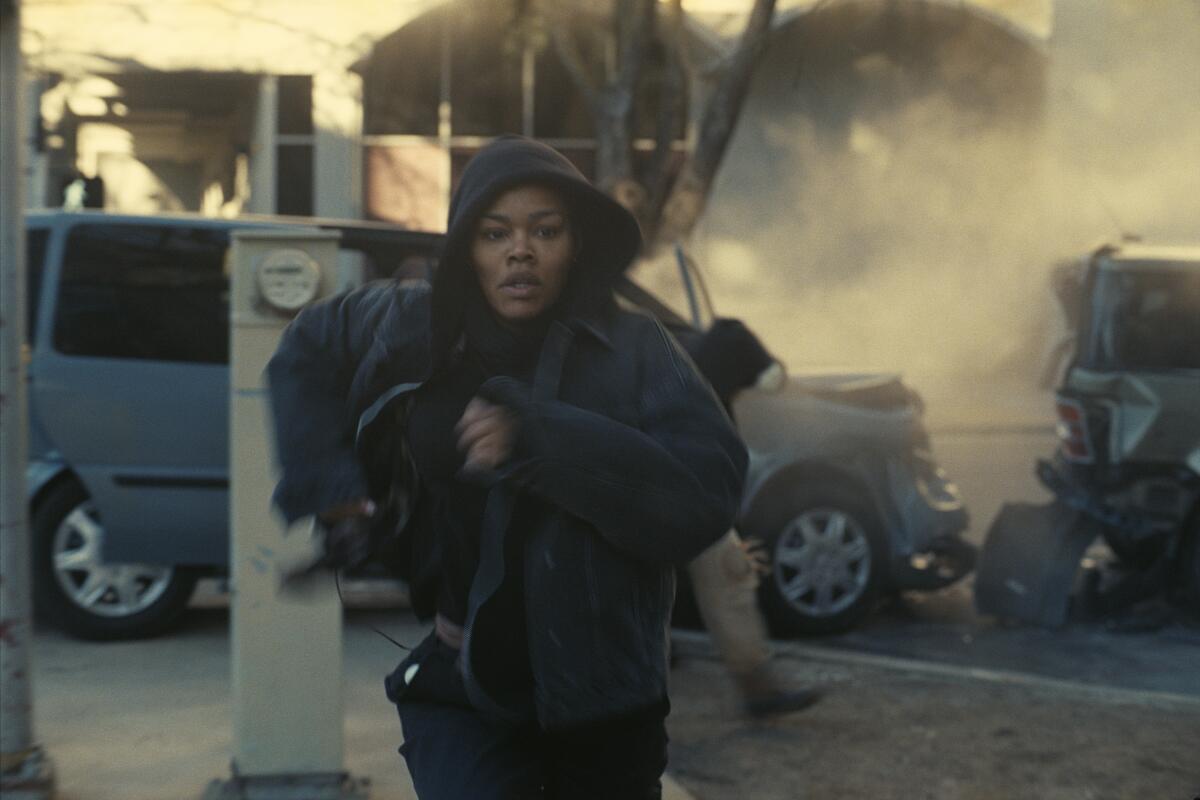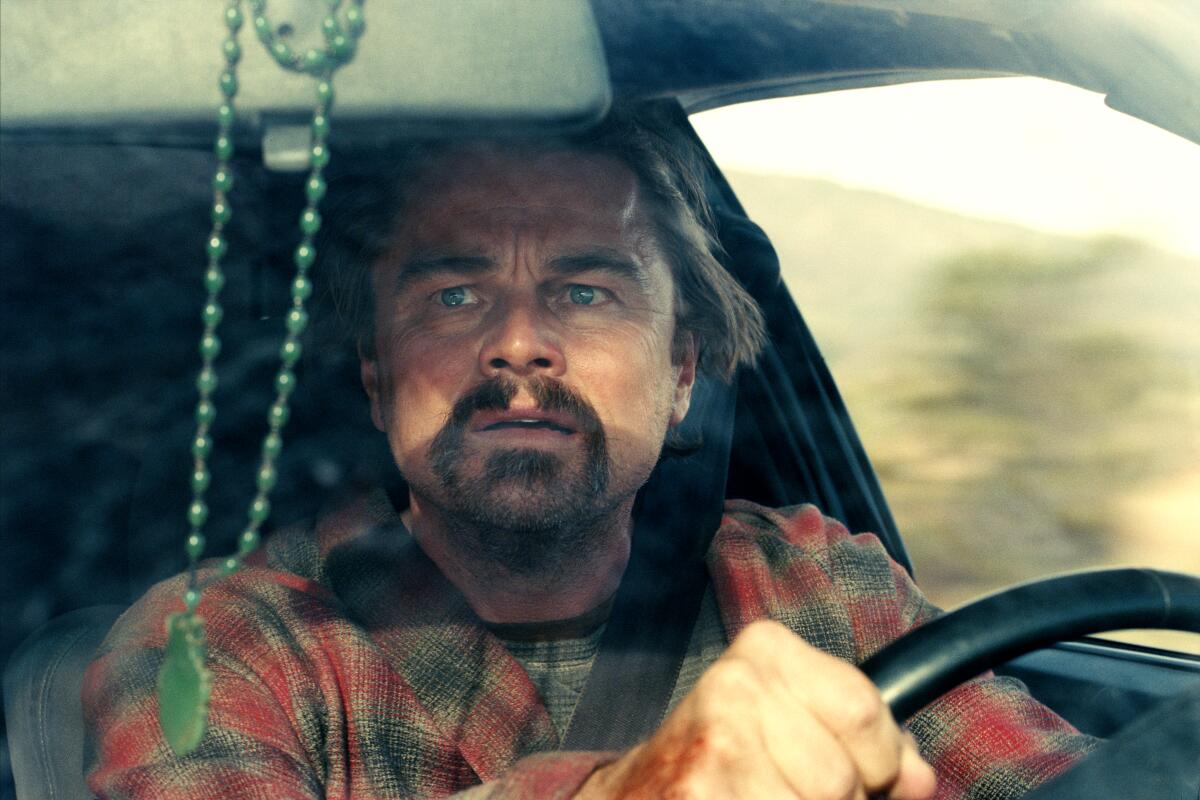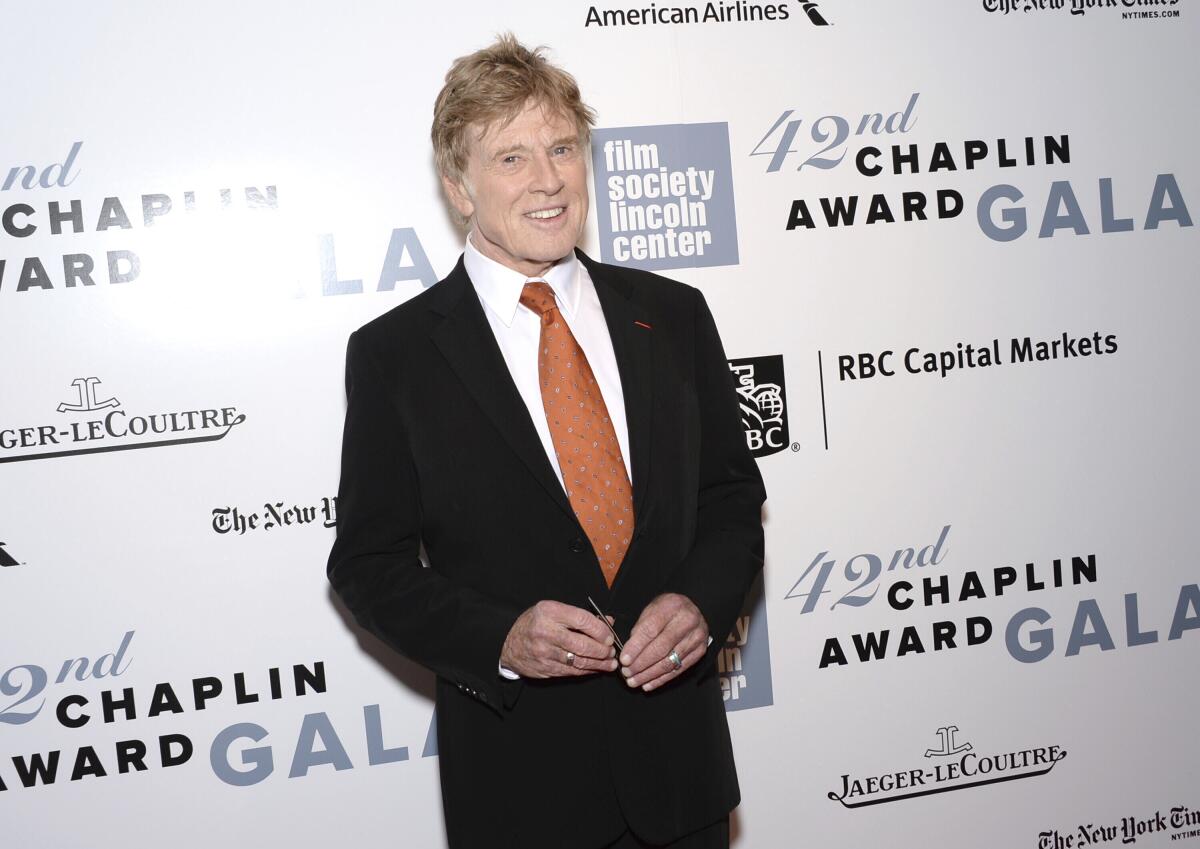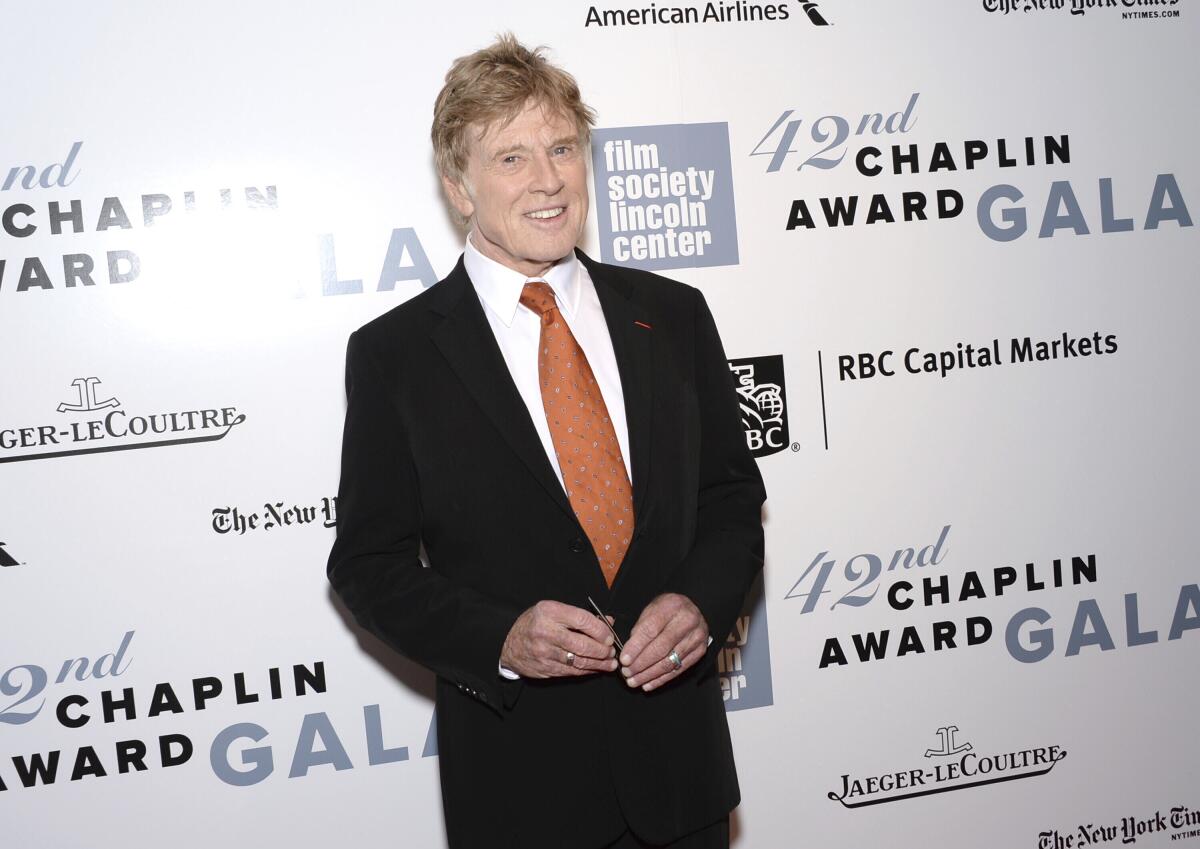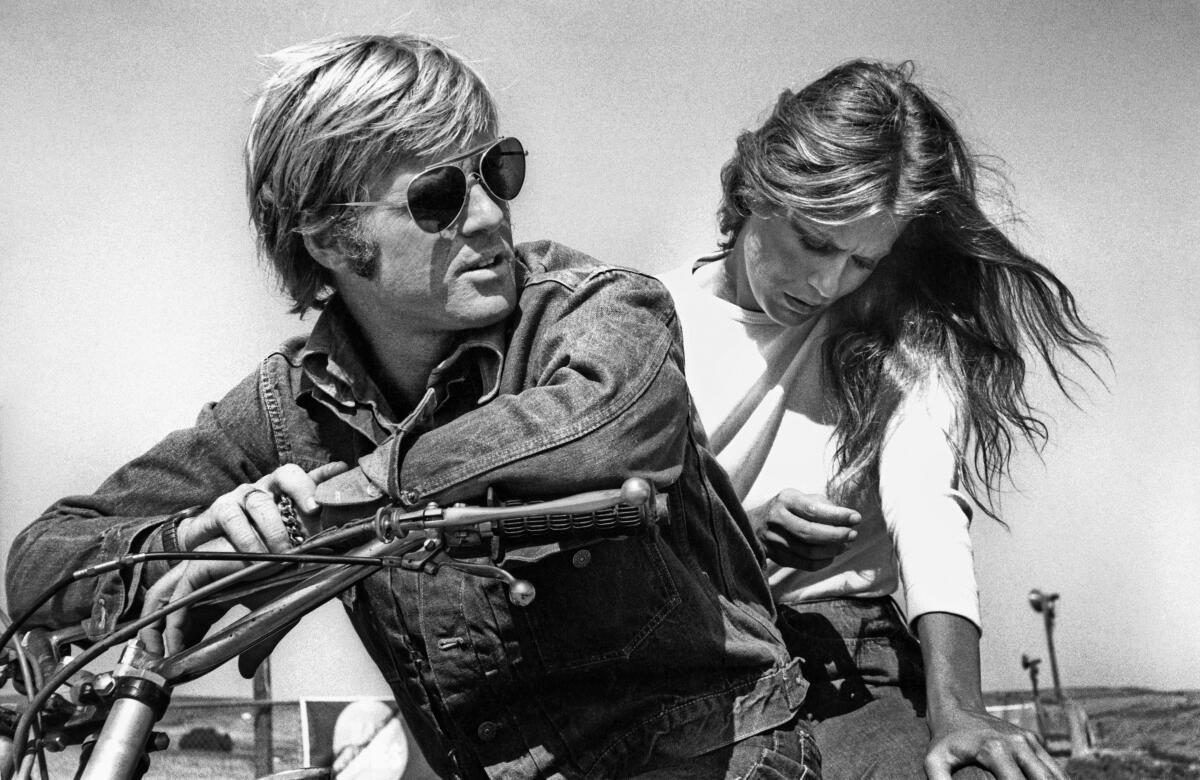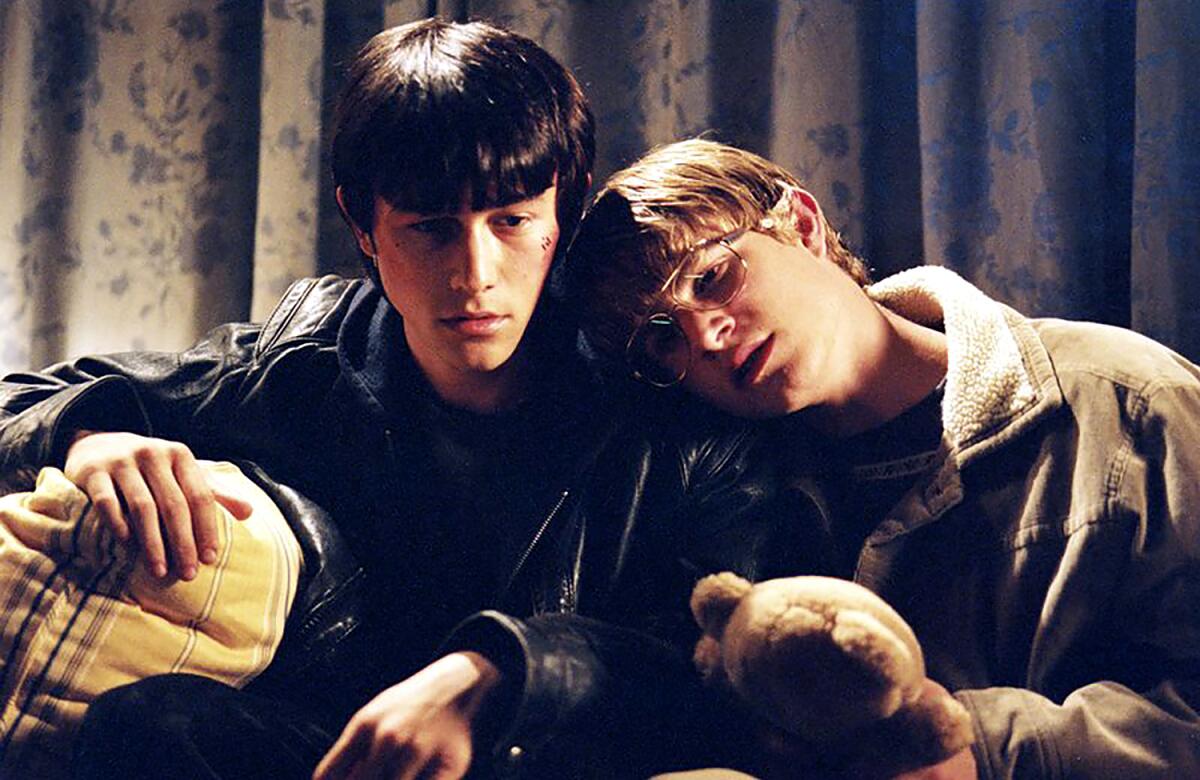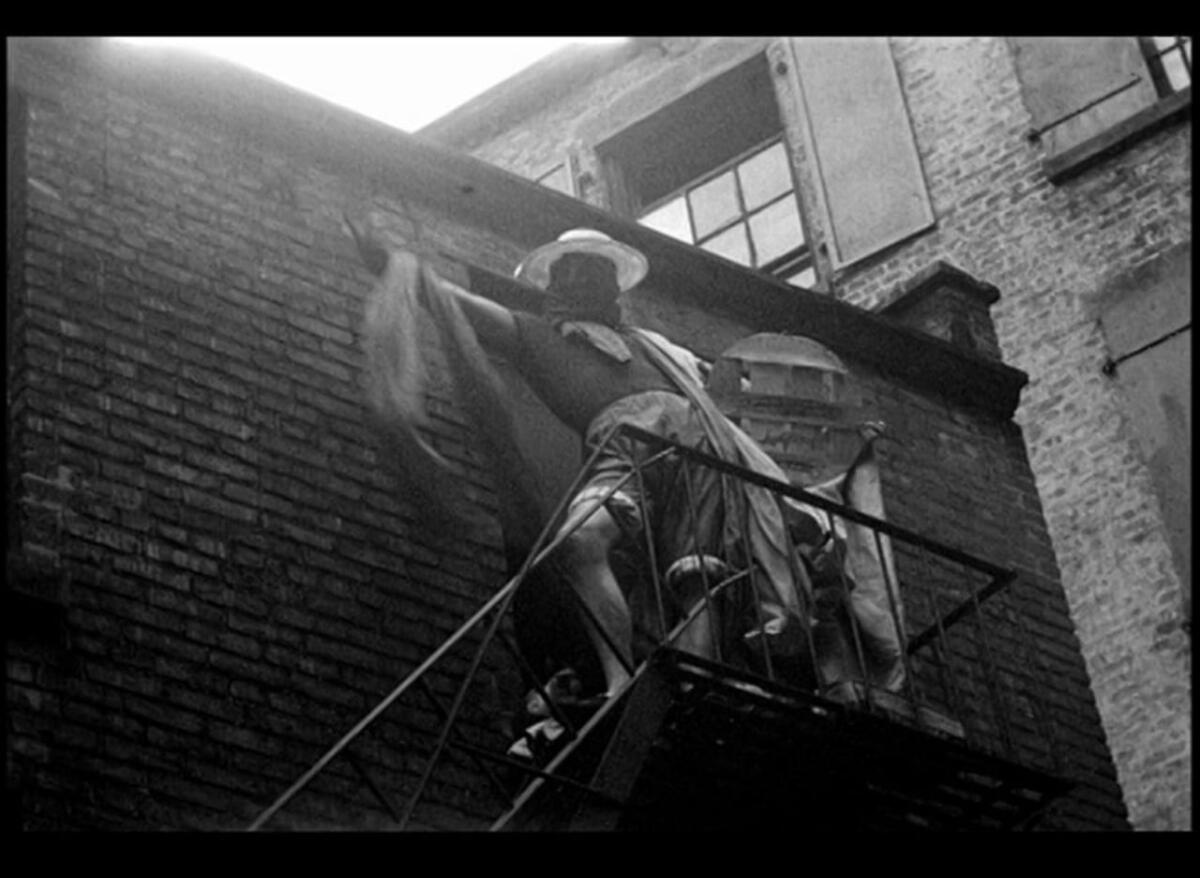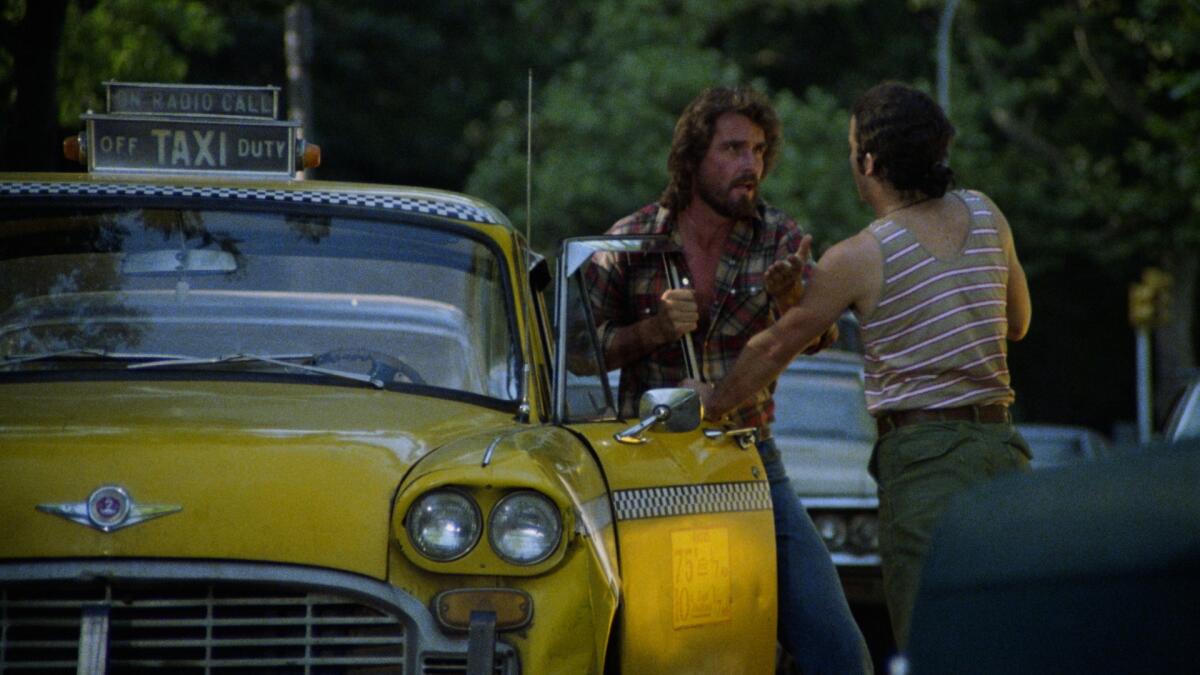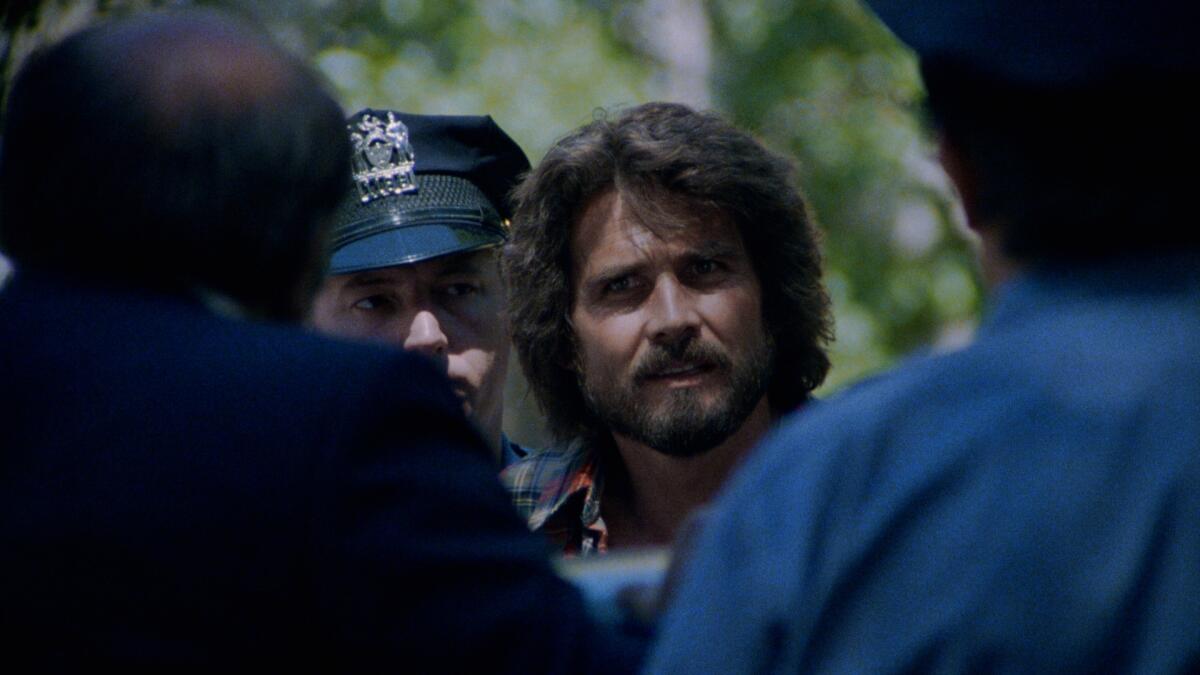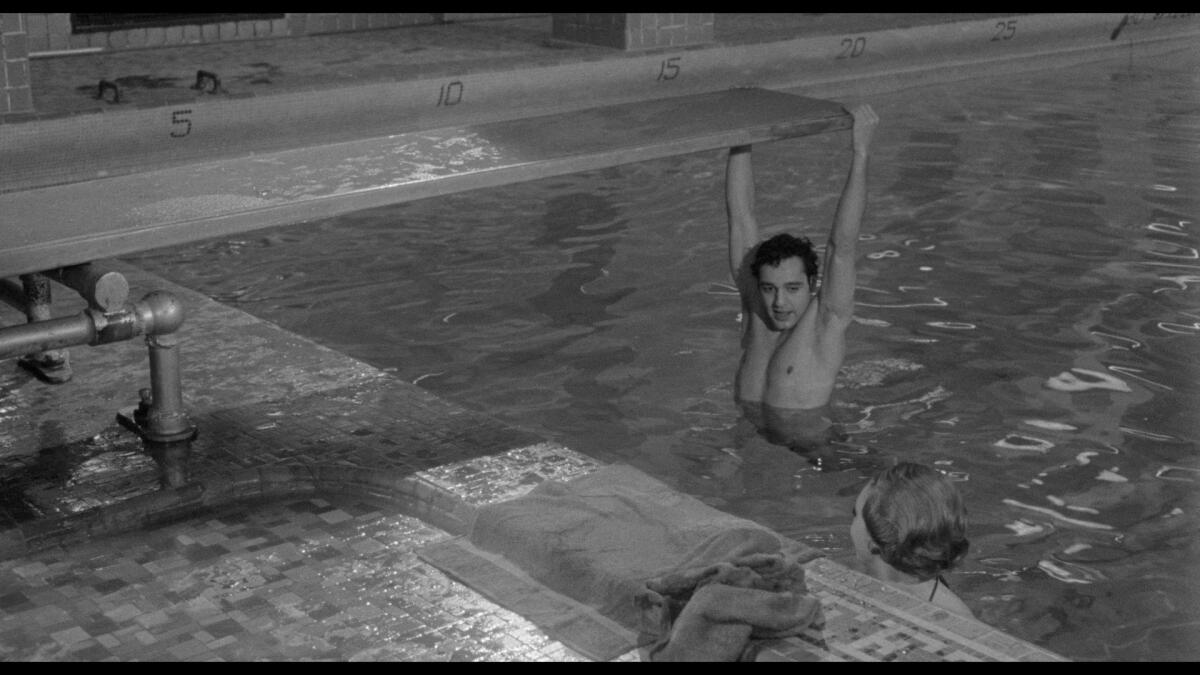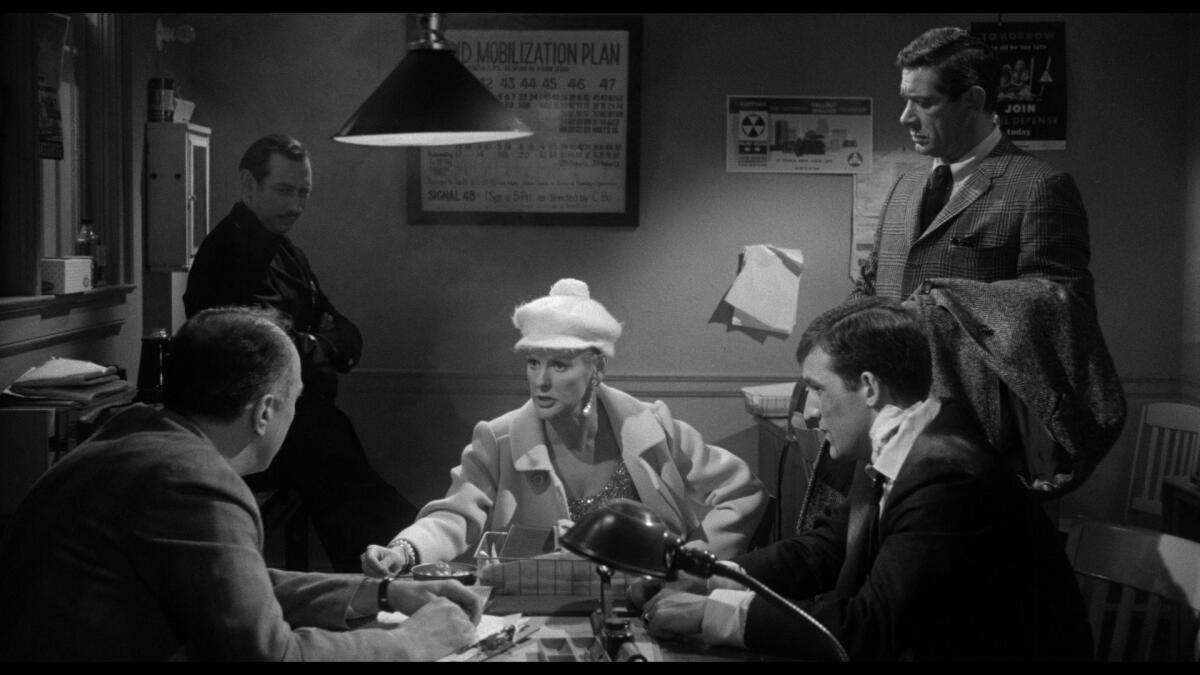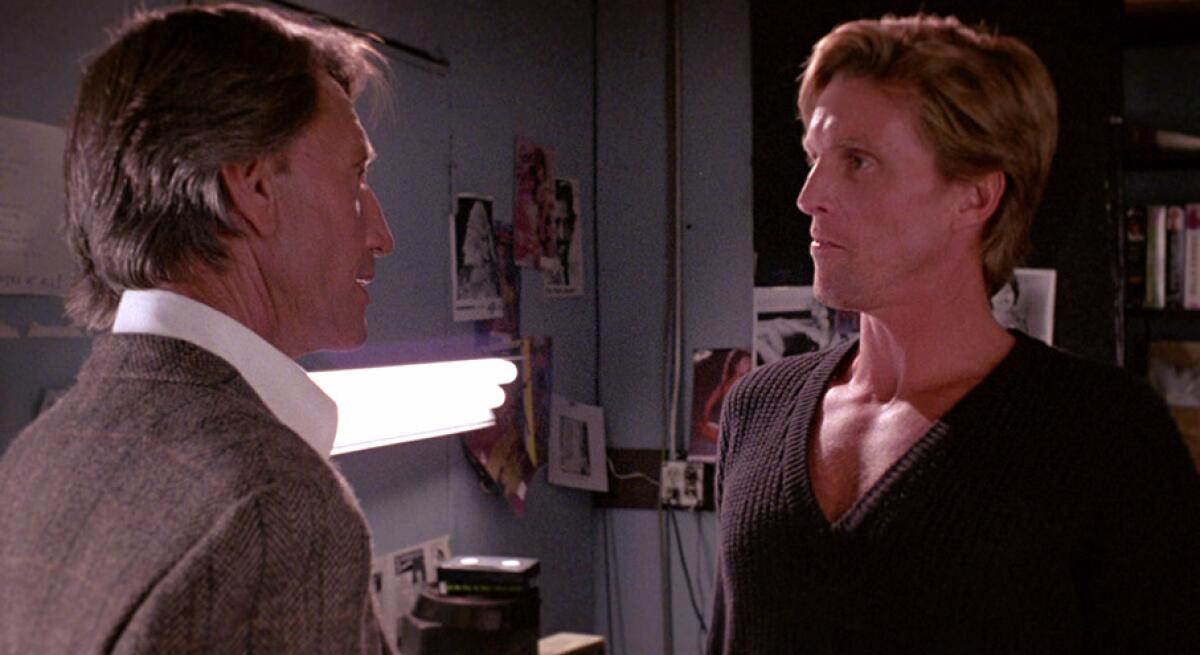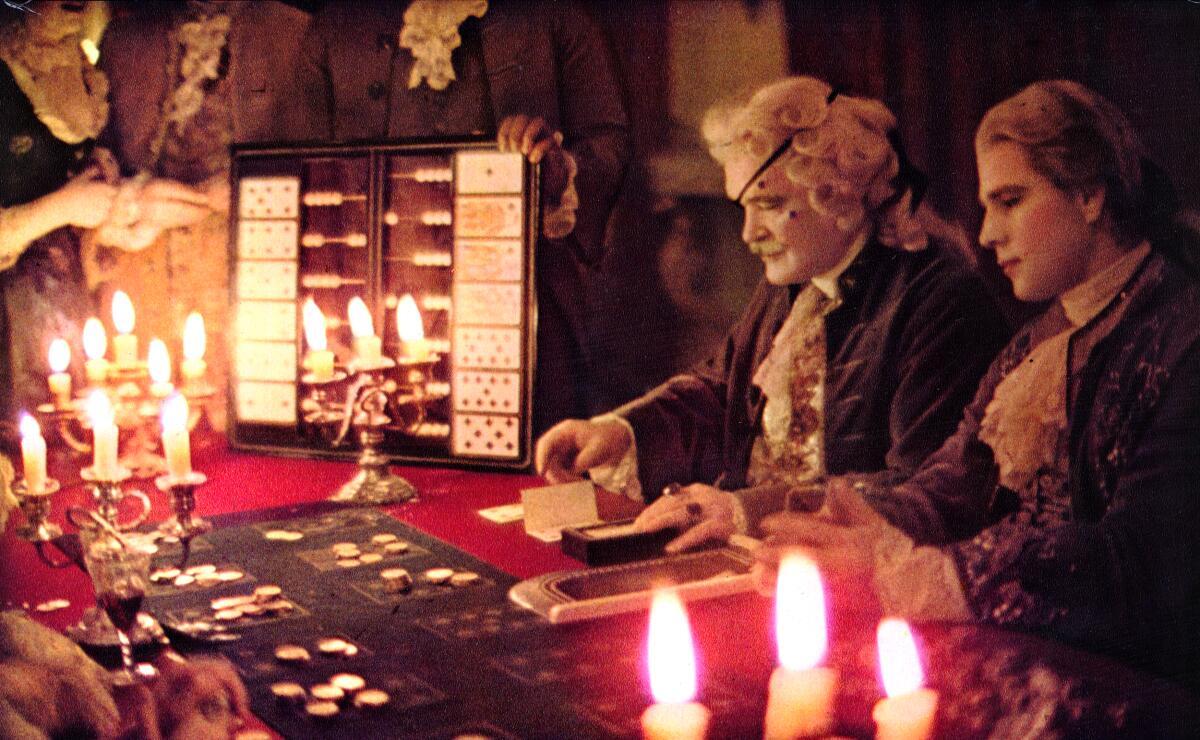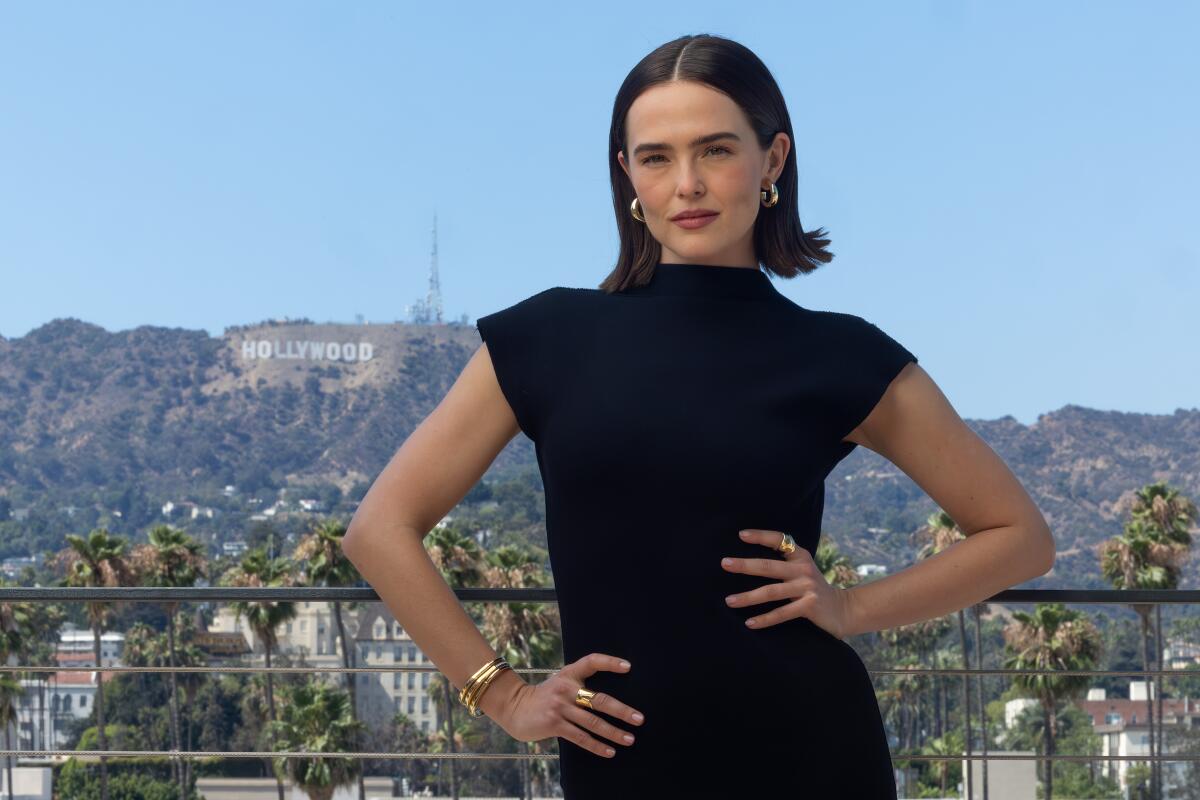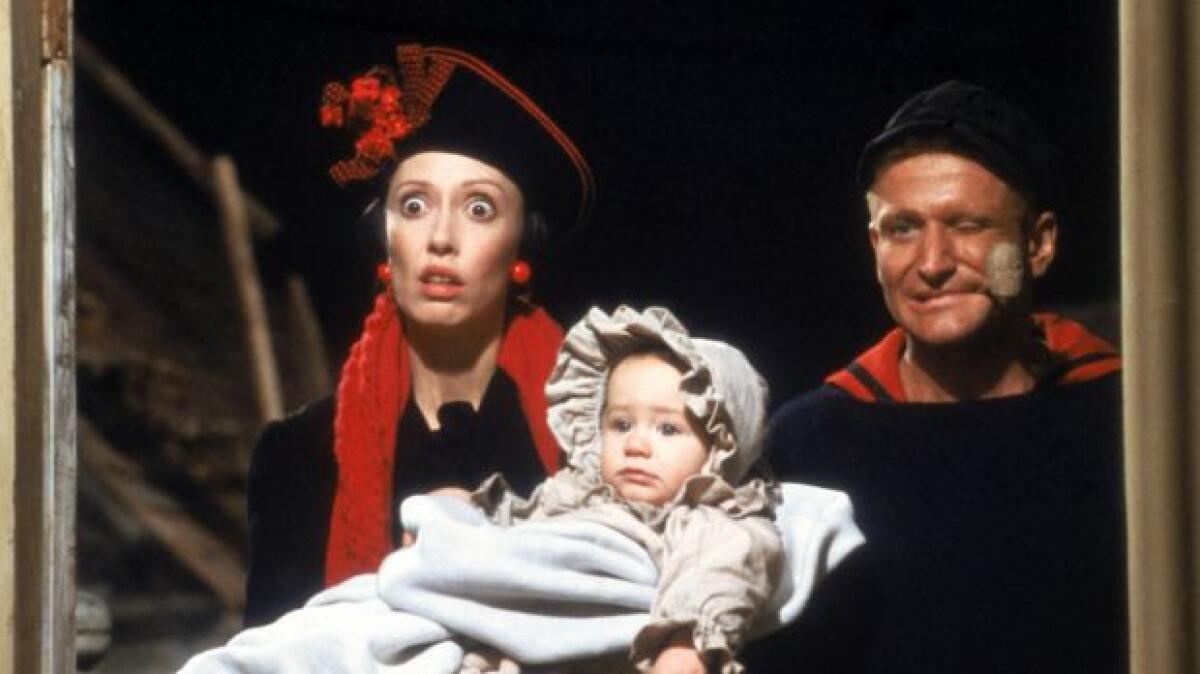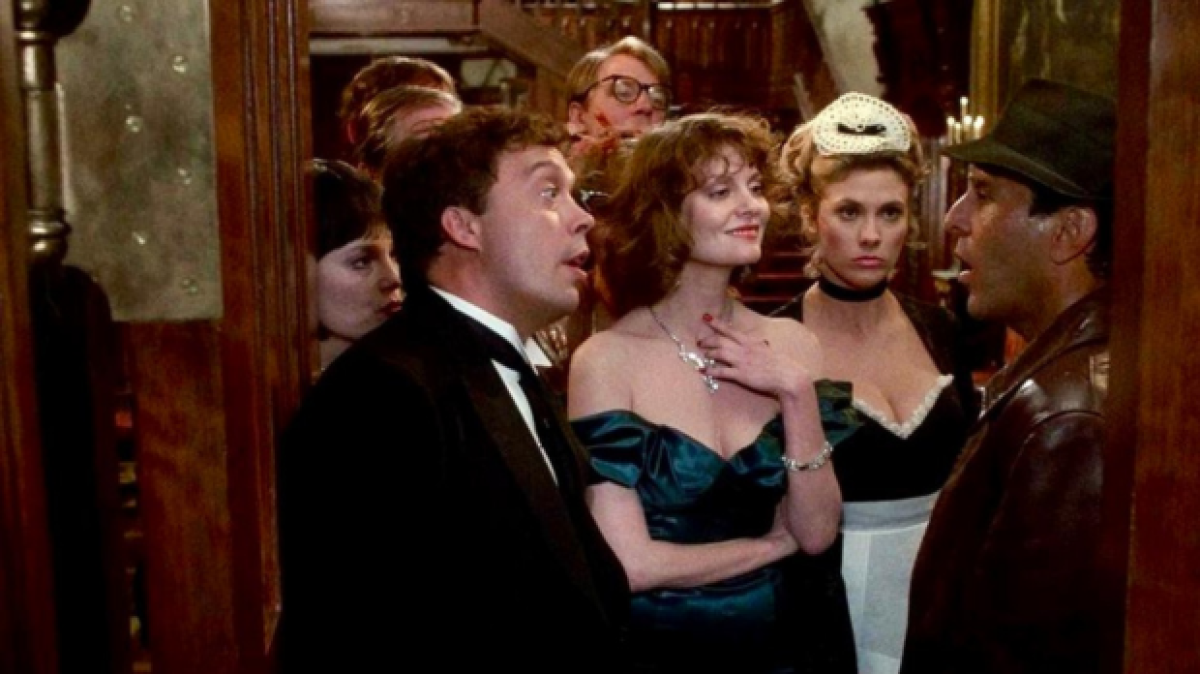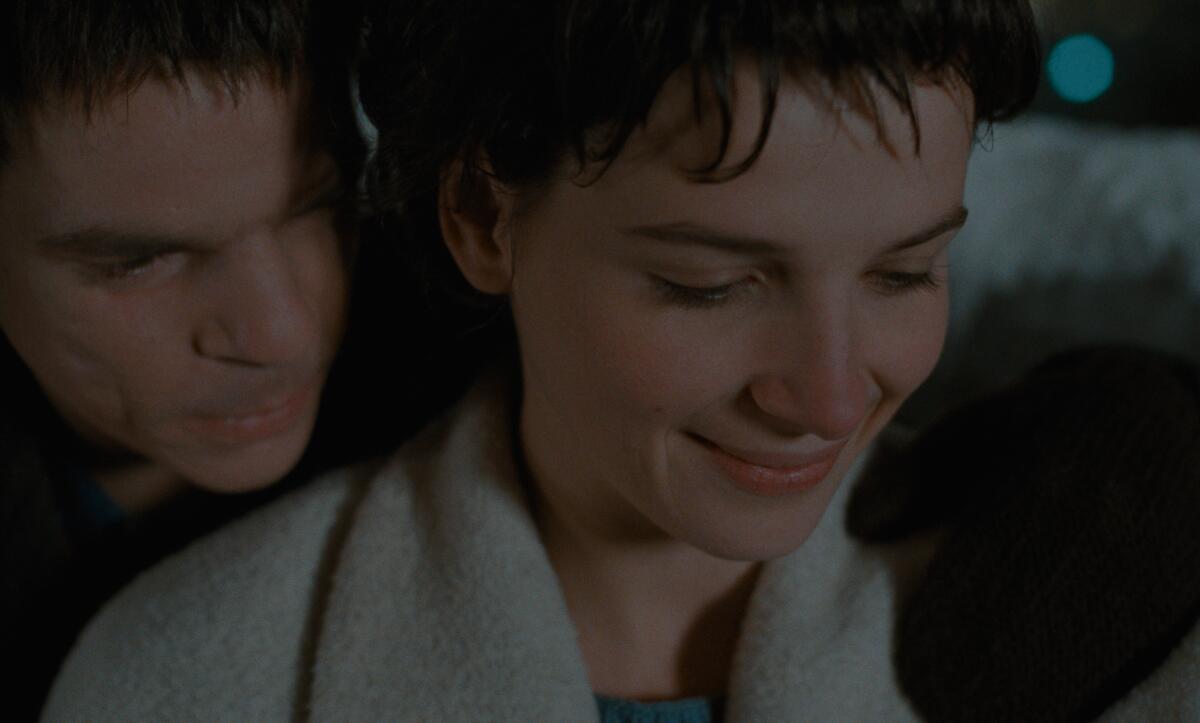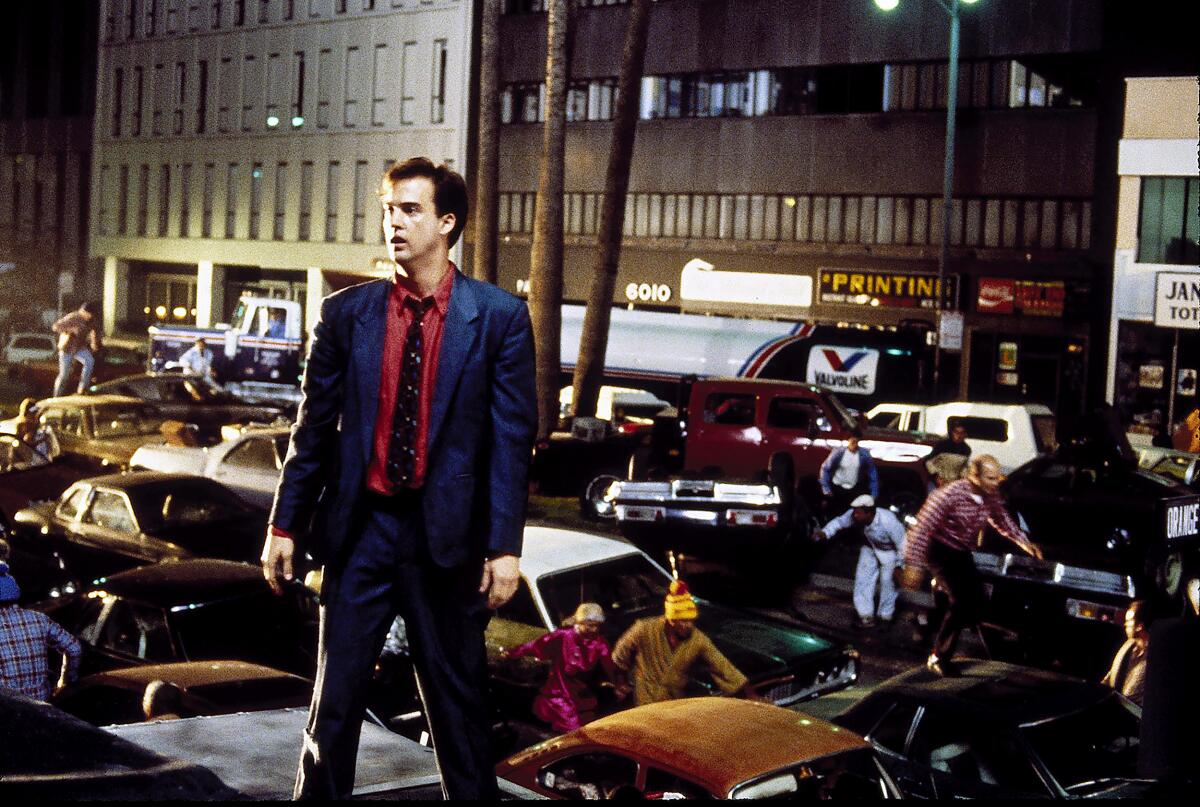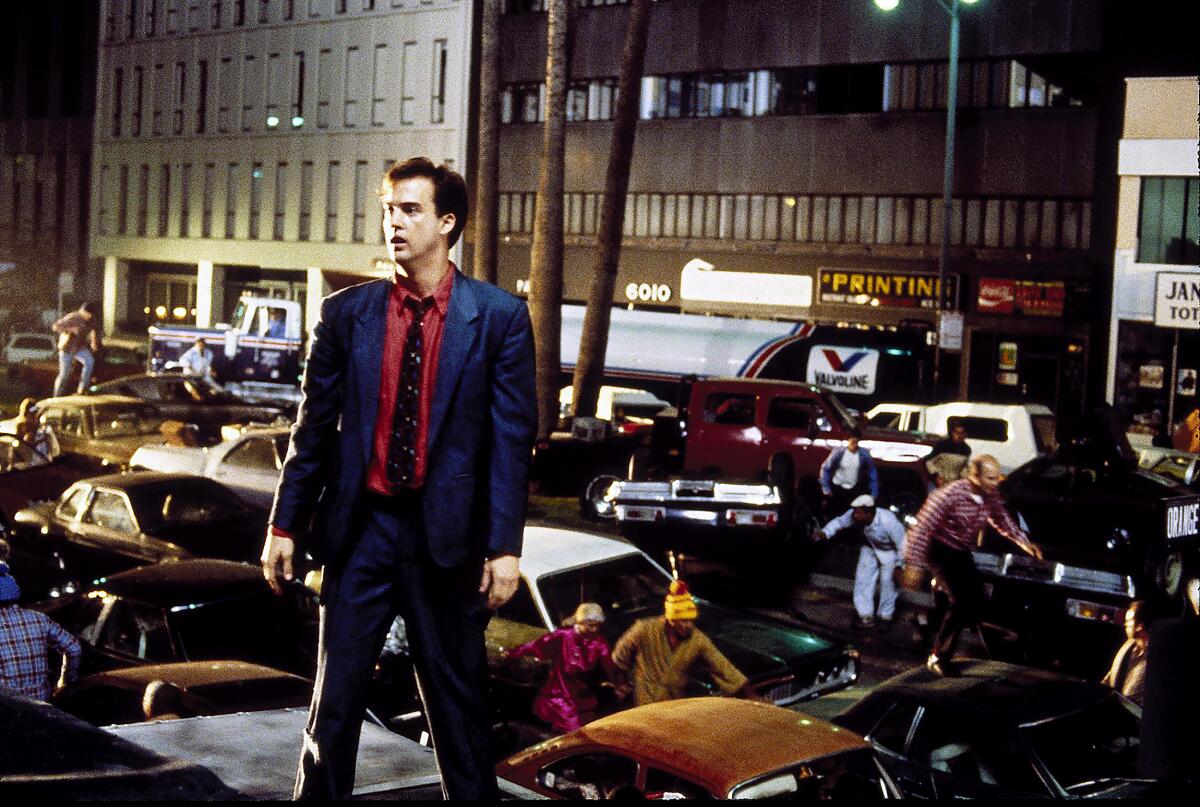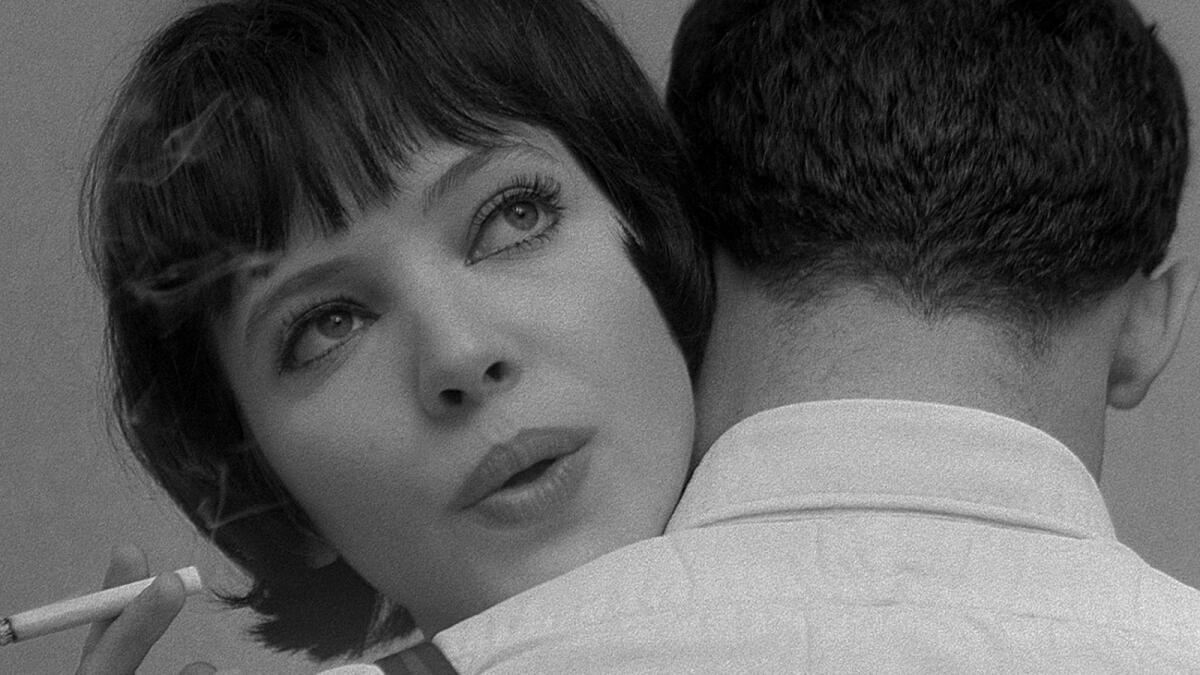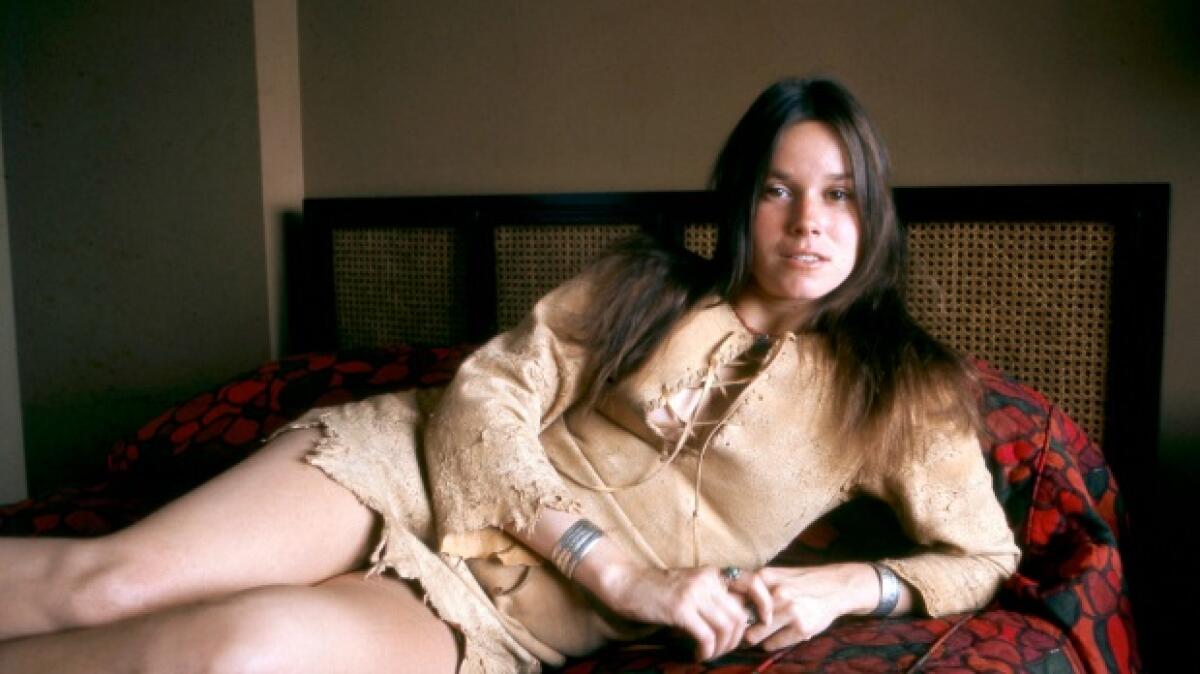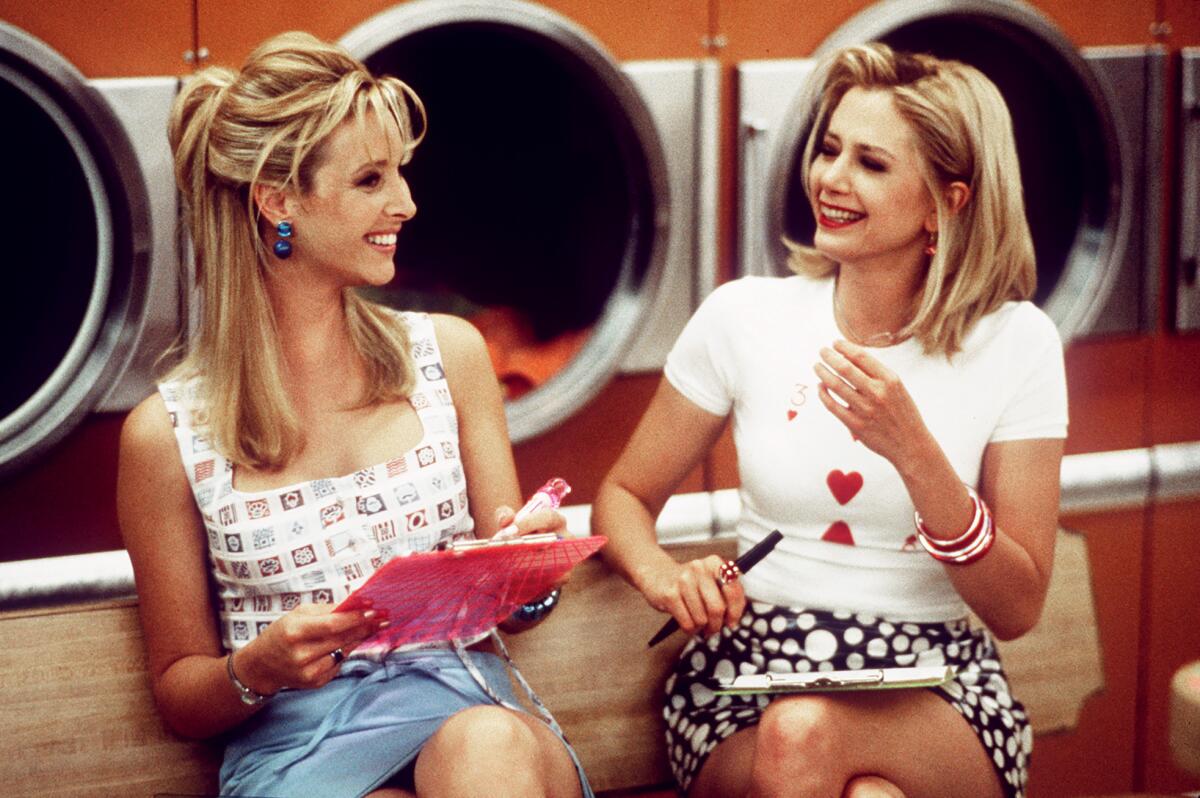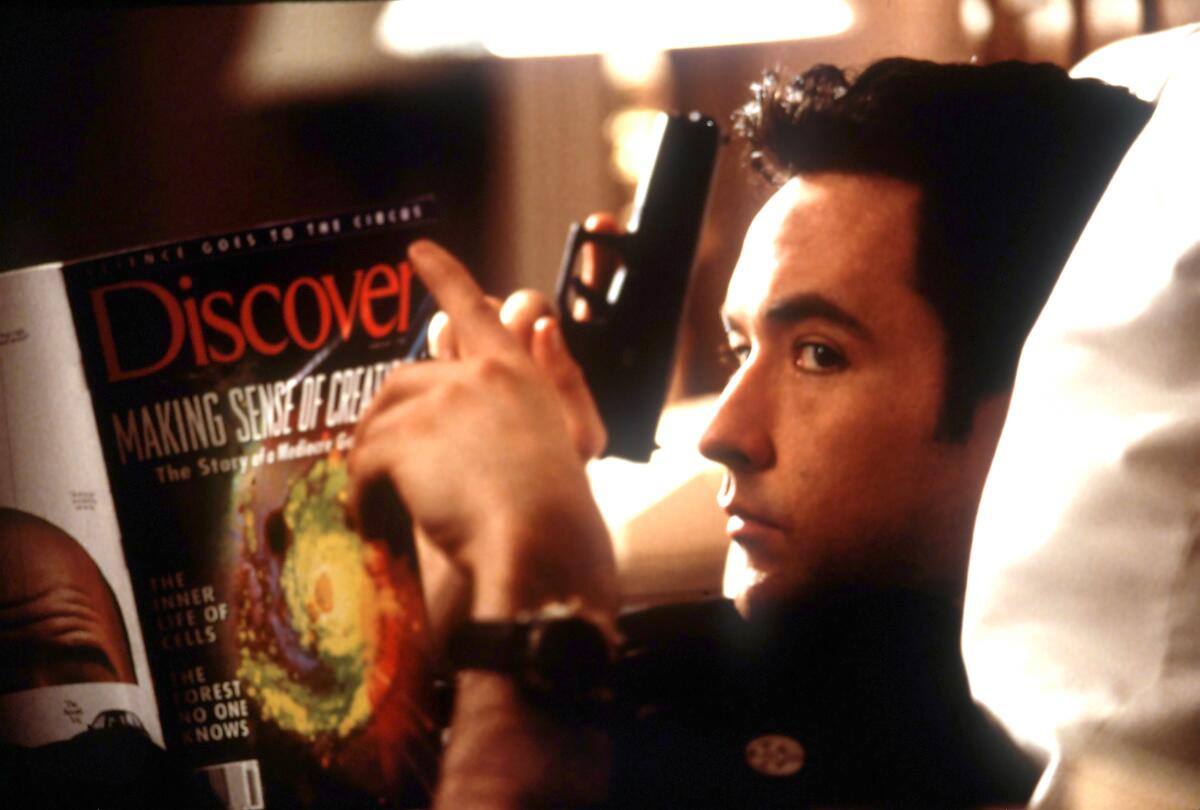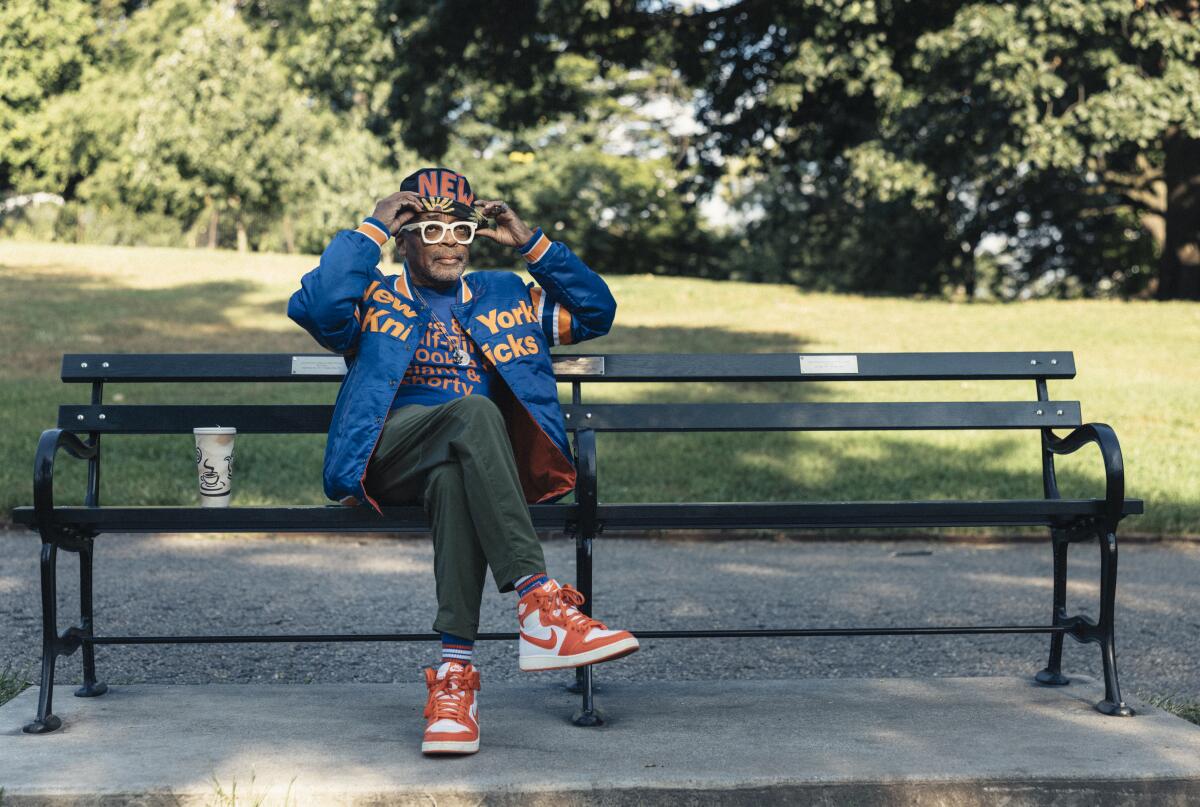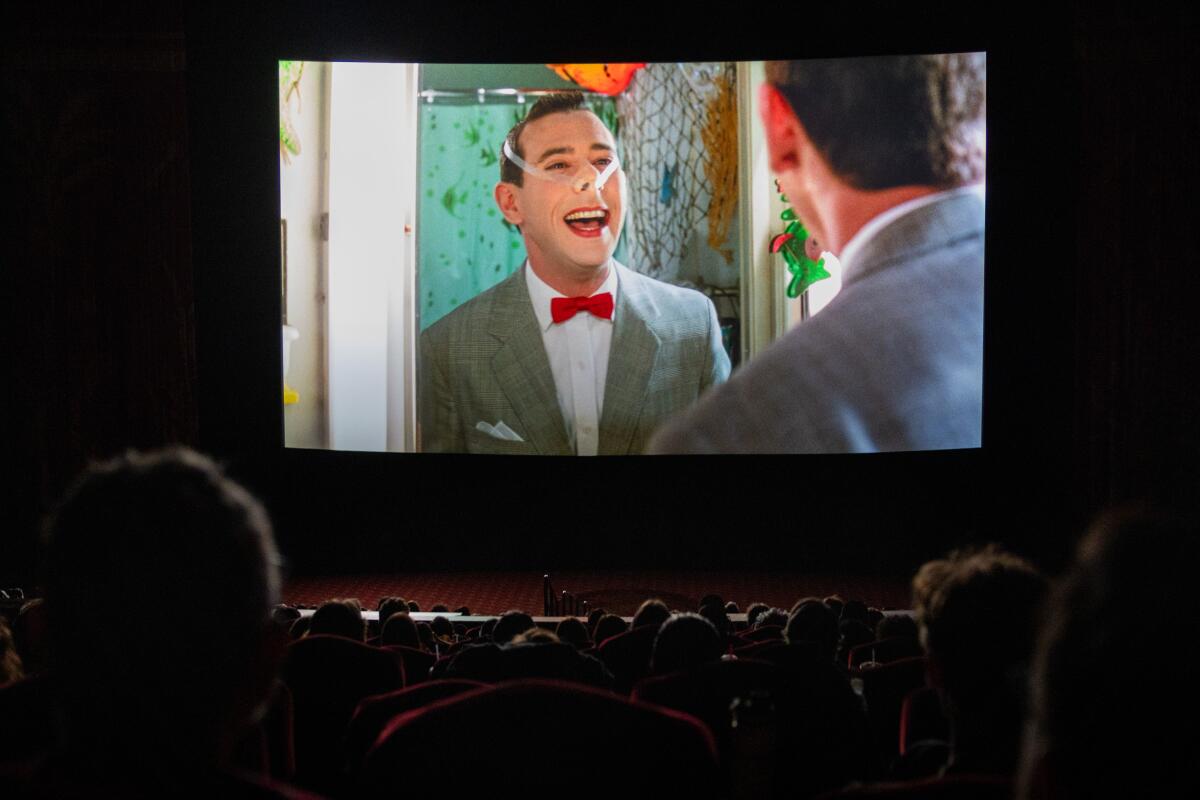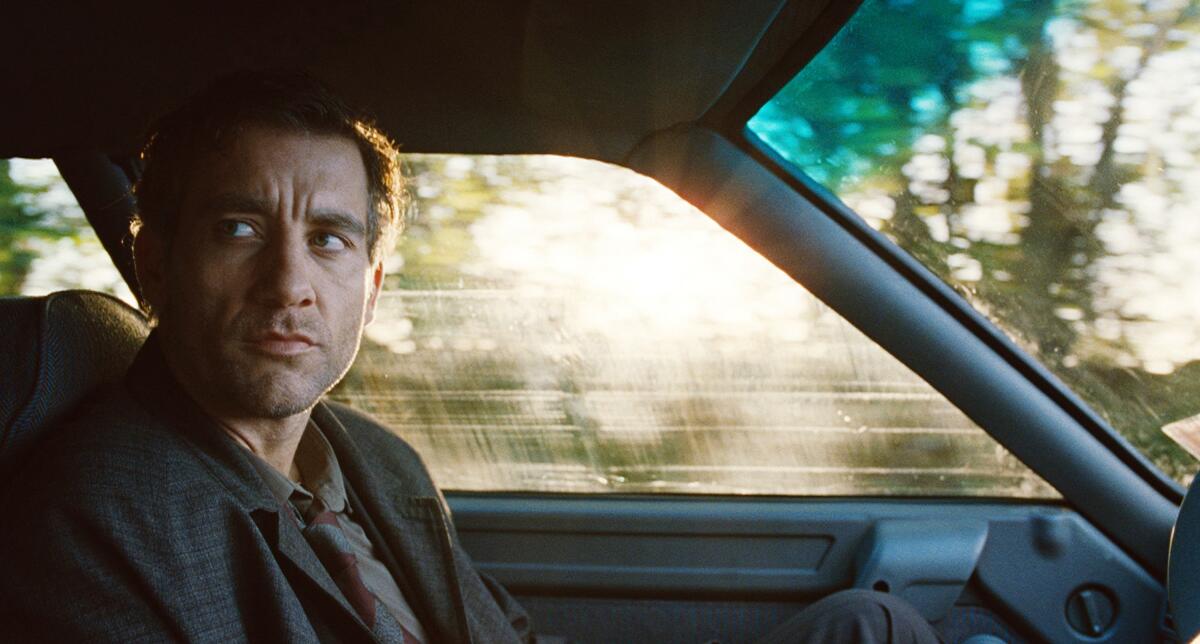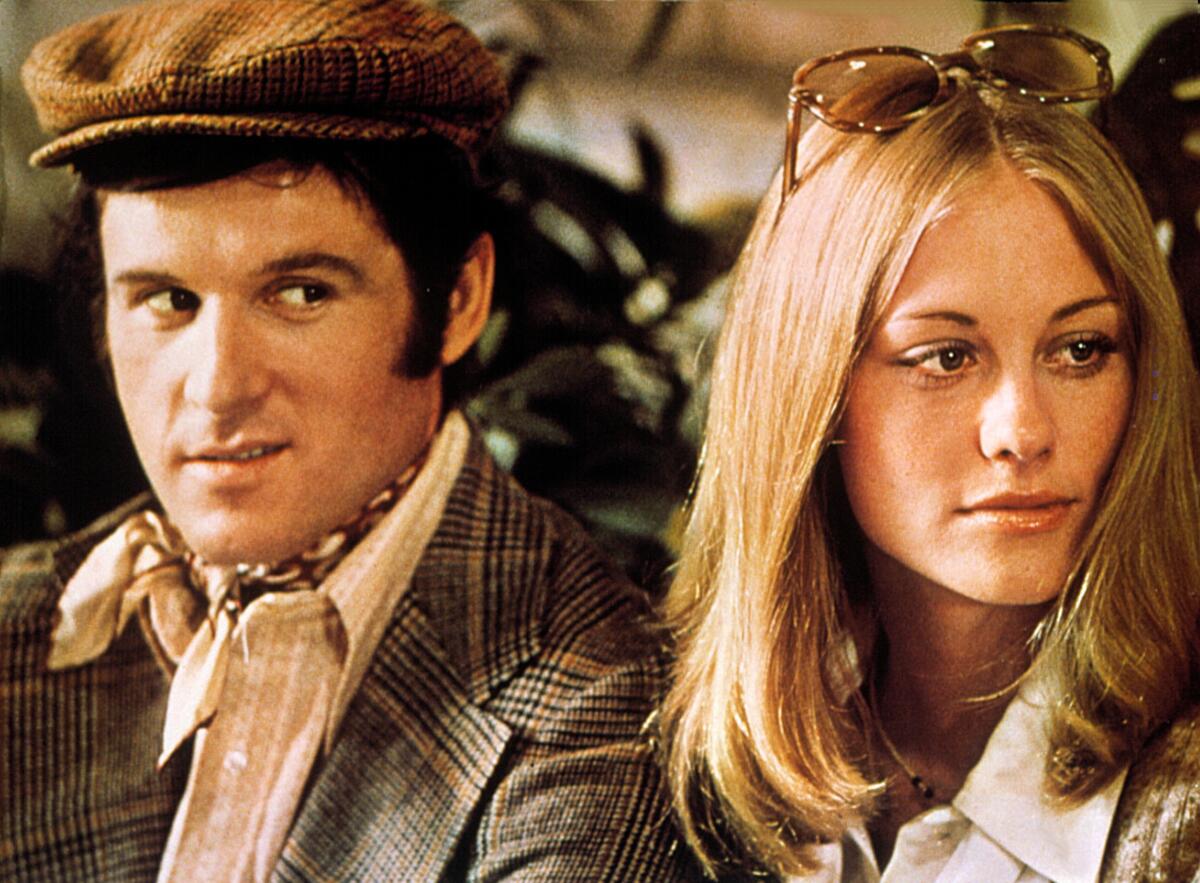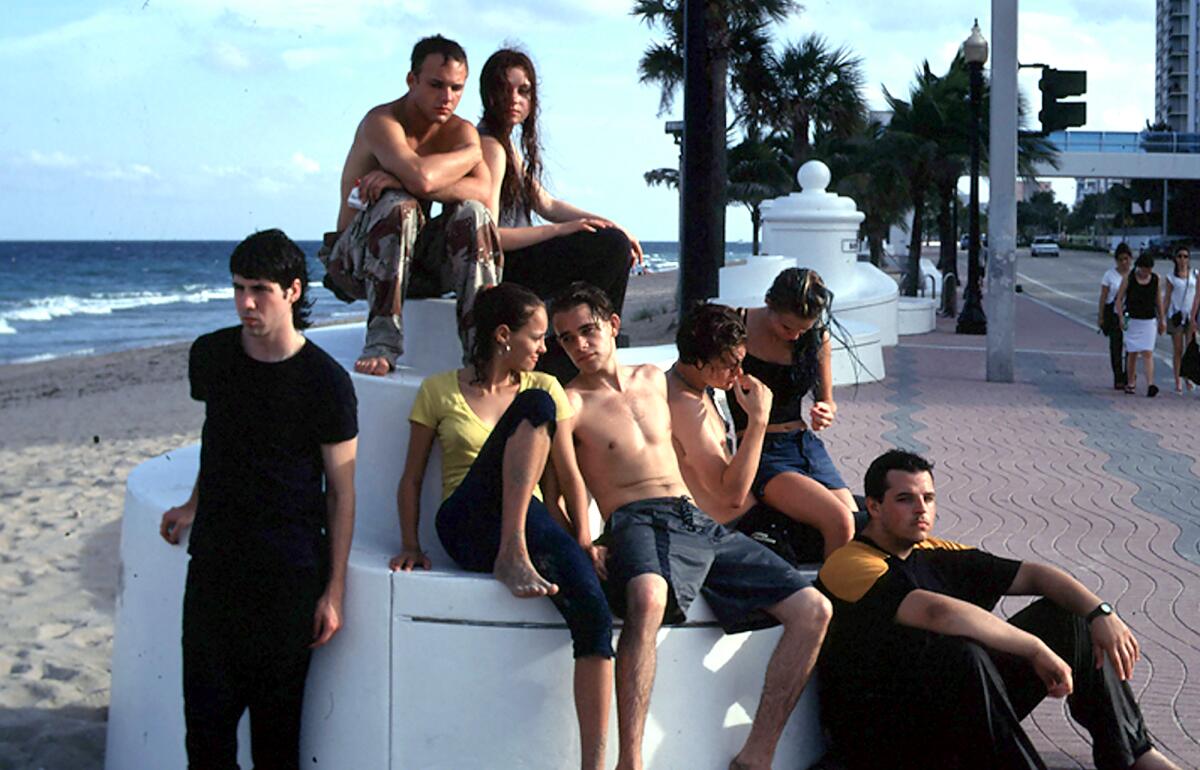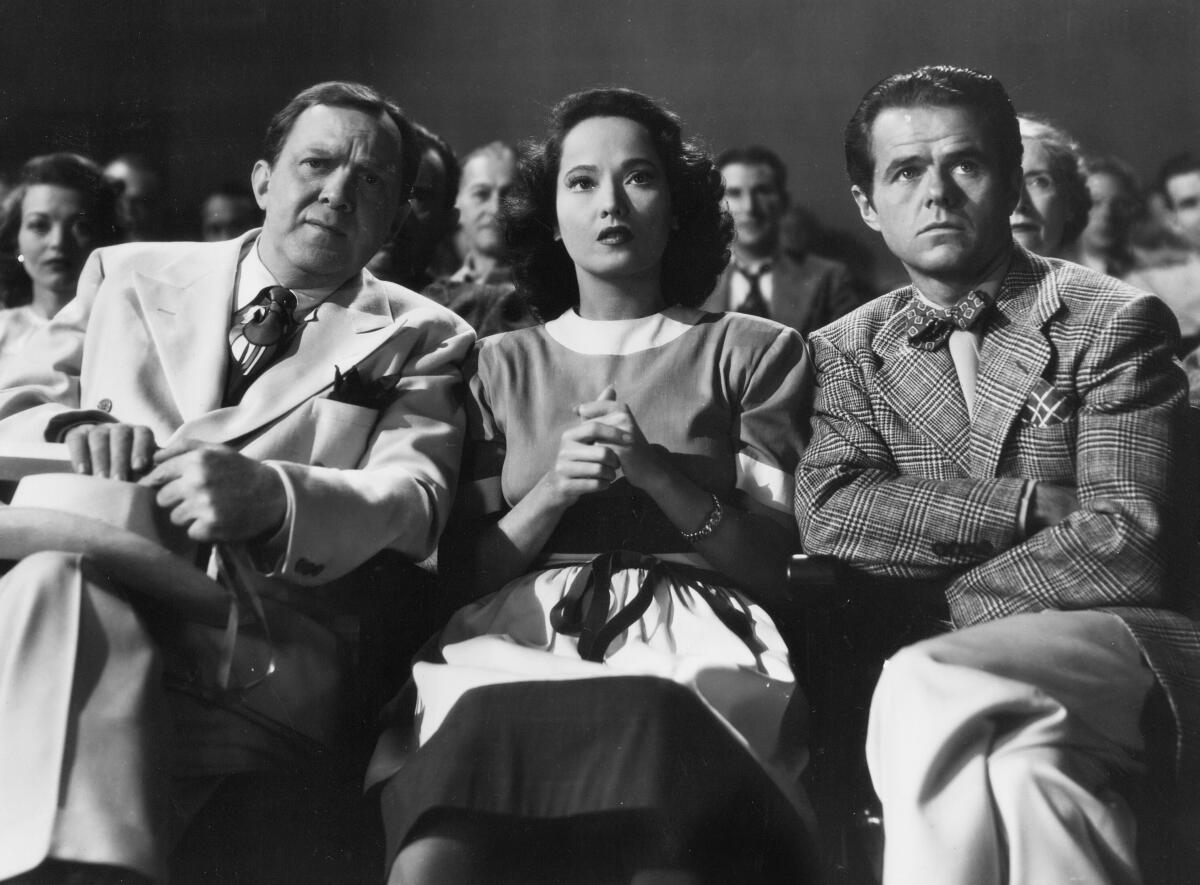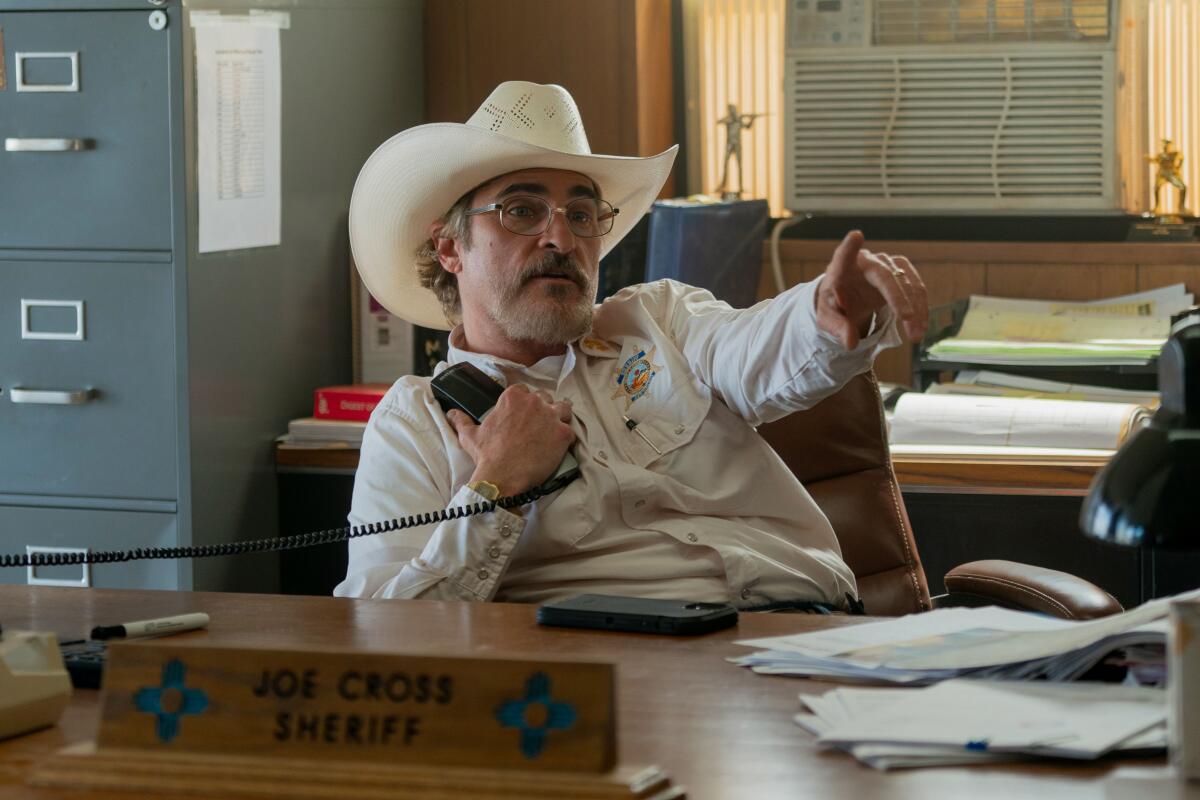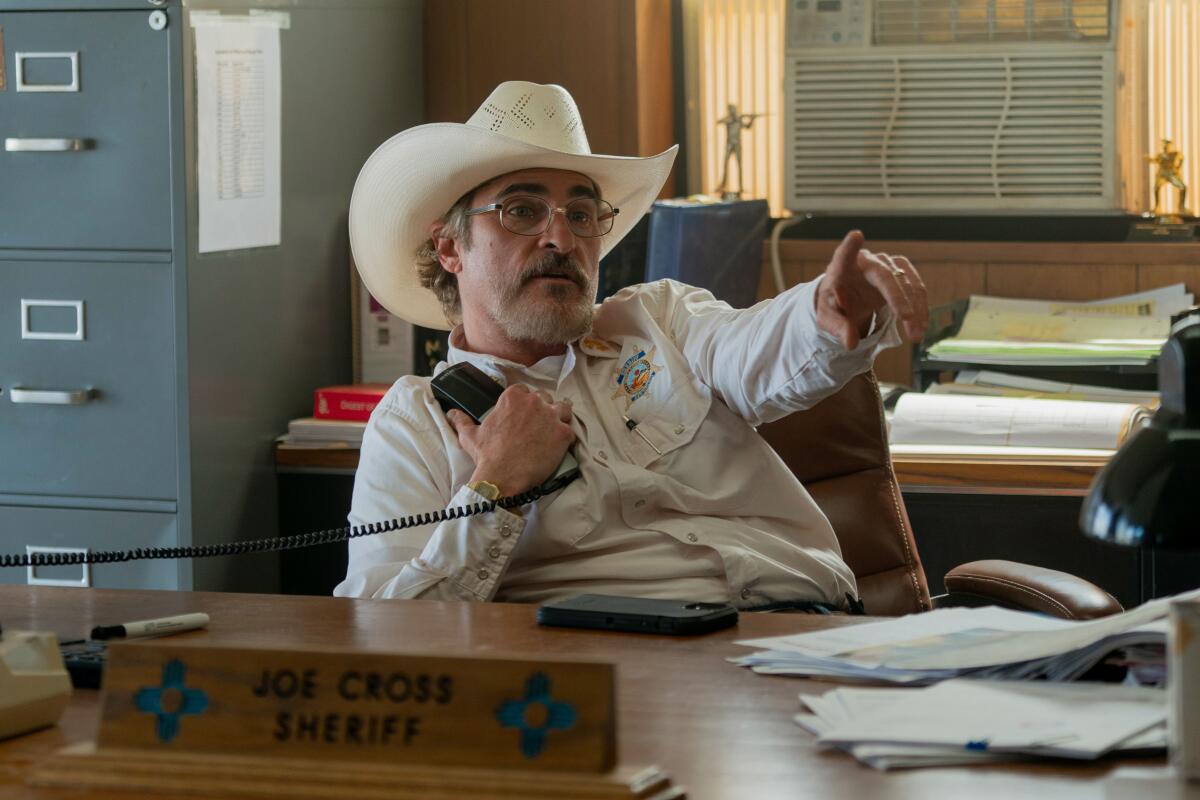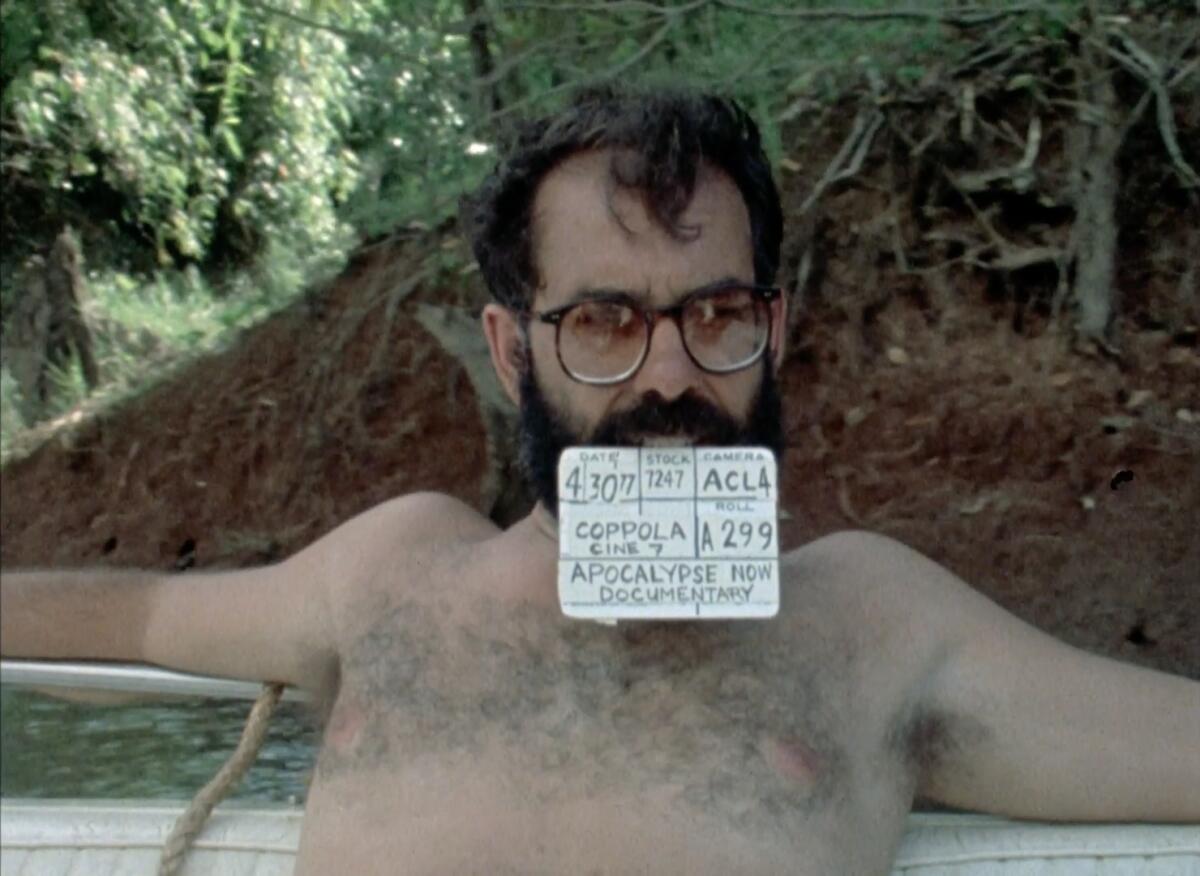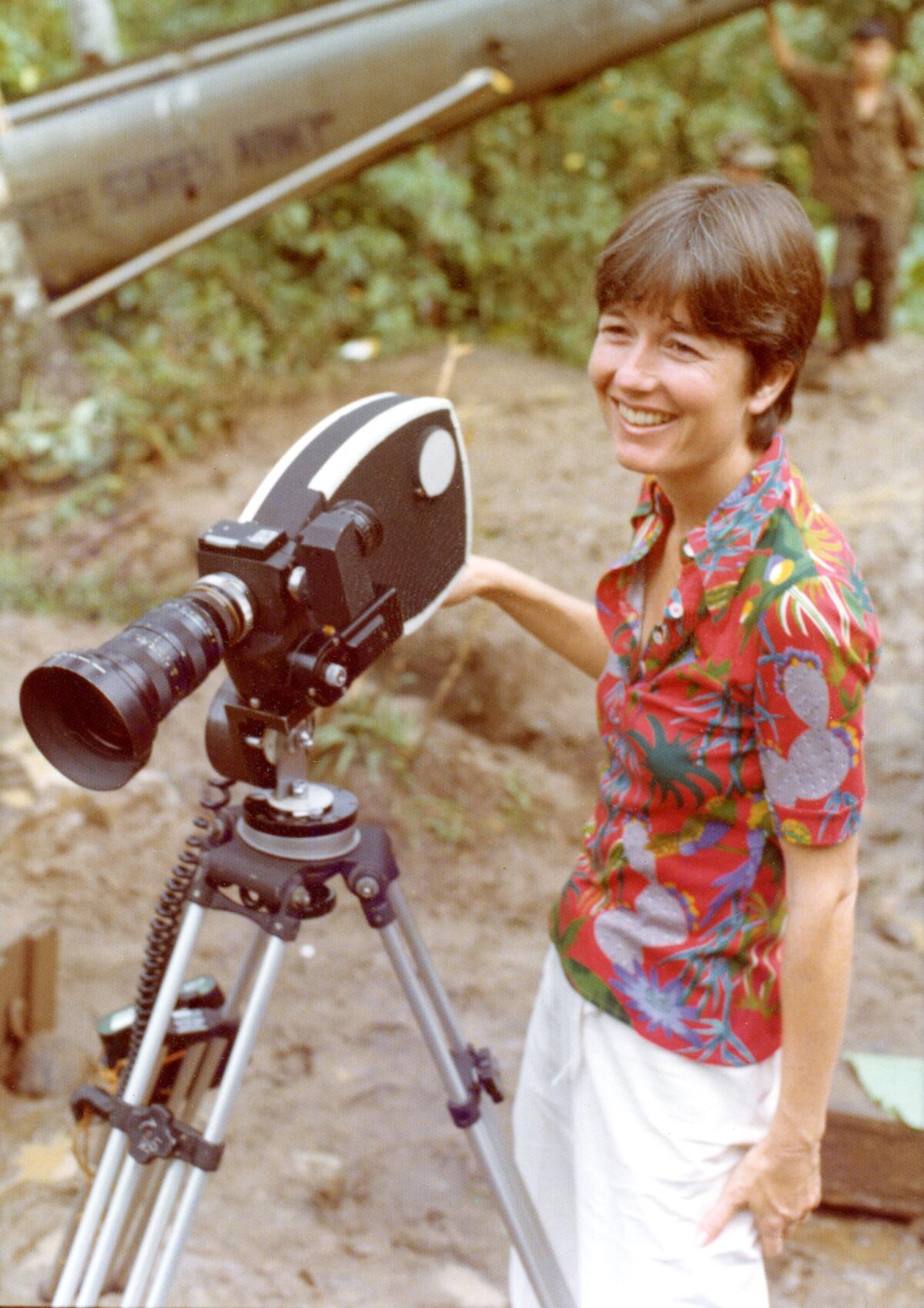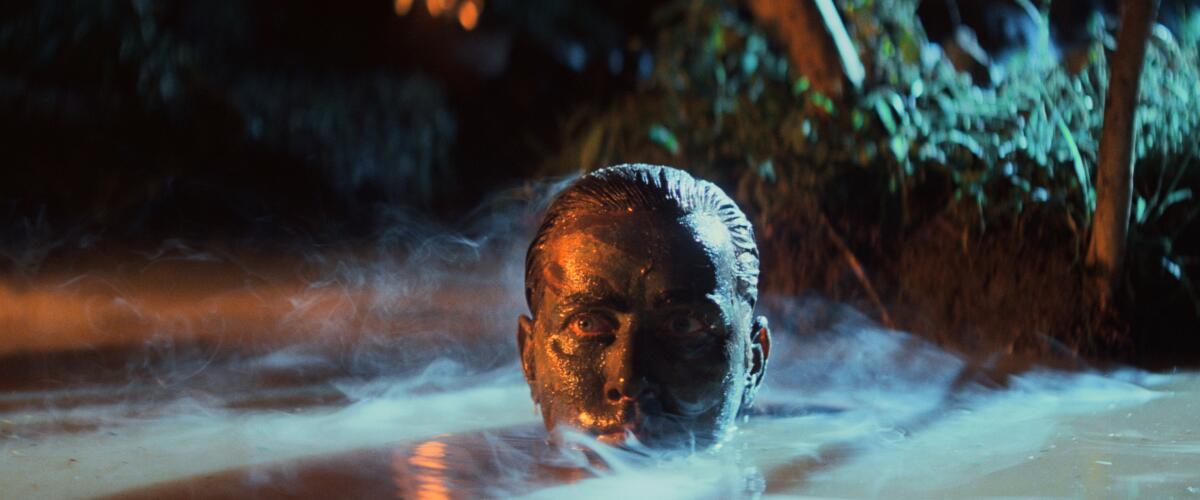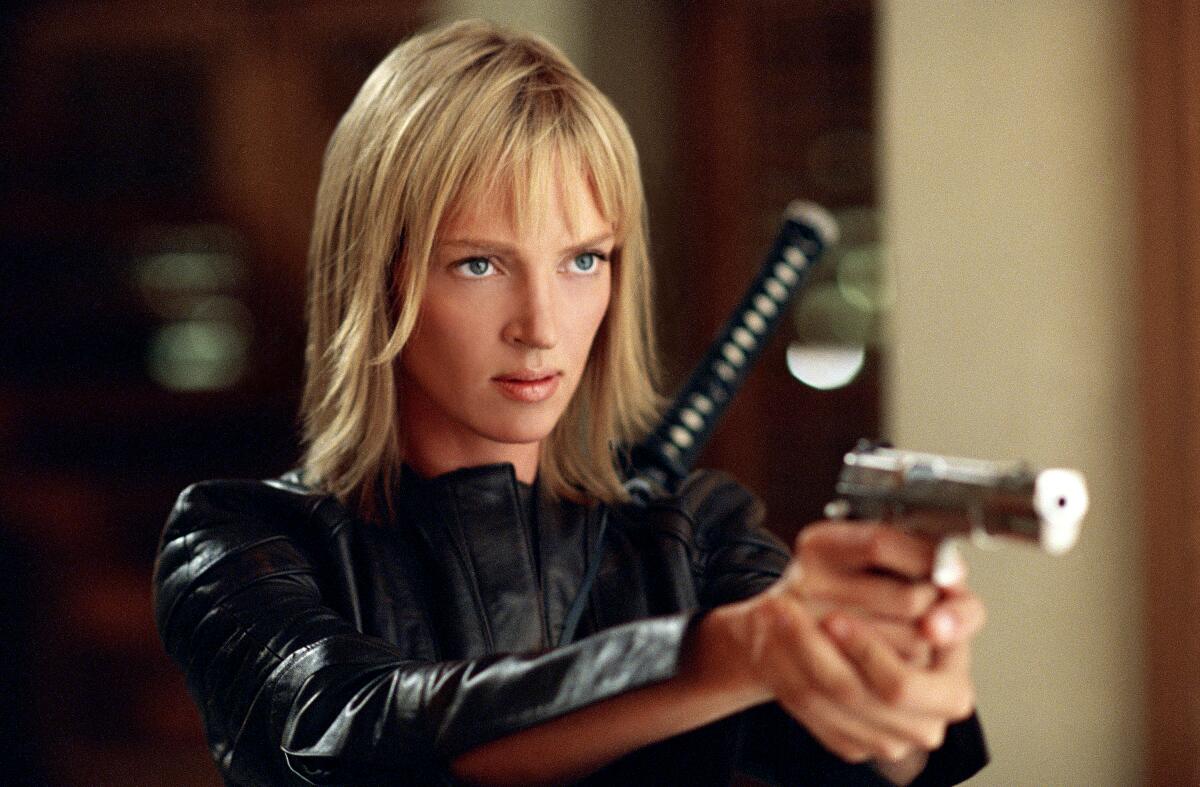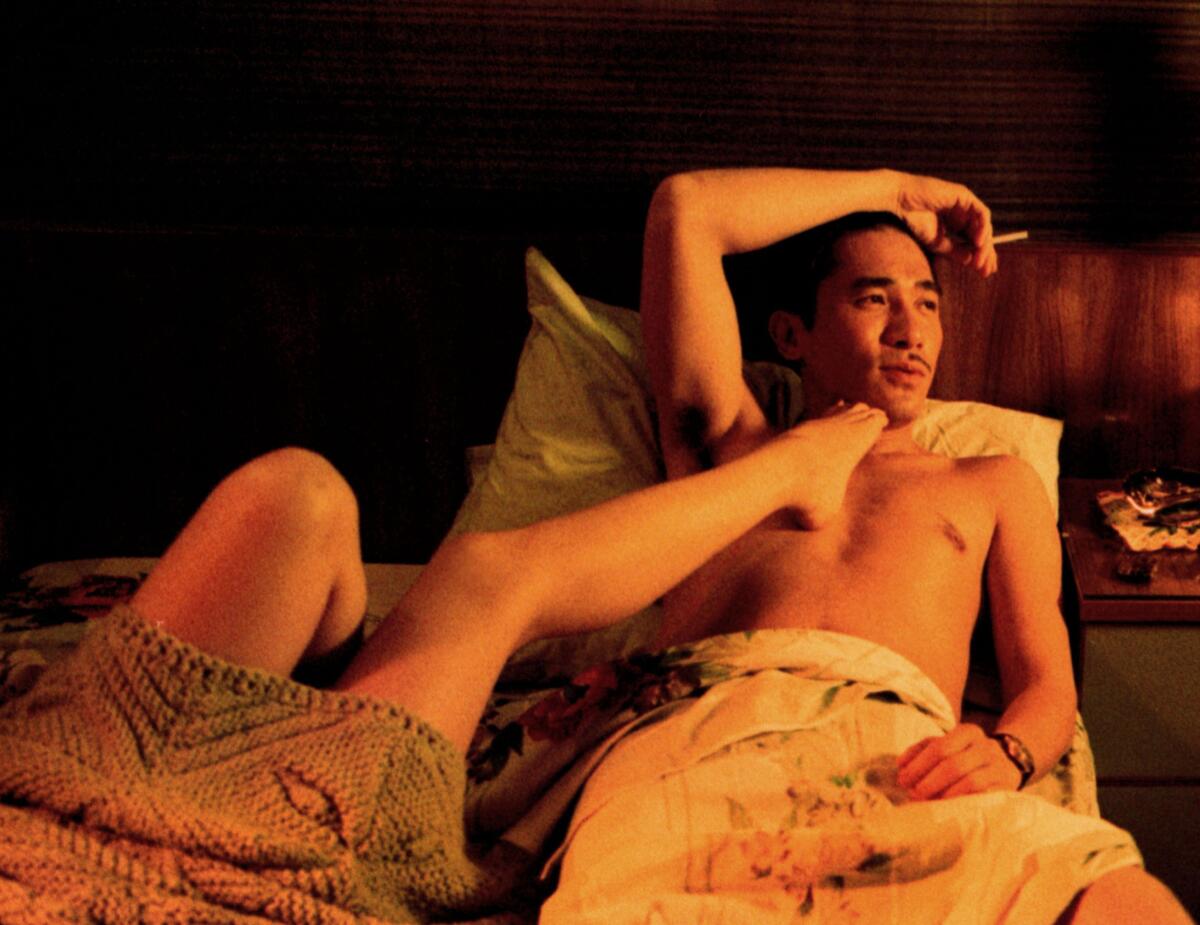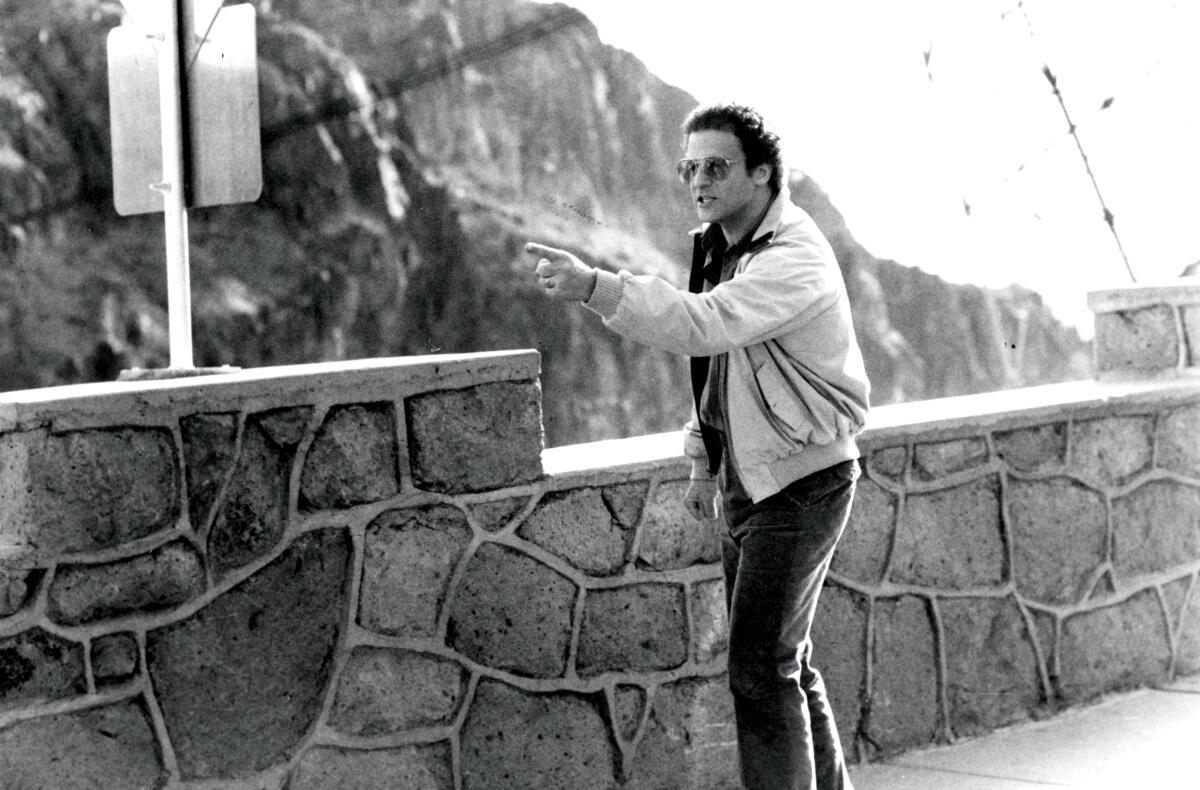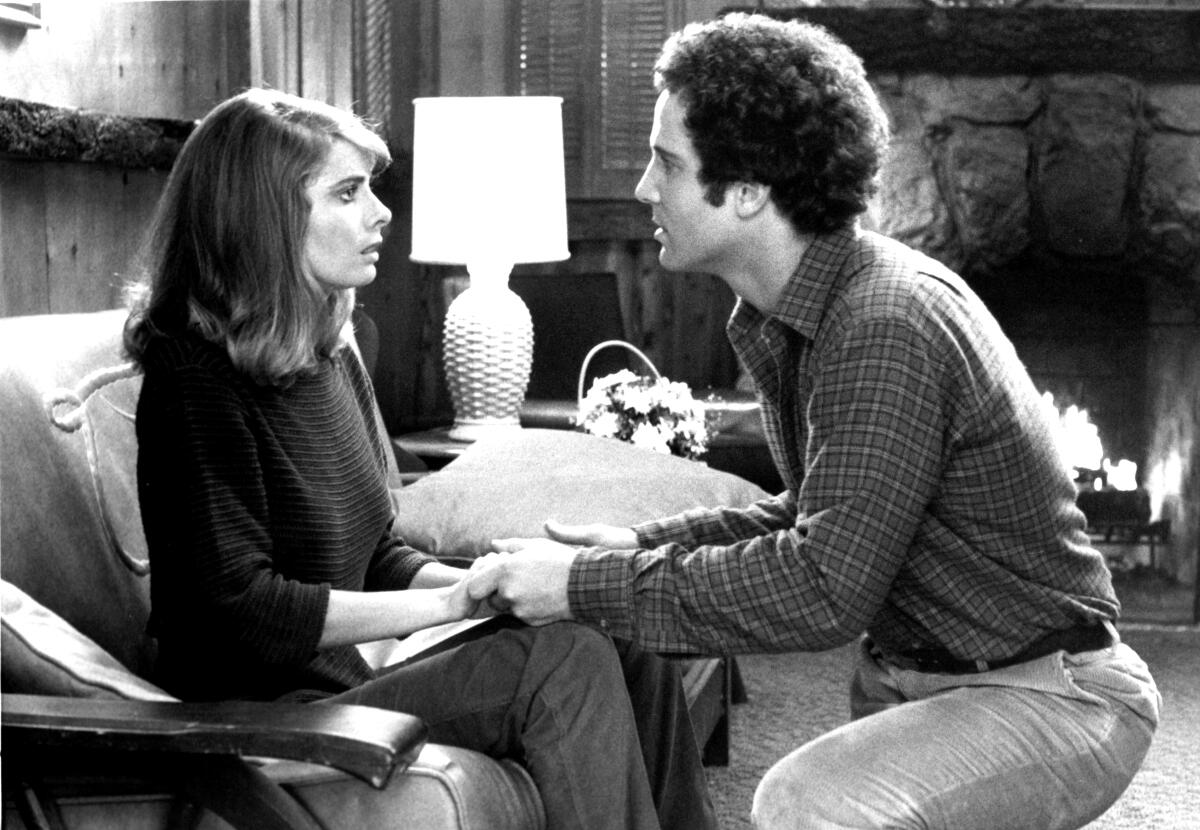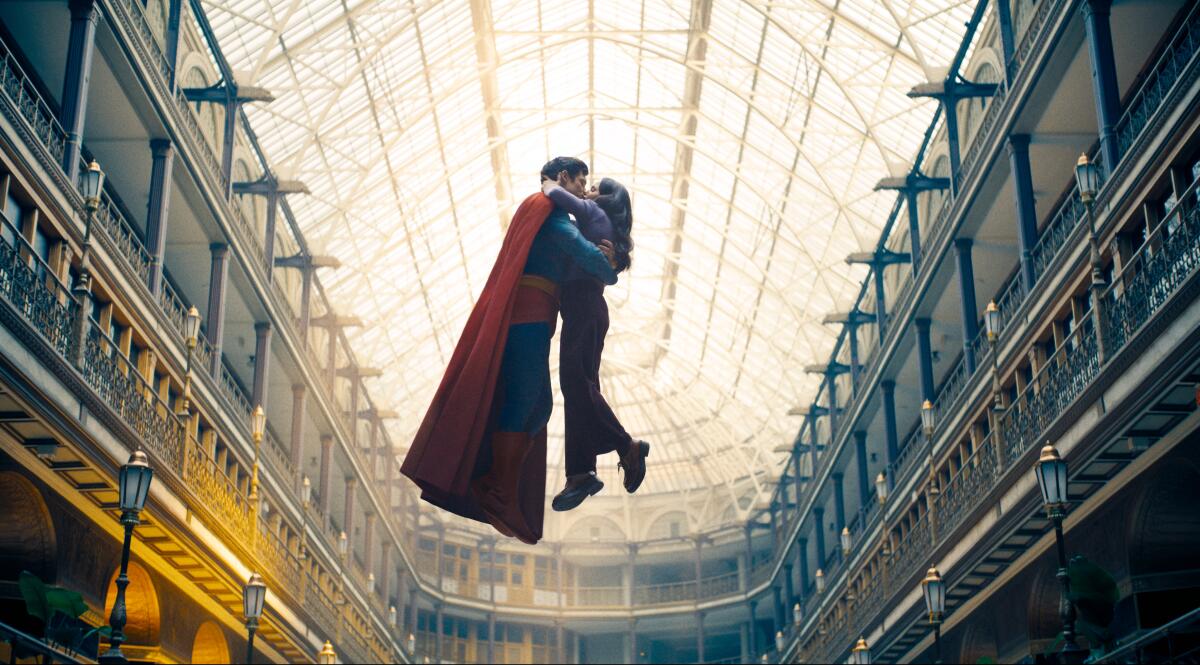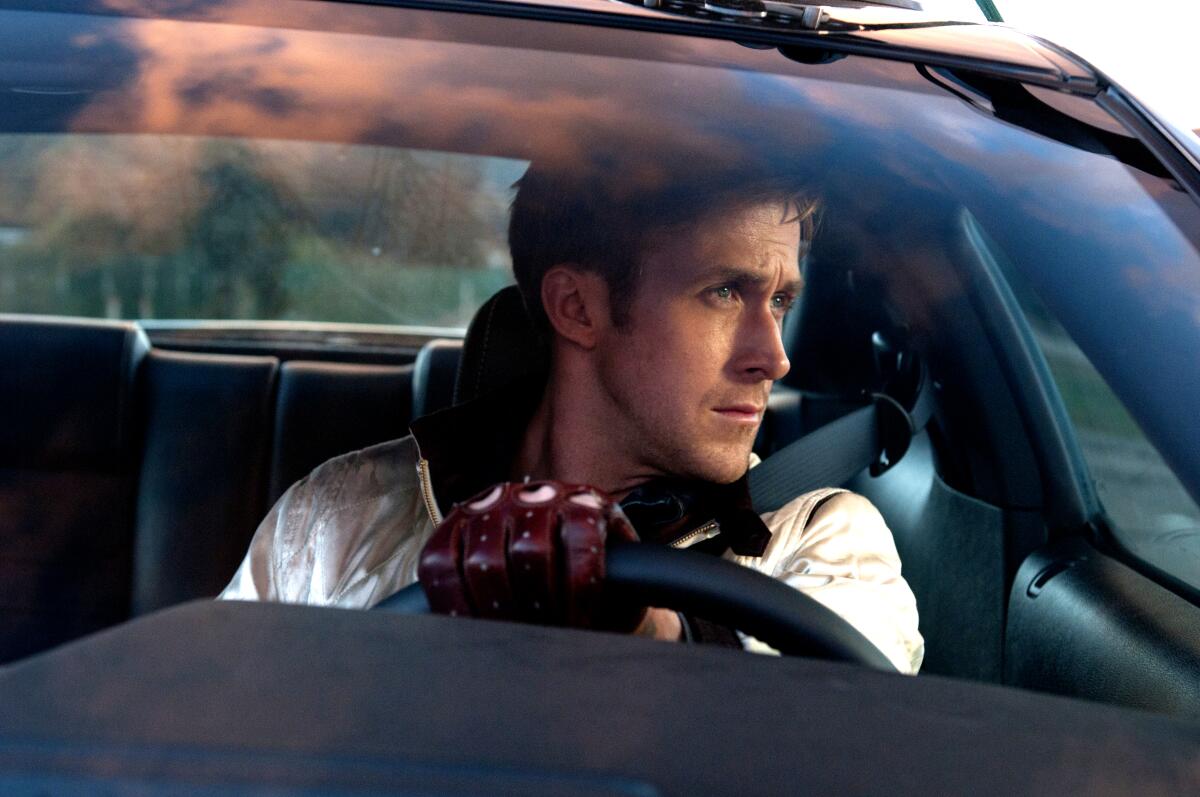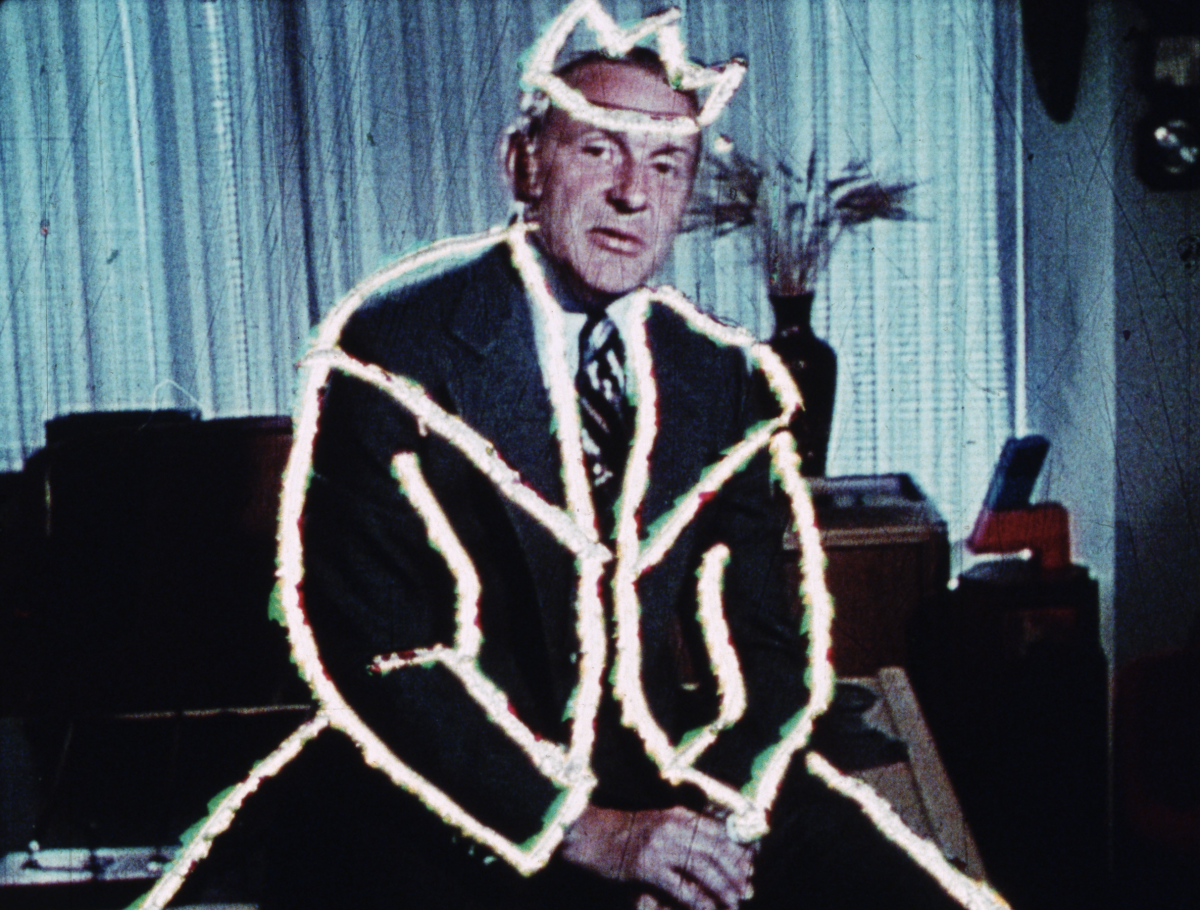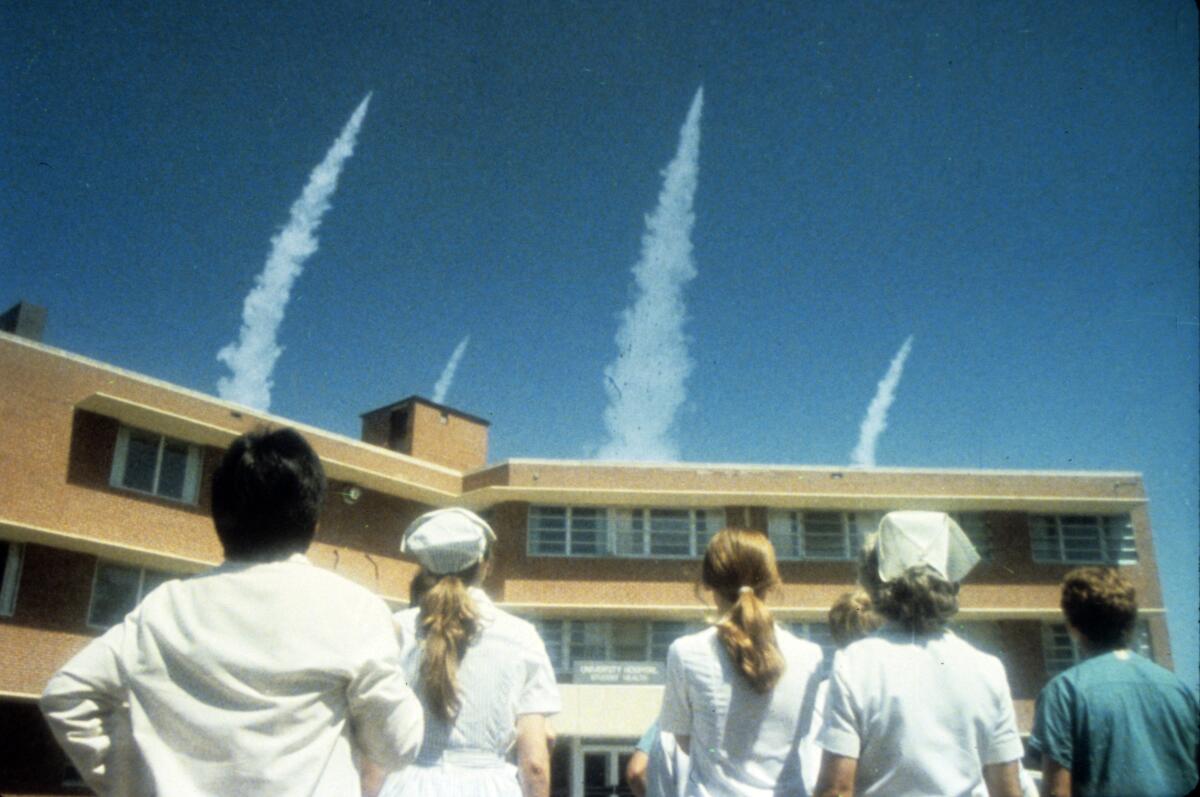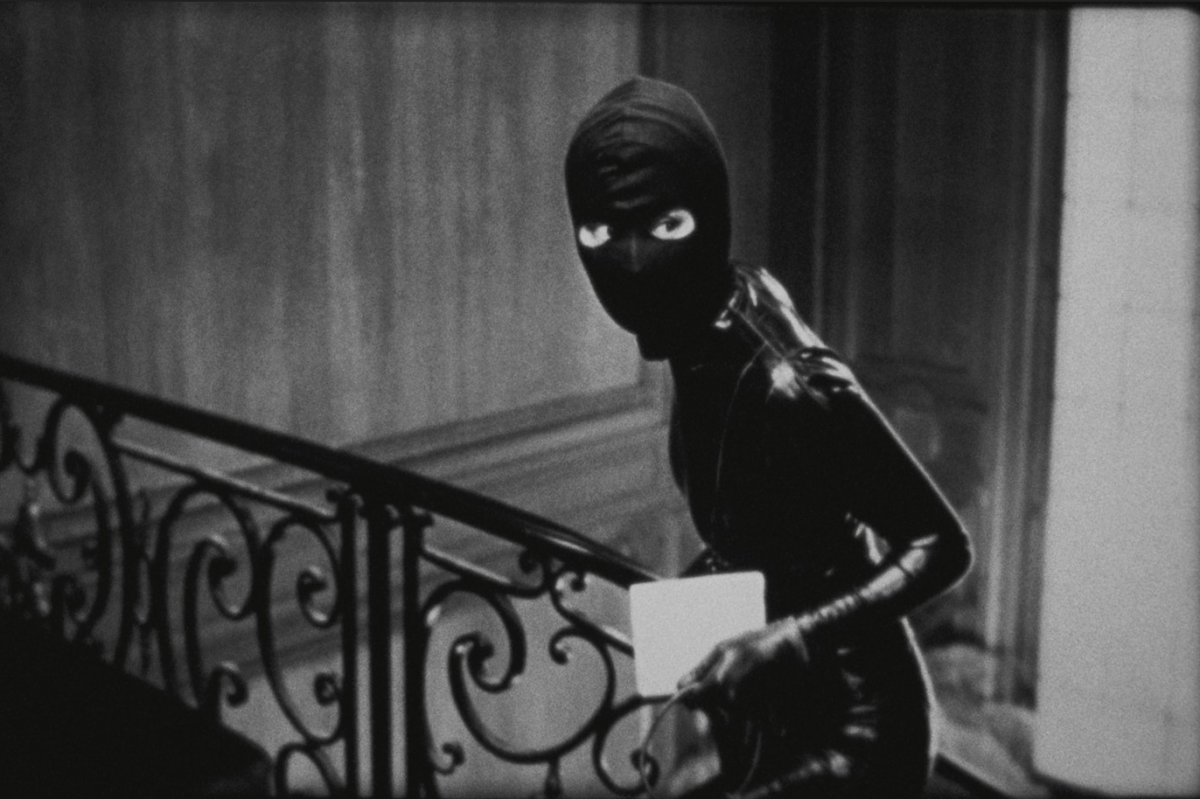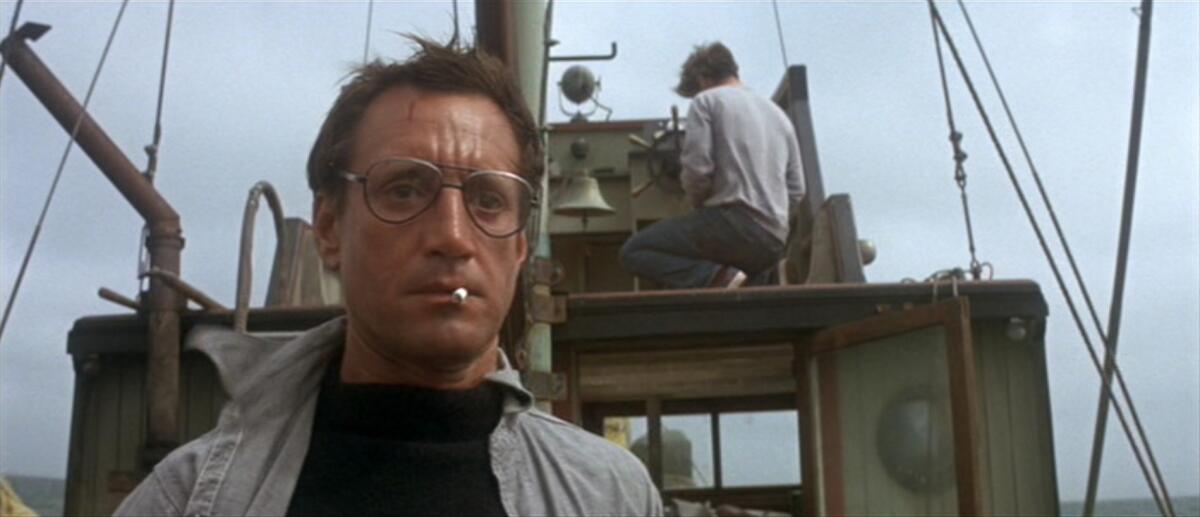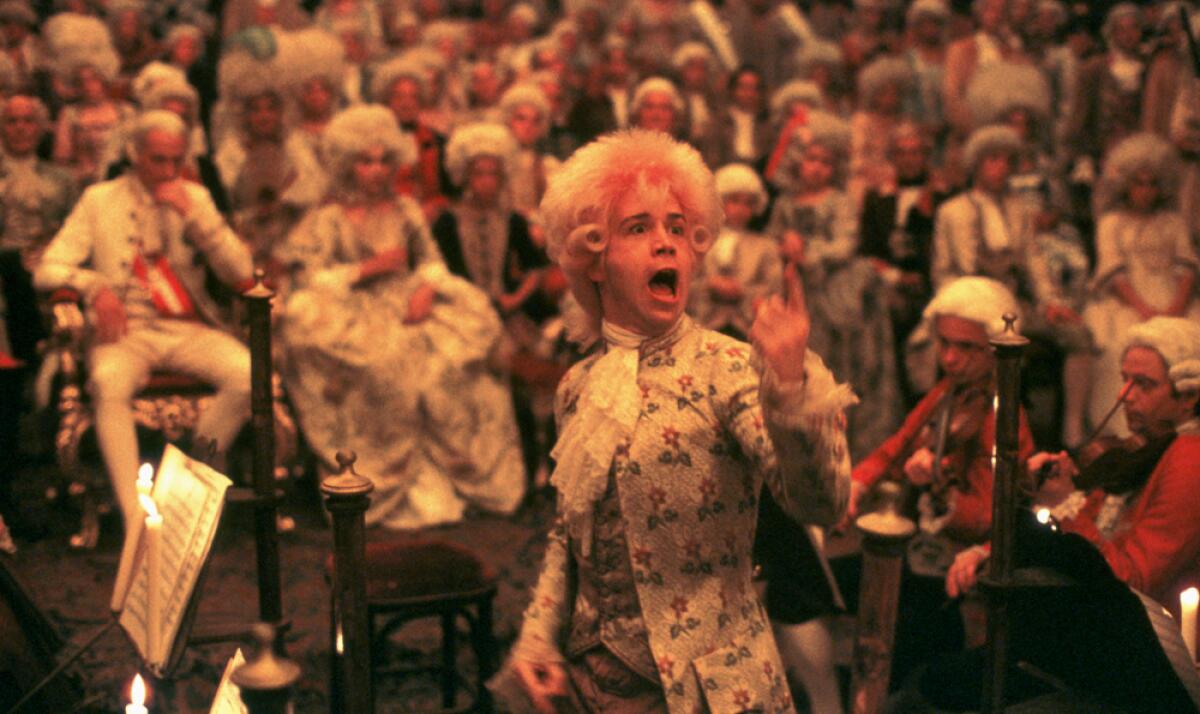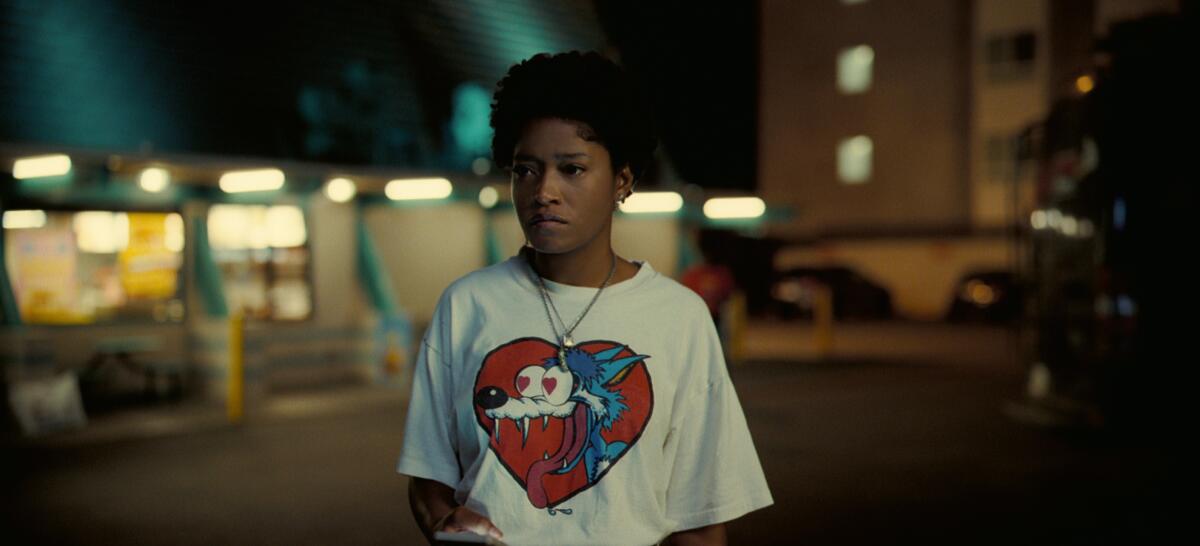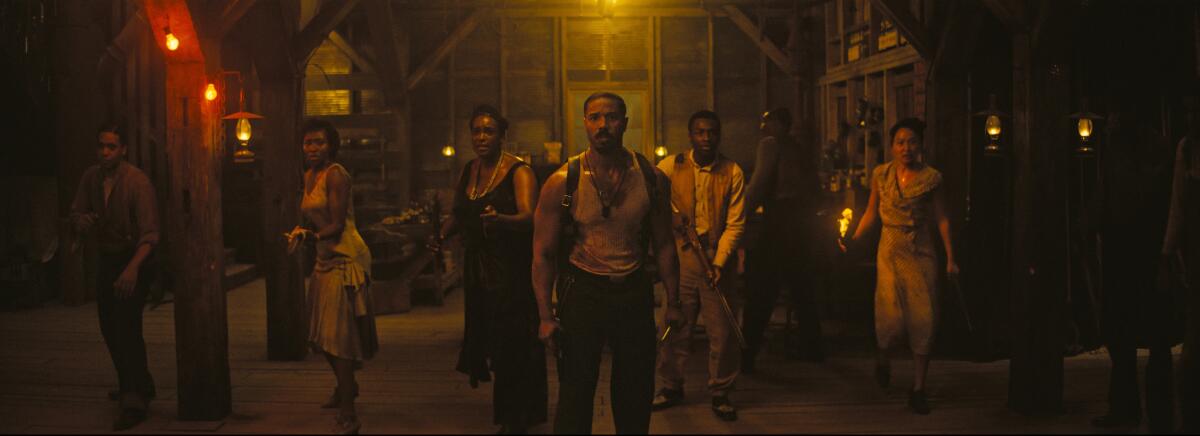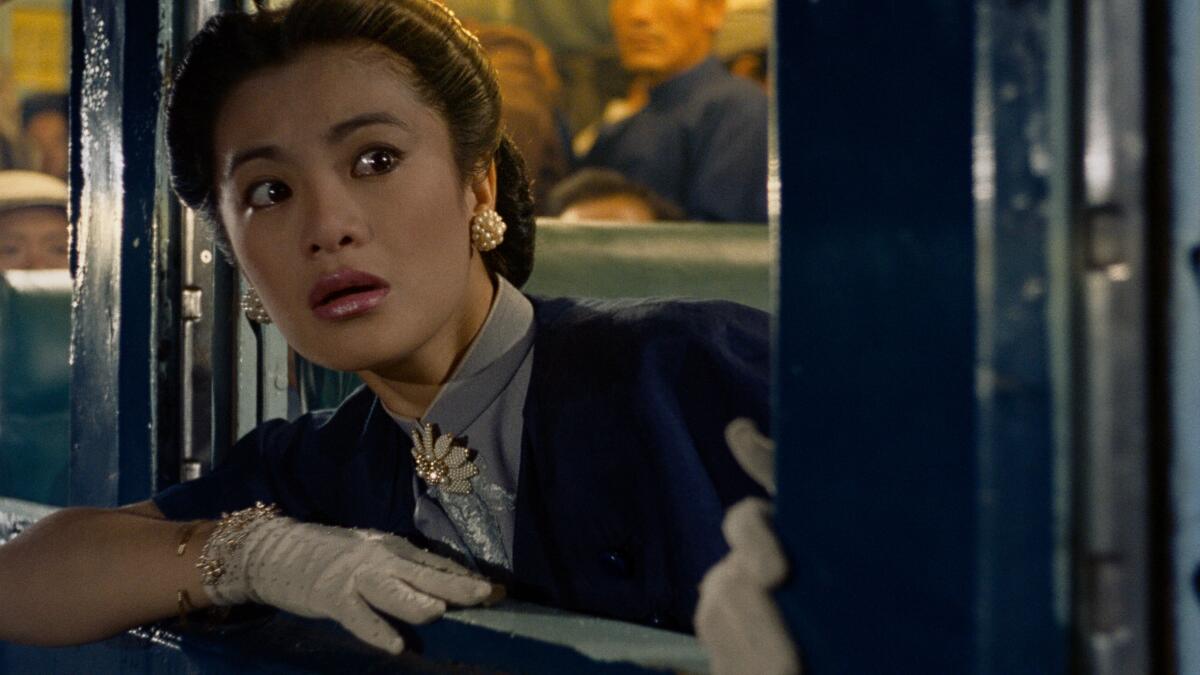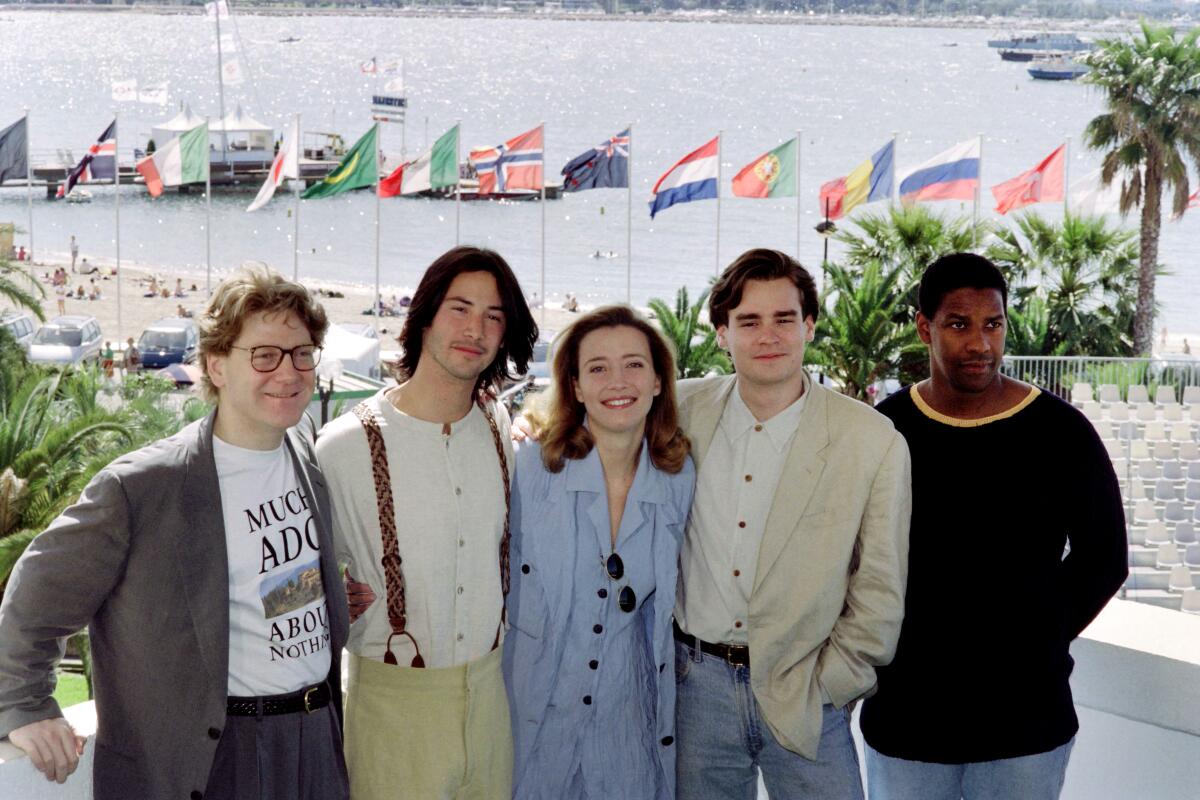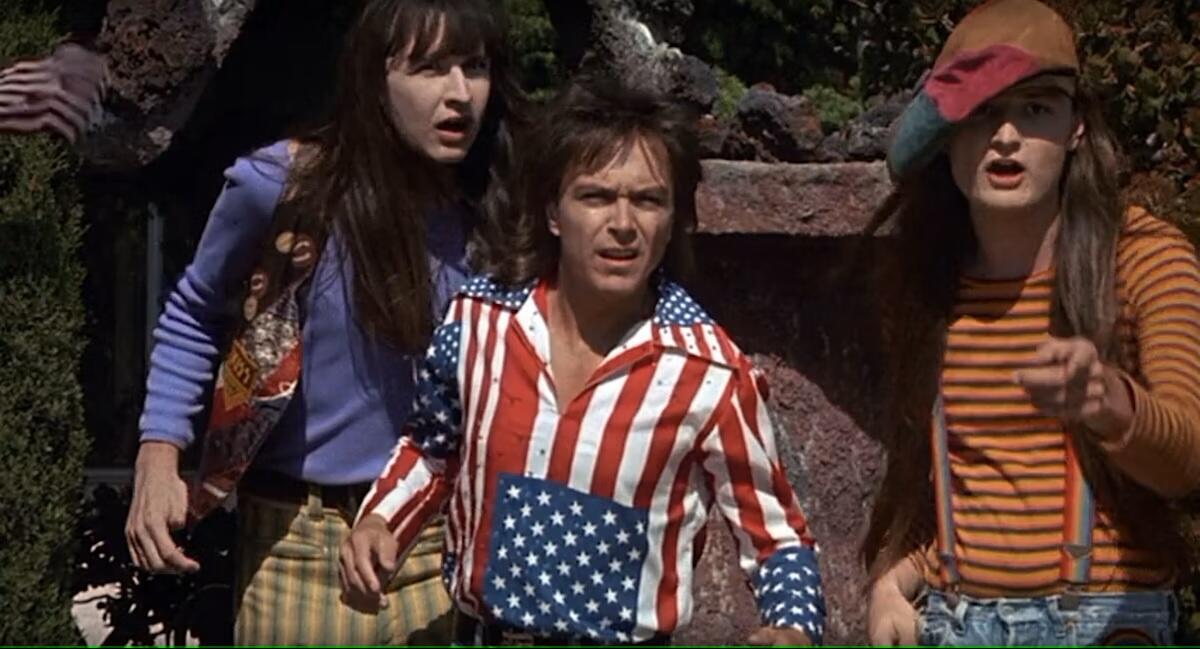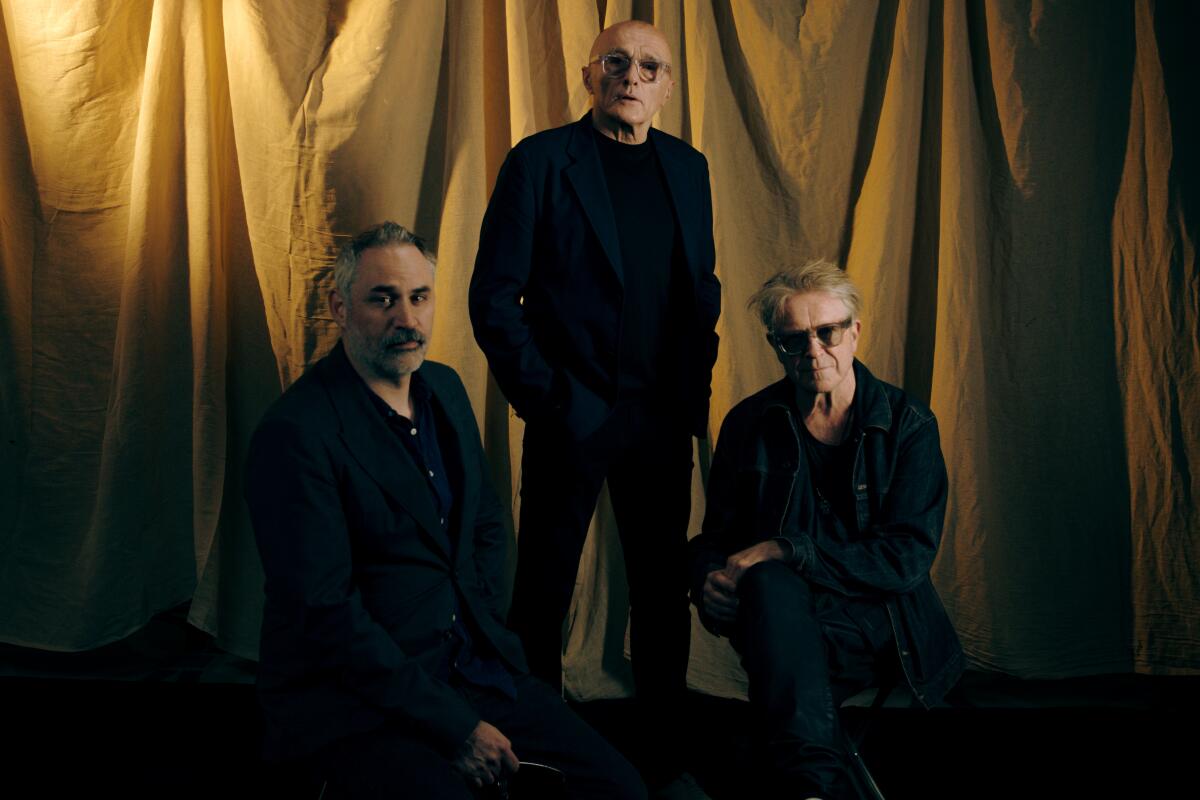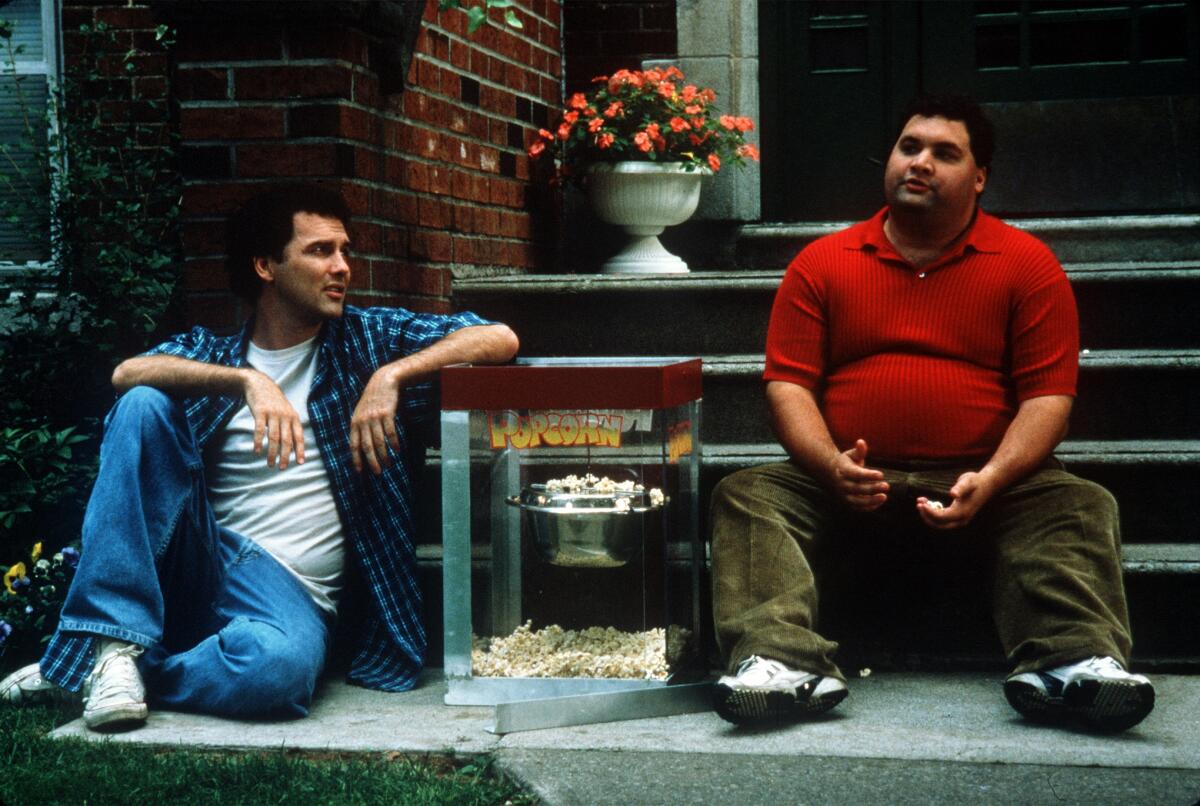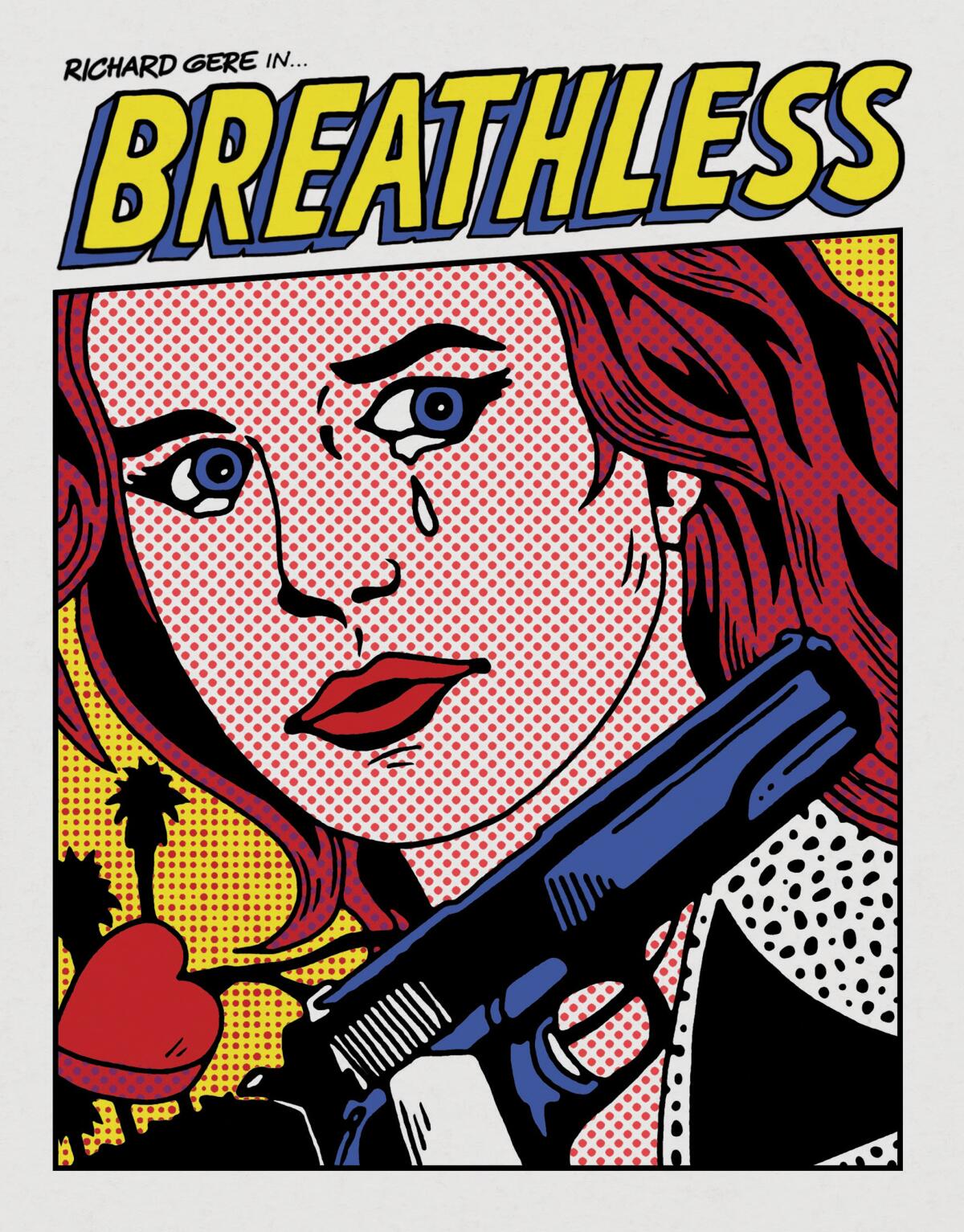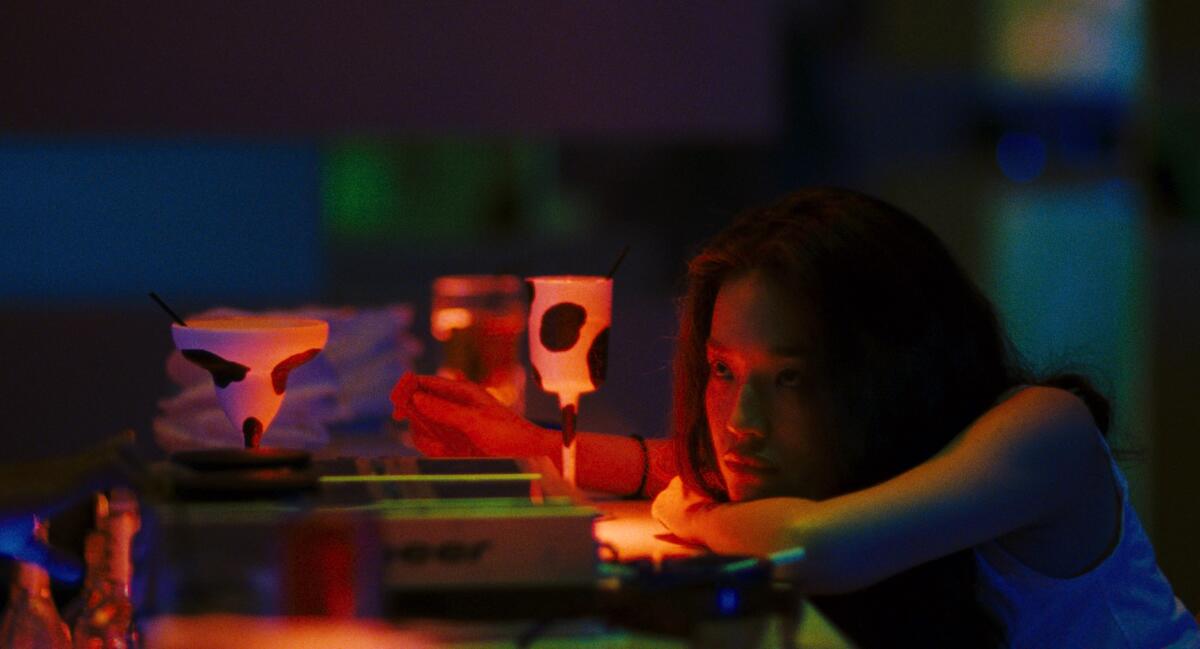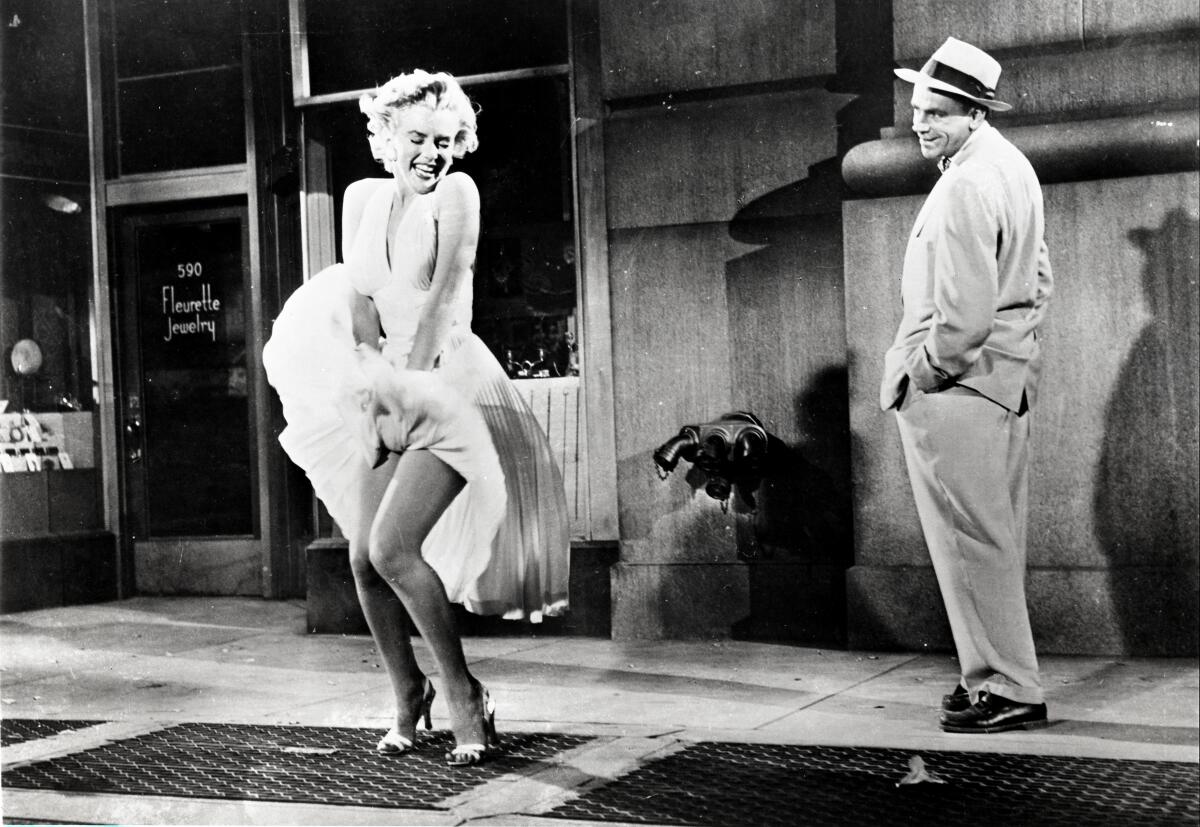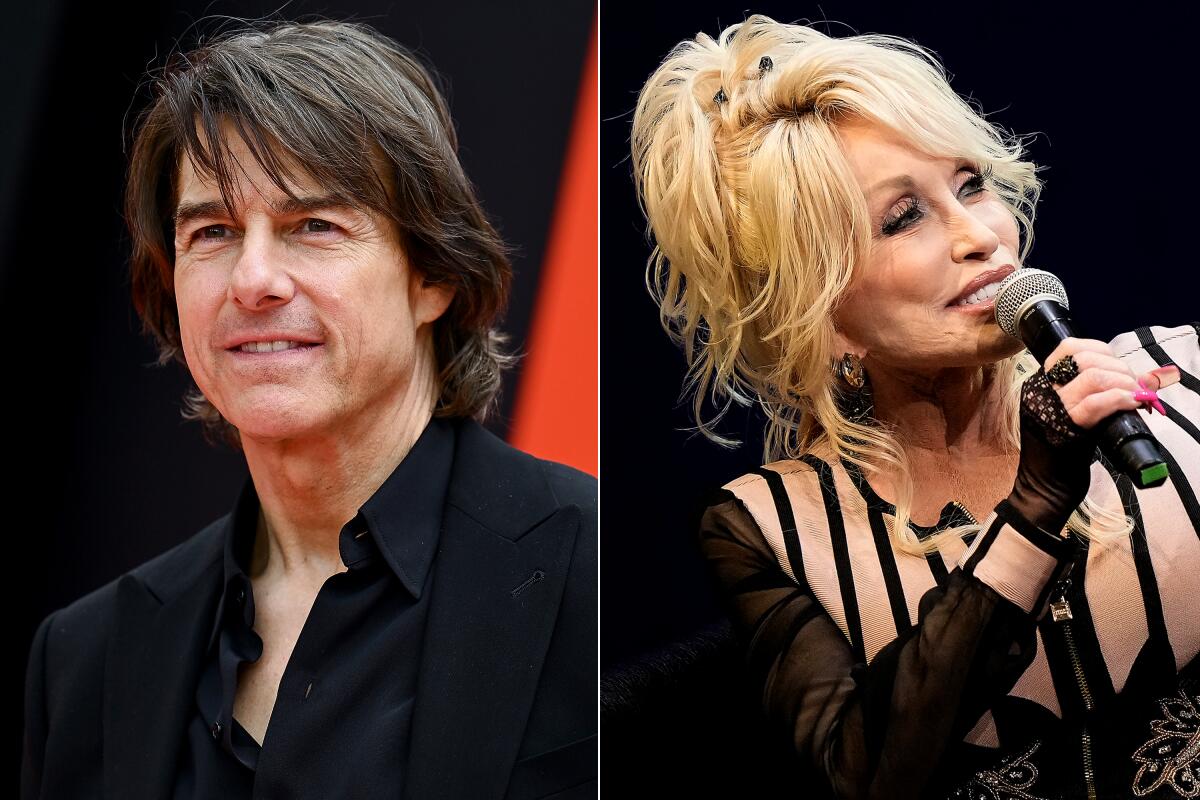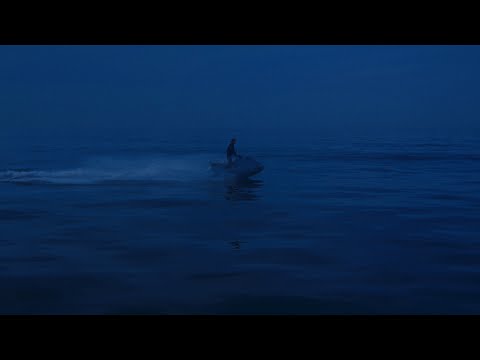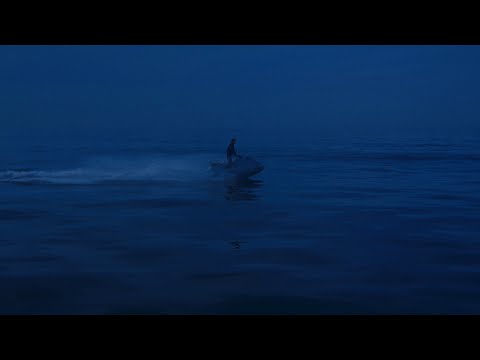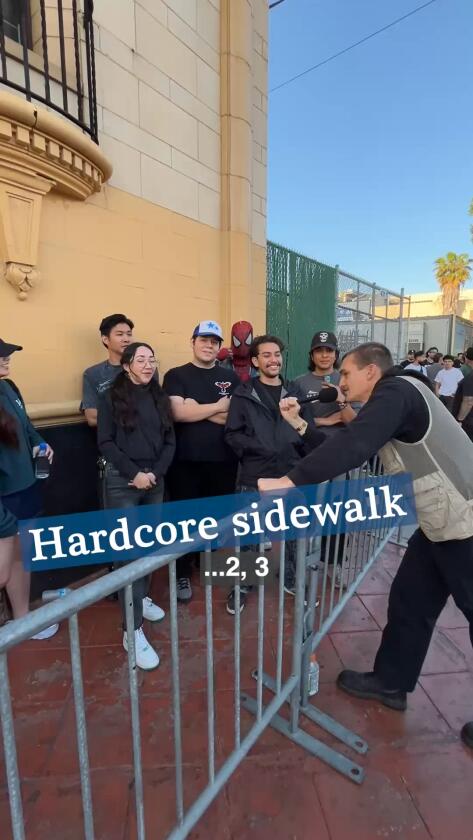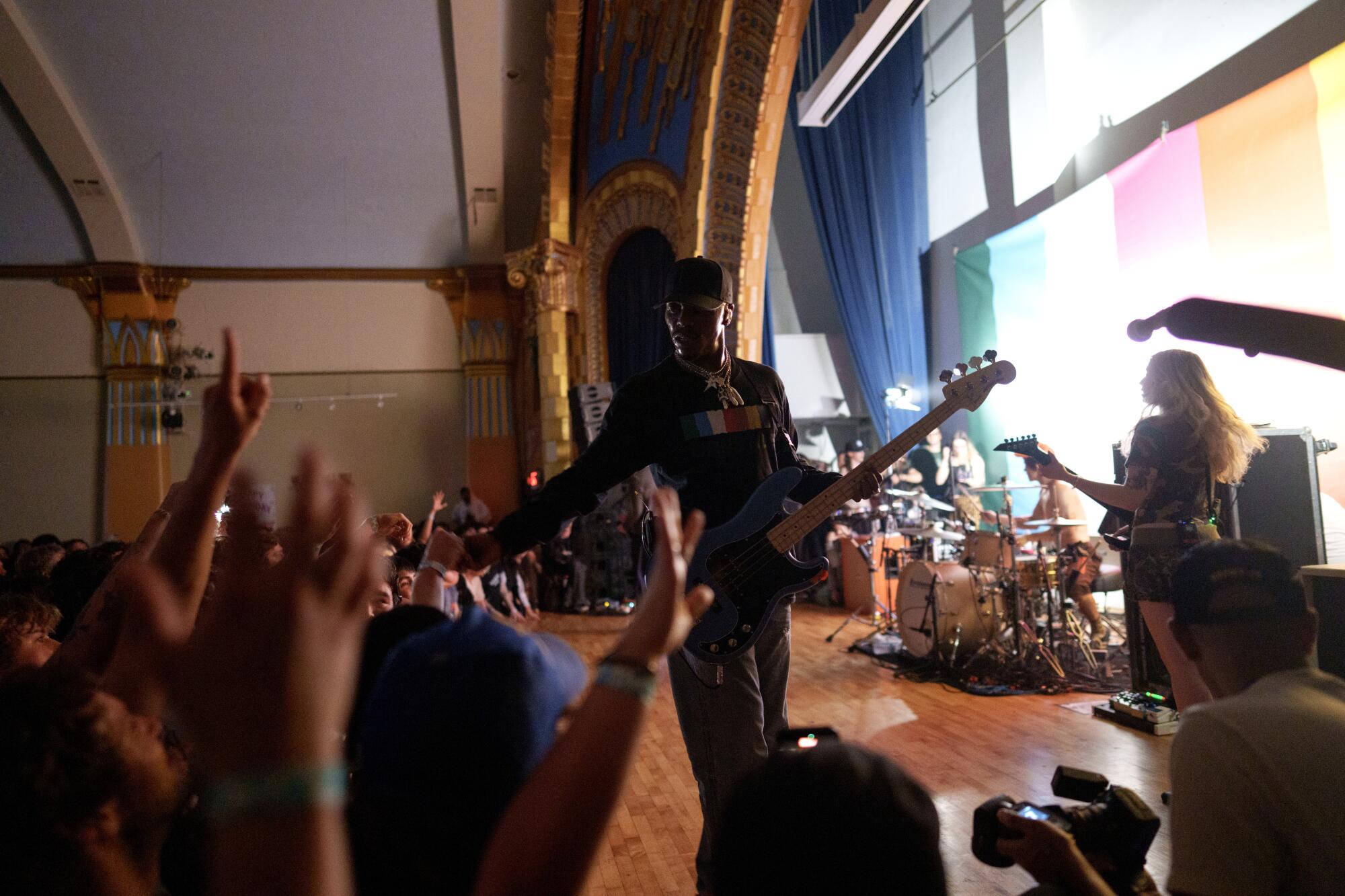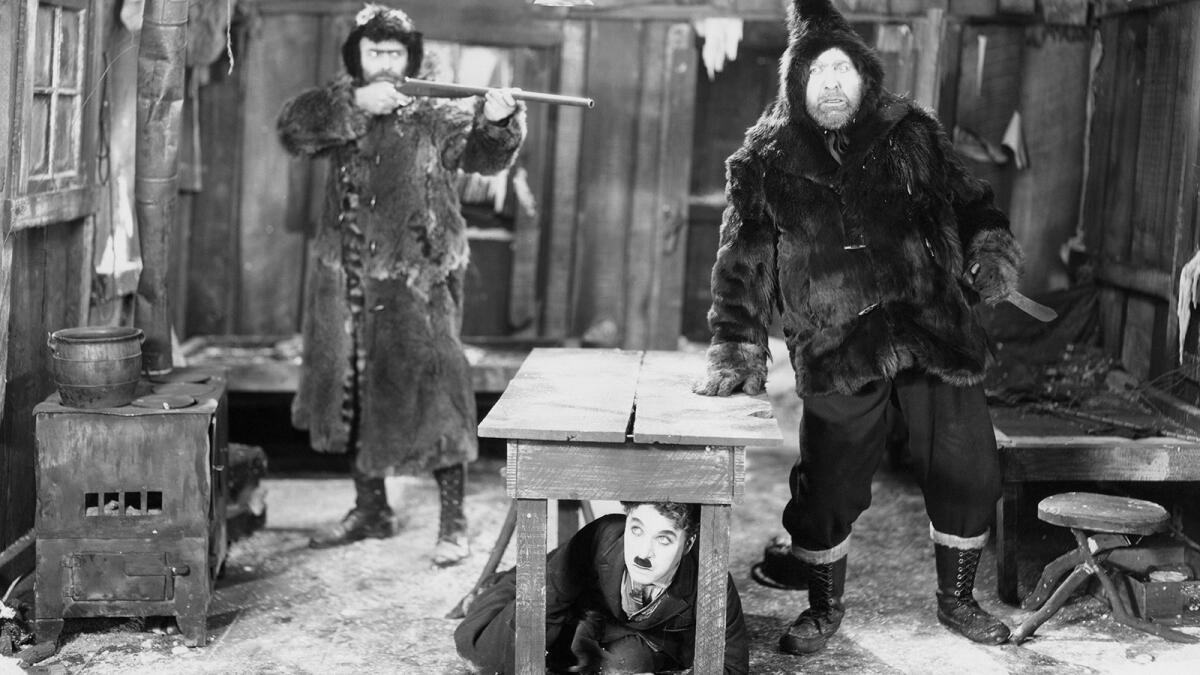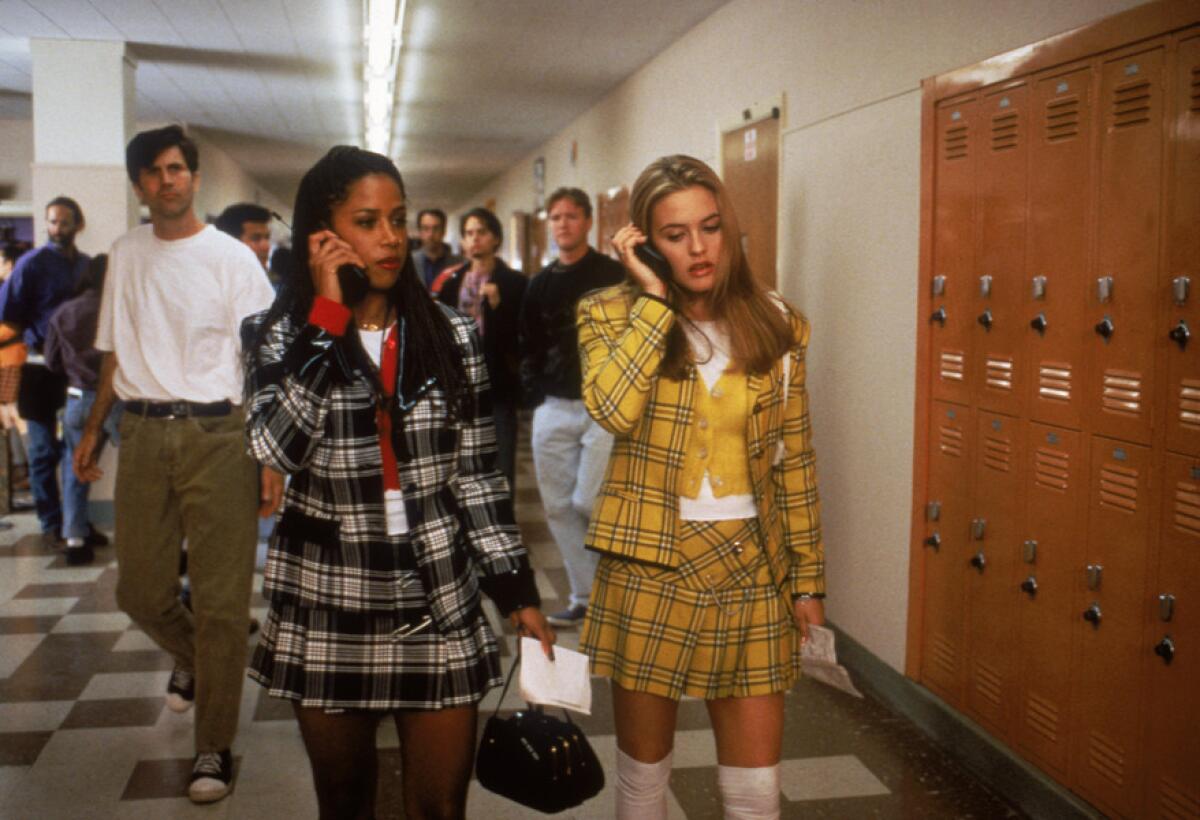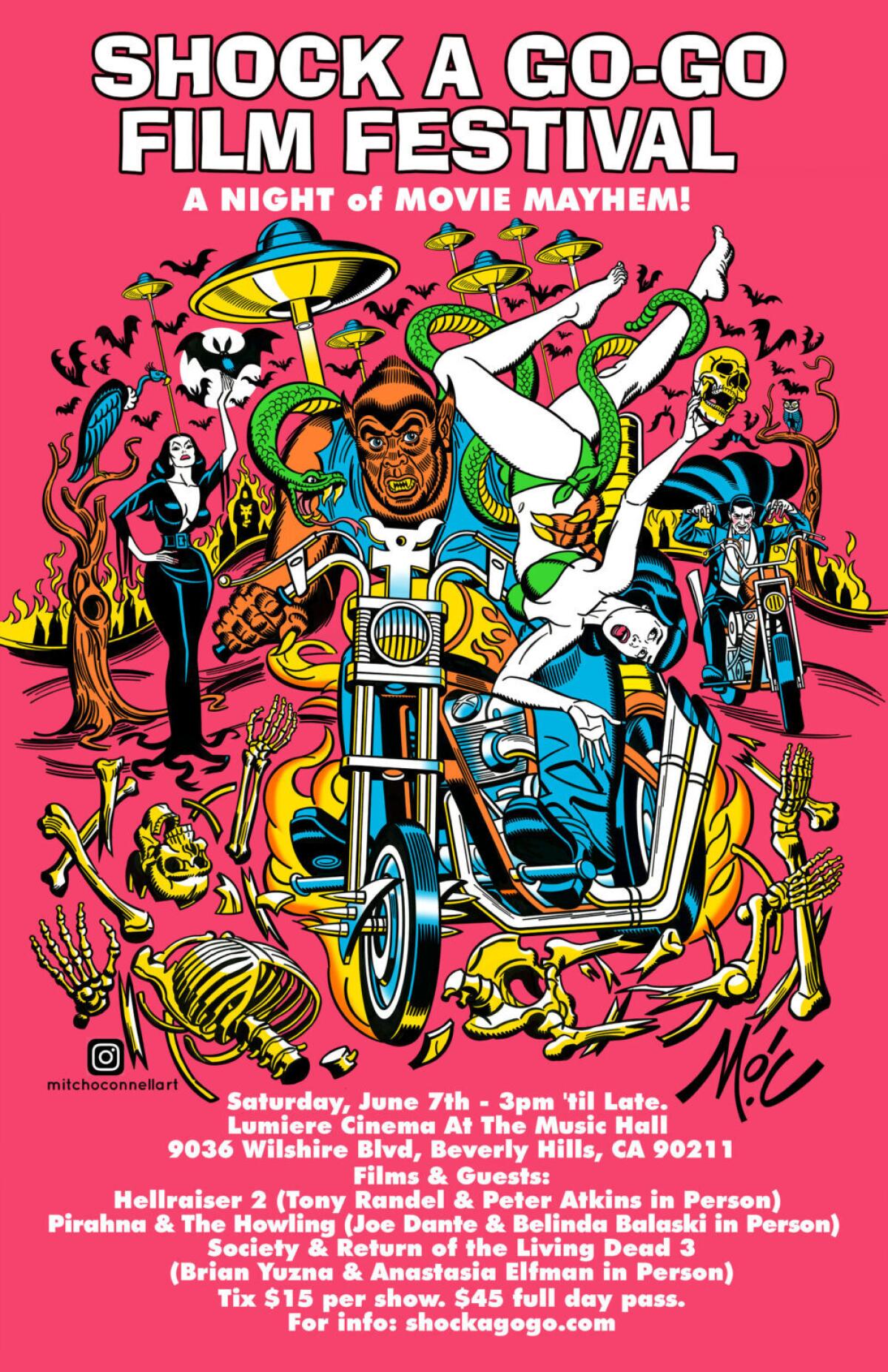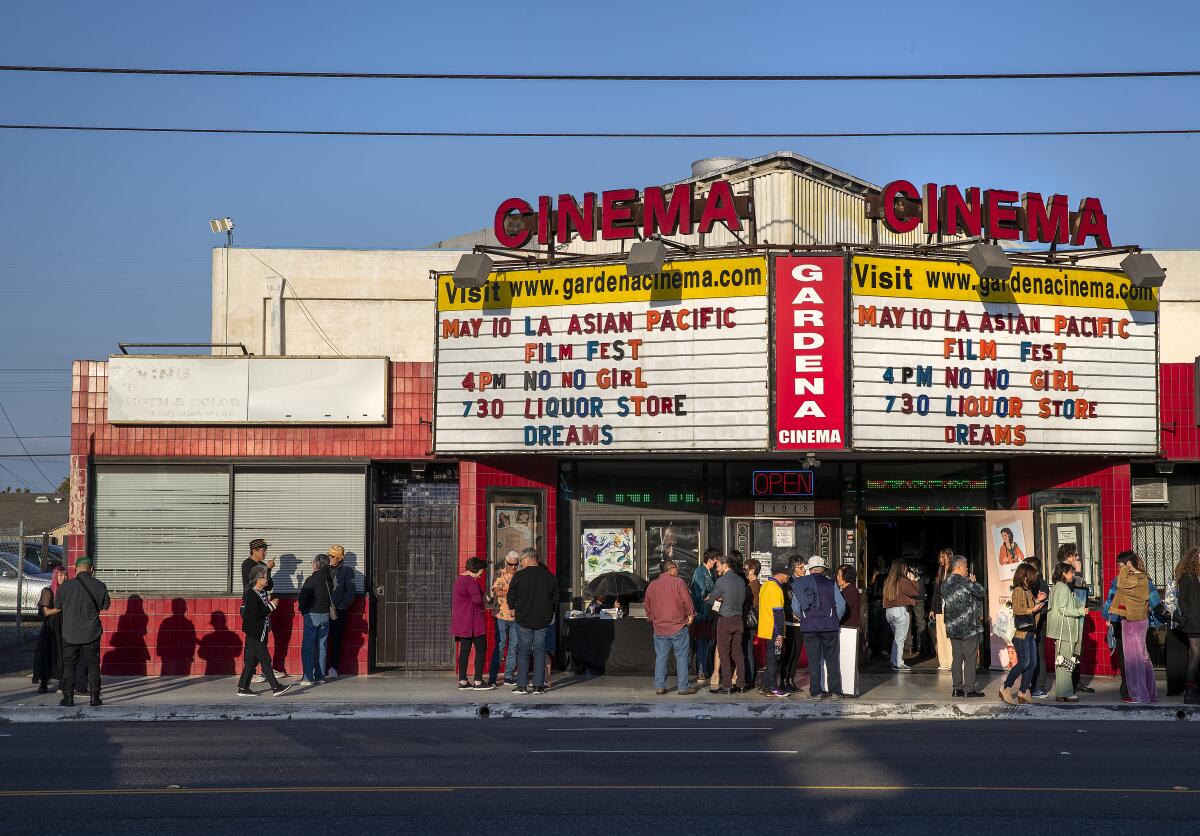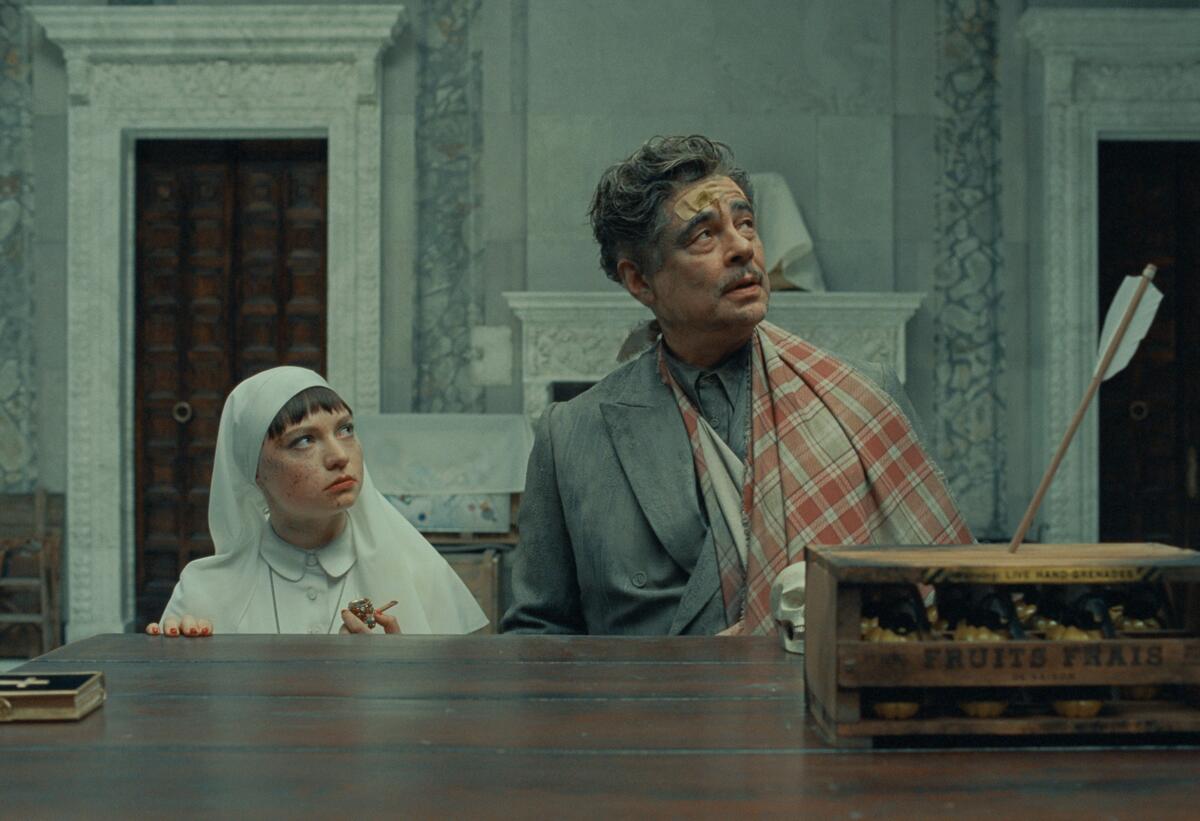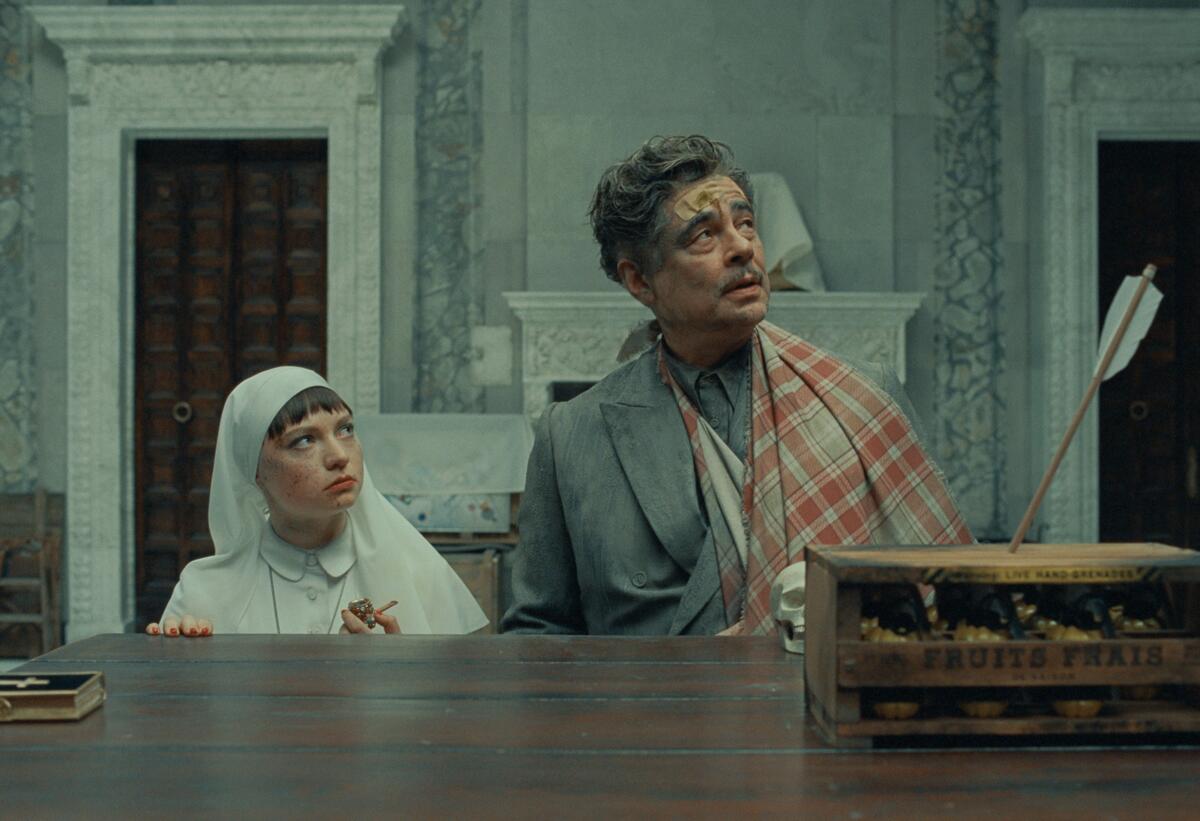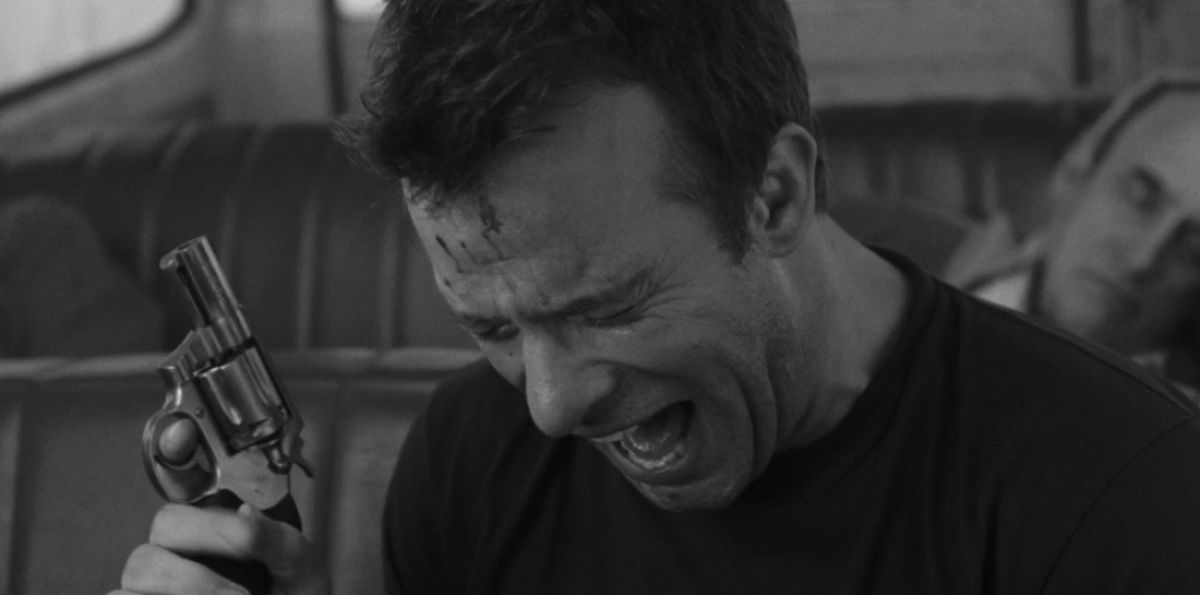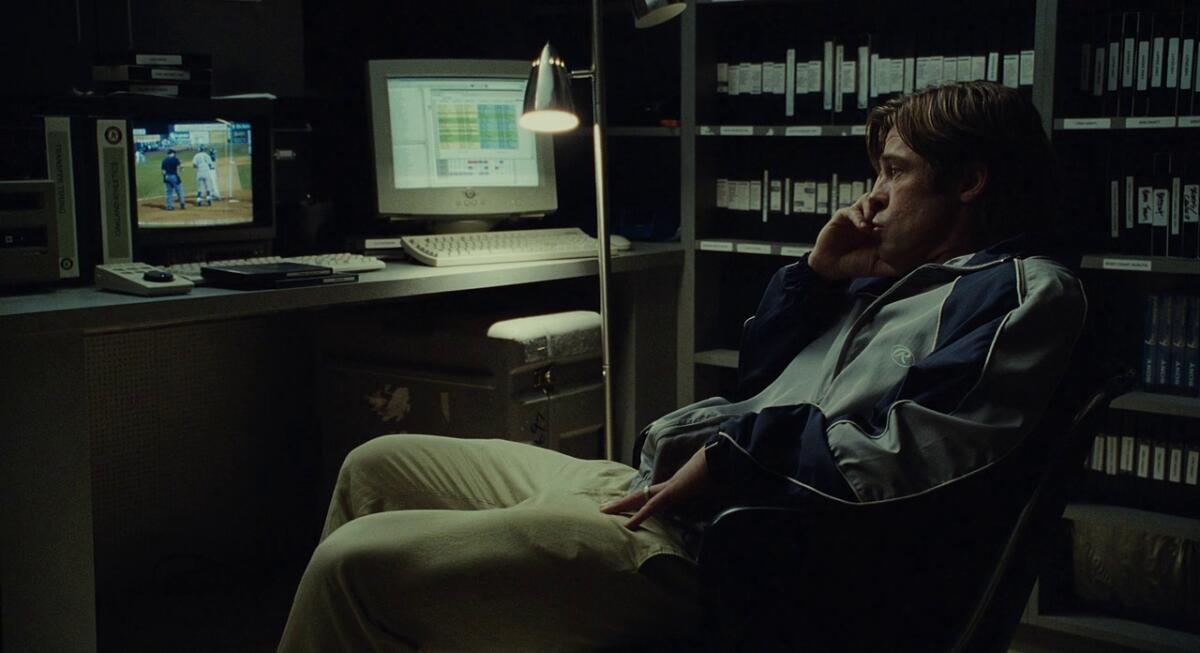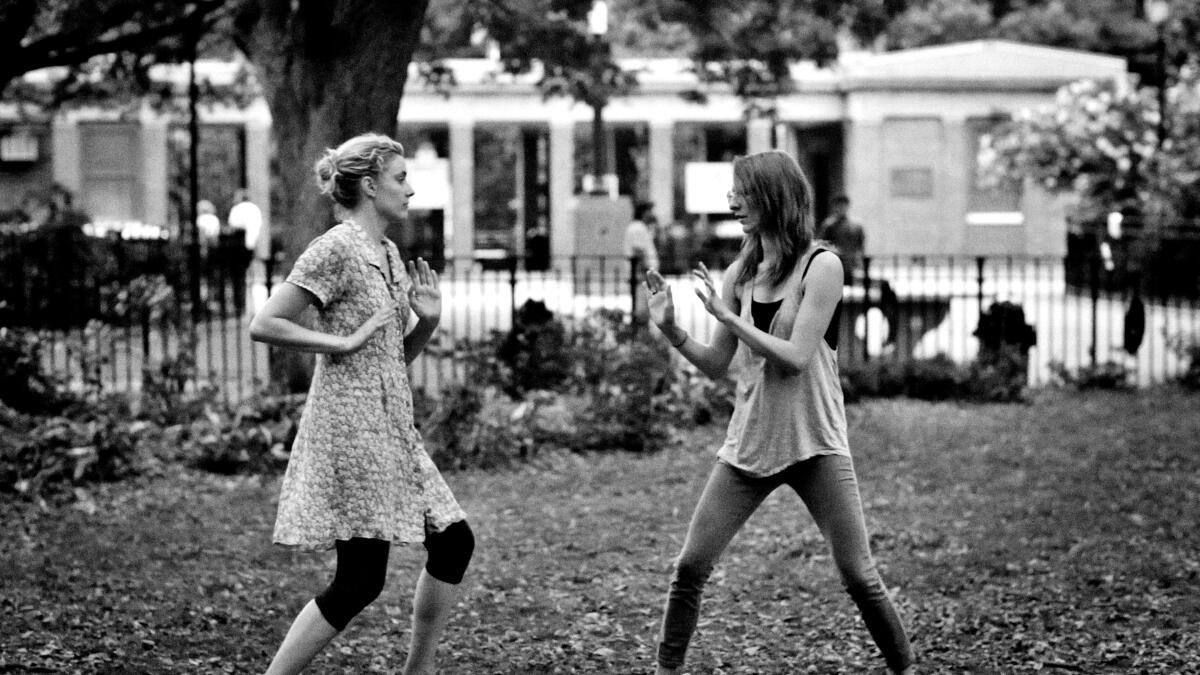Remembering Diane Keaton, plus the week’s best movies
Hello! I’m Mark Olsen. Welcome to another edition of your regular field guide to a world of Only Good Movies.
When news broke last weekend that Diane Keaton had died at age 79, it came as an extraordinary shock because so much of Keaton’s screen presence and persona was rooted in a vitality, a sense of of being very much alive and open to everything.
Revisiting Keaton’s Oscar-winning performance in “Annie Hall” this week, I was struck by how much humor she mined from a hyperawareness of self, often commenting on her own dialogue and behavior as she was still in the act of doing it. She brought a tremendous charge to everything she did.
Jessica Gelt took on winnowing Keaton’s career down to just 10 films, including “Reds,” “Looking for Mr. Goodbar” and the first two parts of “The Godfather.”
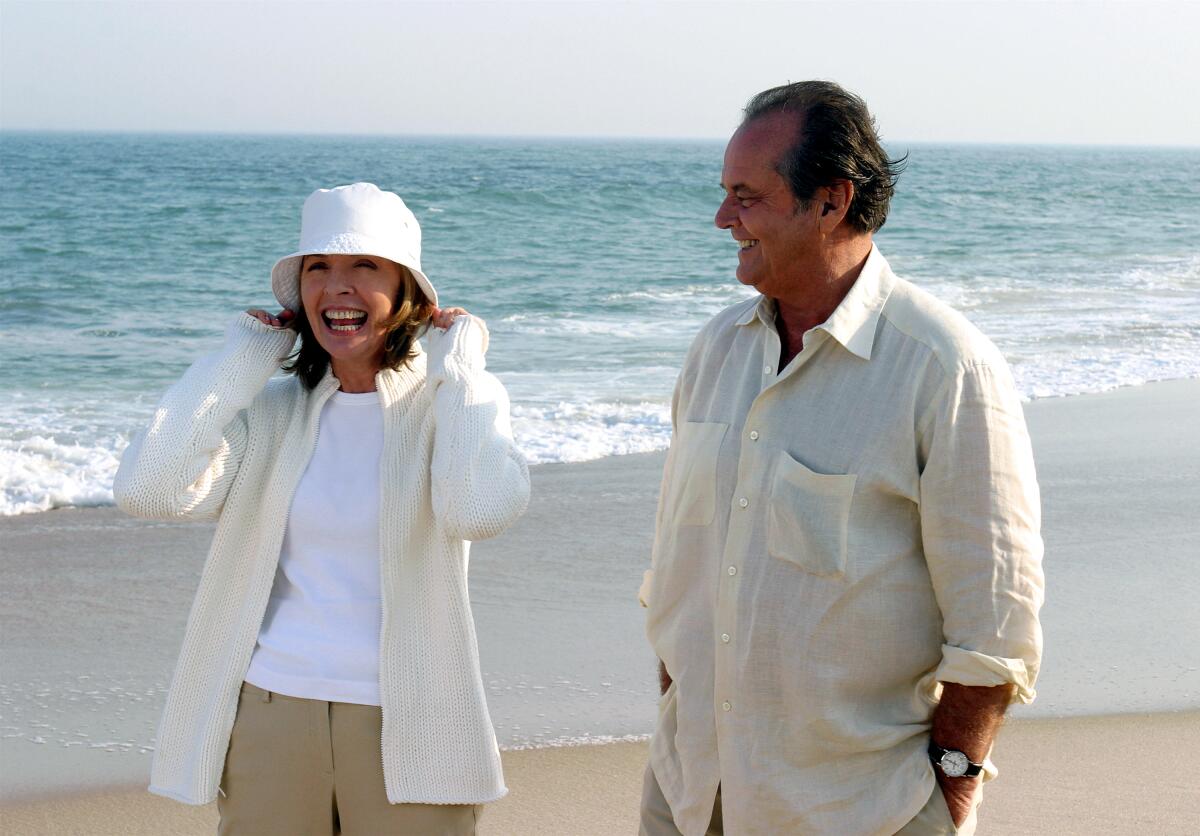
Diane Keaton and Jack Nicholson in the movie “Something’s Gotta Give.”
(Bob Marshak / Columbia Pictures)
In her appreciation of Keaton, Amy Nicholson called her “the icon who feels like a friend,” adding, “The contradiction of her career is that the things we in the audience loved about her — the breezy humor, the self-deprecating charm, the iconic threads — were Keaton’s attempts to mask her own insecurities. She struggled to love herself. Even after success, Keaton remained iffy about her looks, her talent and her achievements. In interviews, she openly admitted to feeling inadequate in her signature halting, circular stammers.”
There was a very genuine wave of emotion and affection after the news of Keaton’s death. One of the most heartfelt and moving tributes came from screenwriter and director Nancy Meyers, who worked with Keaton on four films, from “Baby Boom” to “Something’s Gotta Give.”
As Meyers said, “She made everything better. Every set up, every day, in every movie, I watched her give it her all.”
Meyers added, “She was fearless. She was like nobody ever. She was born to be a movie star. Her laugh could make your day and for me, knowing her and working with her changed my life.”
AMC Theaters have already announced limited showings of both “Annie Hall” and “Something’s Gotta Give.” Other screenings will certainly happen shortly.
Crispin Glover, still doing his own thing
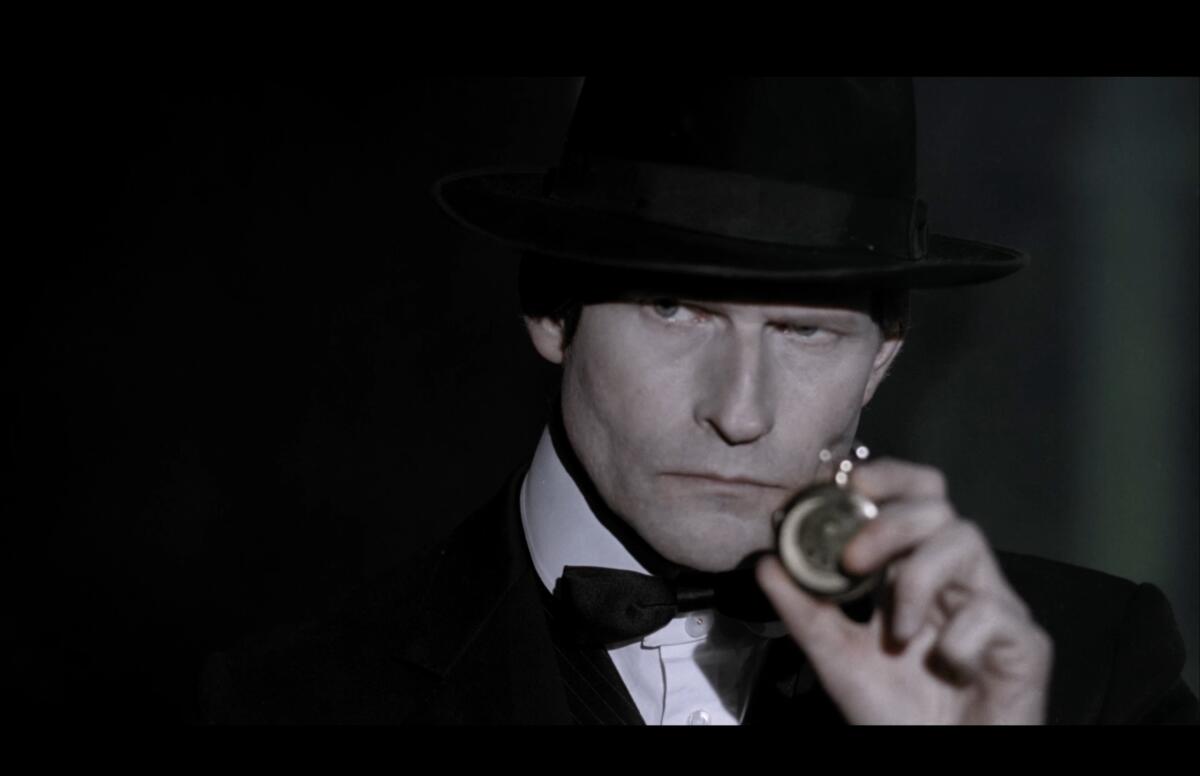
Crispin Glover in “No! YOU’RE WRONG. or: Spooky Action at a Distance.”
(Volcanic Eruptions)
Still best known for the eccentric screen presence he brought to movies such as “River’s Edge,” “Wild at Heart,” “Charlie’s Angels,” “Back to the Future” and countless others, Crispin Glover is also extremely dedicated to his own filmmaking practice.
His latest project, the creatively punctuated “No! YOU’RE WRONG. or: Spooky Action at a Distance,” will have its West Coast premiere Saturday and Sunday at the American Cinematheque’s Aero Theatre, with Glover in person and a book signing. Tallulah H. Schwab’s “Mr. K,” a mystery starring Glover, will have its L.A. premiere at the Los Feliz 3 on Tuesday with the actor again appearing in person.
“No! YOU’RE WRONG” is the third feature Glover has made himself. He began developing the screenplay in 2007, started building the sets in 2010, began shooting in 2013 and didn’t commence editing until 2018. He goes at his own pace, though Glover is self-excoriating.
“None of this is acceptable,” he tells me during a recent video call from New York City following the film’s world premiere at the Museum of Modern Art. “I’m not happy that this has taken as long as it’s taken. Every step of this film just took ridiculously long.”
While Glover enjoys talking about the film, he struggles to explain what it’s actually about. Set across five time periods — 1868, 1888, 1918, 1948 and right now — Glover shot for the first time on 35mm and, for some scenes, used a hand-cranked camera that belonged to the Czech animator Karel Zeman. The negative was hand-processed, which can alter how it looks, with some sections then colored by hand to replicate early film techniques.
“It’s almost better for me to talk about the technical aspects because by talking about the the technical aspects, it sort of reveals things about the film itself,” Glover says. “All of my films on some level deal with surrealism in one aspect or another. And part of the way surrealism operates is to have either disparate pieces of information or withholding information so that the audience can make the correlations themselves and become a participant in the art.”
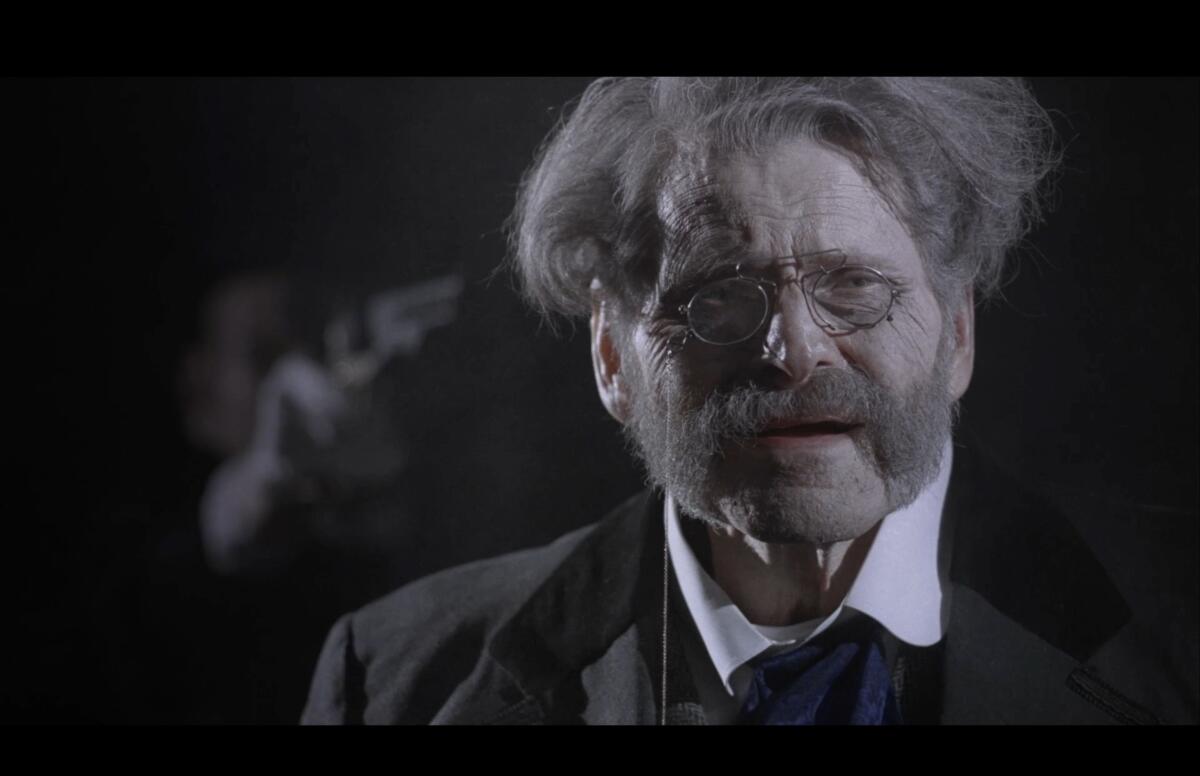
Bruce Glover in the movie “No! YOU’RE WRONG. or: Spooky Action at a Distance,” directed by his son Crispin Glover.
(Volcanic Eruptions)
Aside from Glover himself, the film includes his father, character actor Bruce Glover, who died in March 2025, as well as his mother, dancer Betty Glover, who died in 2016. Following the death of his father, Glover had to make some changes.
“I don’t want to say too much,” says Glover as he catches himself starting to clarify an aspect of the story. “You’d have to see the film. It’s not good for me to talk about it because the way the film is made and layered, it’s something that people will have different interpretations of. And if I say too much, then it will sway the interpretation. They’ll think, ‘Oh, it’s wrong because the filmmaker said this,’ but it isn’t wrong. What they’re thinking is what’s right for them.”
Points of interest
Cronenberg movies at Brain Dead
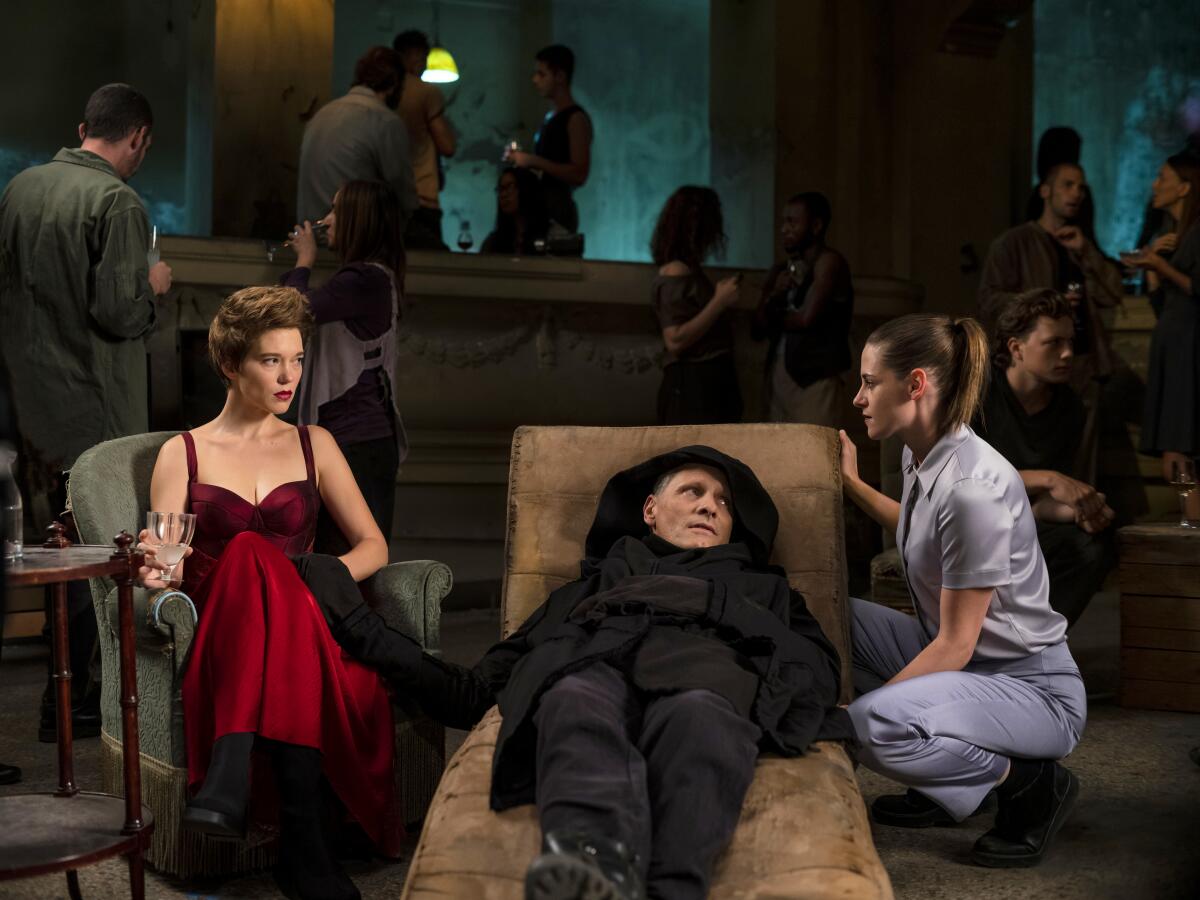
Léa Seydoux, left, Viggo Mortensen and Kristen Stewart in the movie “Crimes of the Future.”
(Nikos Nikolopoulos)
Brain Dead Studios has been running a program of David Cronenberg films through October and still has a few titles left to go. And while his films may not fit everyone’s strict definition of Halloween-style spooky, they are reliably unsettling in their examinations of the darker aspects of human existence.
Friday will see a screening of 2022’s “Crimes of the Future,” starring Viggo Mortensen, Kristen Stewart and Léa Seydoux, Monday will be Cronenberg’s 1991’s adaptation of William S. Burroughs’ “Naked Lunch,” Thursday brings 1979’s low-budget horror film “The Brood” and Saturday, Oct. 25 will have 1996’s controversial “Crash.”
I spoke to Cronenberg around the release of “Crimes of the Future,” which at the time felt like something of a summation of the director’s ongoing interests in technology and the body, though he claimed it wasn’t intentional.
“It’s not a self-referential film because I’m not thinking that when I’m writing it or directing it,” Cronenberg said. “But the connections are there because my nervous system, such as it is including my brain, is the substrate of everything I’m doing. So I might even say in the Burroughsian way that all of my work and all of my life is one thing. In which case, it now makes perfect sense that there should be these connections.”
David Fincher’s ‘The Game’
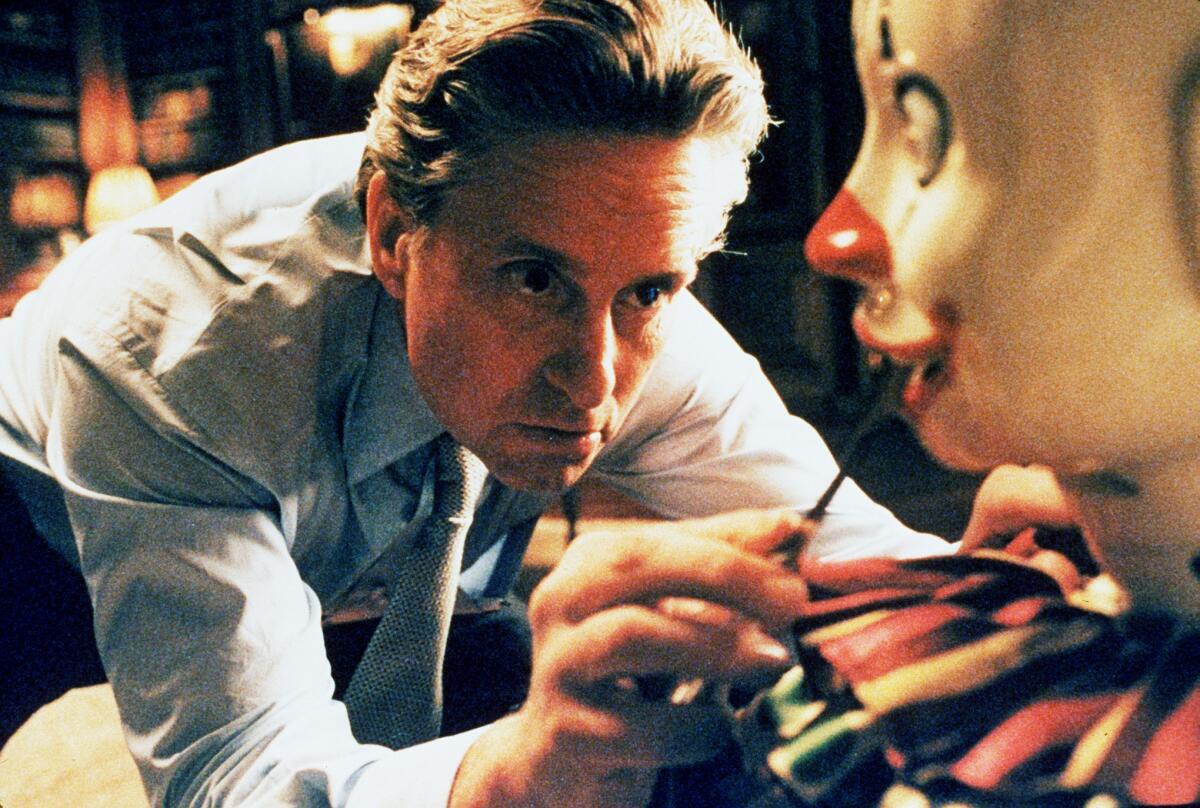
Michael Douglas in the movie “The Game.”
(Tony Friedkin / Polygram Films)
David Fincher’s 1997 thriller “The Game” is somewhat easy to overlook in his filmography, landing between the provocations of “Seven” and “Fight Club” and before fully-formed works like “Zodiac” and “The Social Network.” However, the movie, in which a wealthy man (Michael Douglas) finds his life turned upside in what may be a live-action role-playing game, is strange and unpredictable and among Fincher’s most purely pleasurable movies. It plays at the New Beverly on Friday — a rare chance to catch it in a theater on 35mm.
In his review of the film, Jack Matthews wrote, “Douglas is perfectly cast. Who else can blend moneyed arrogance, power and rank narcissism with enough romantic flair, intelligence and self-deflating humor to make you enjoy his defeats and his victories? What other major star is as much fun to watch when he’s cornered?”
